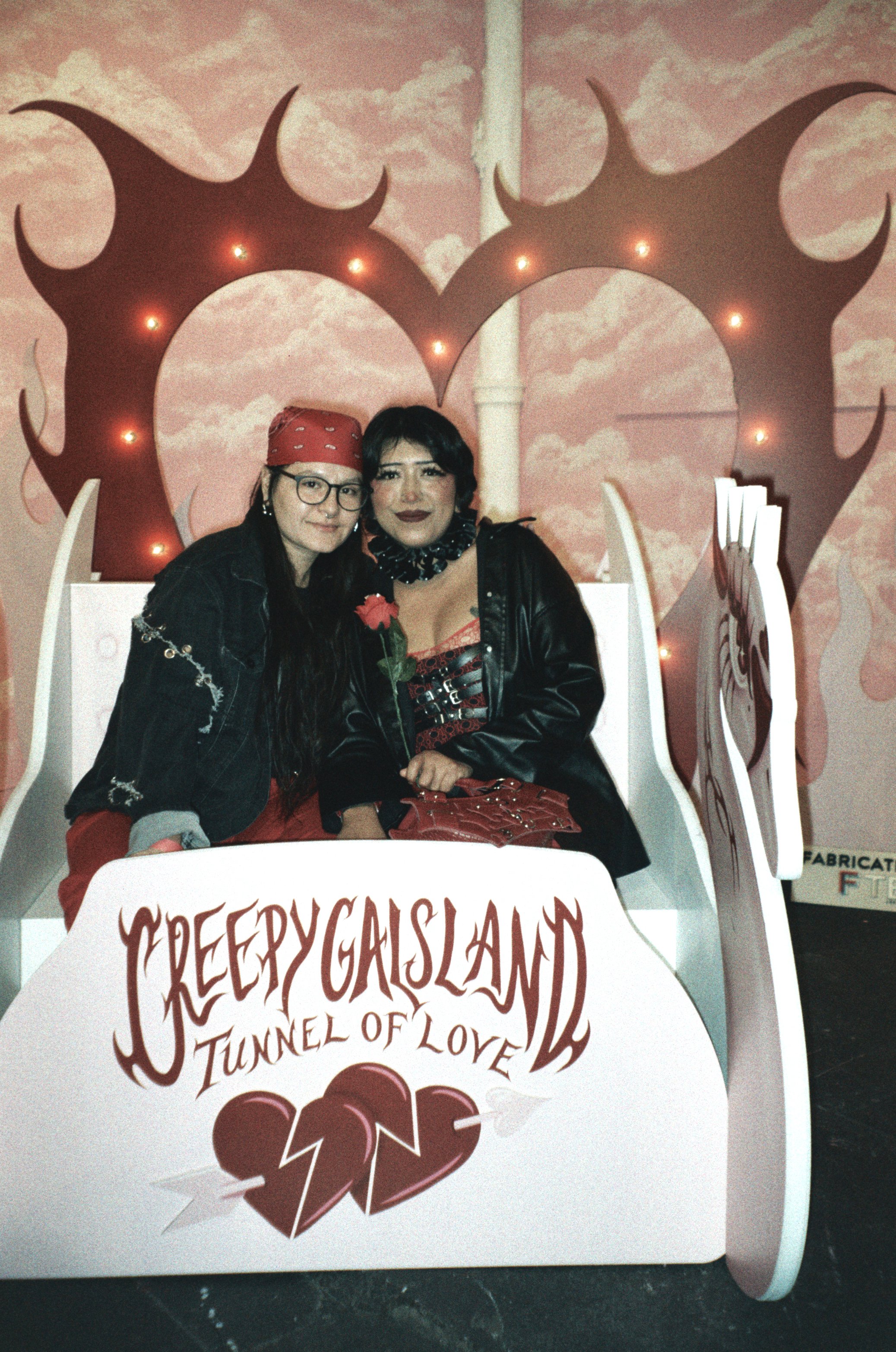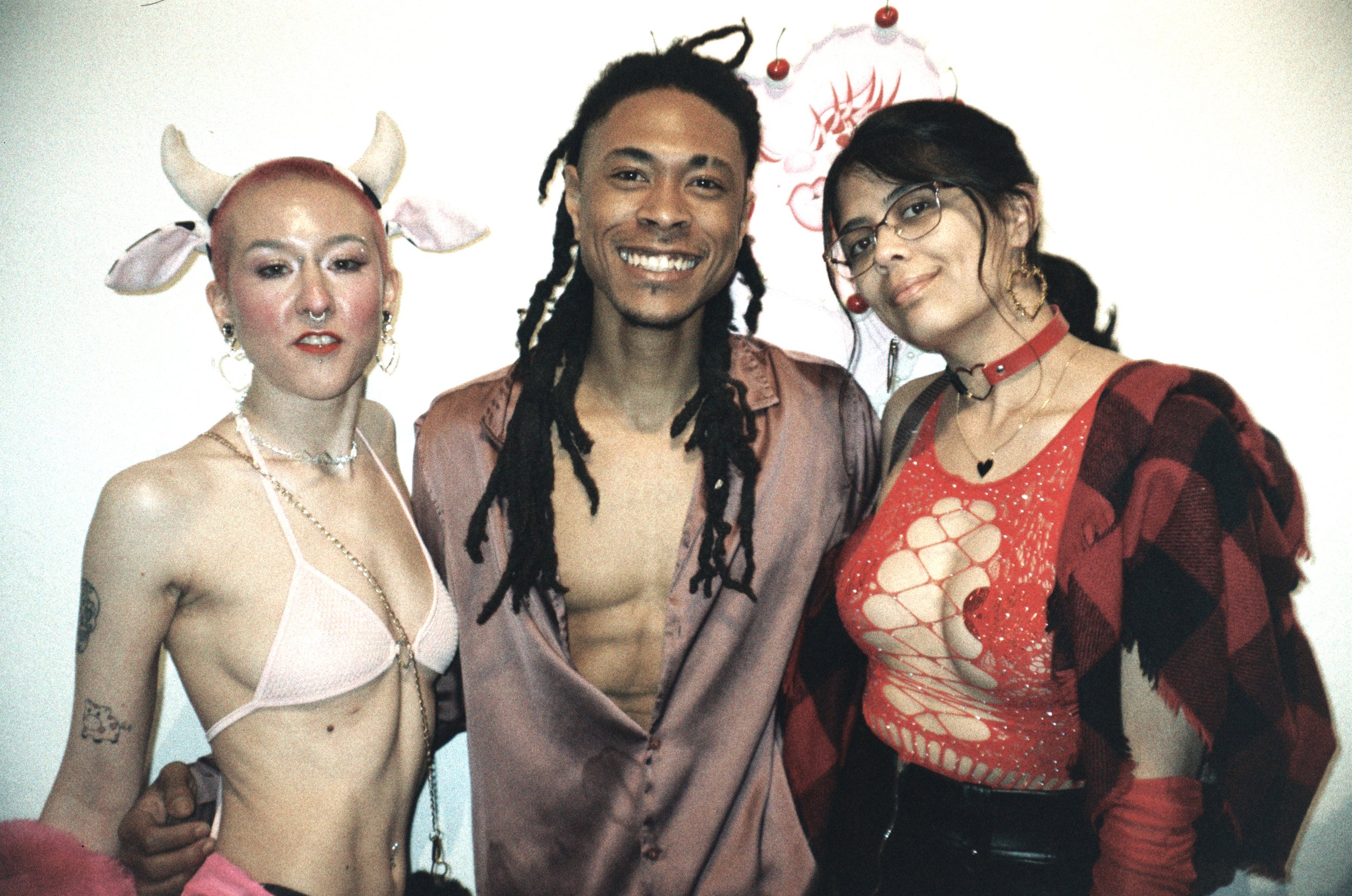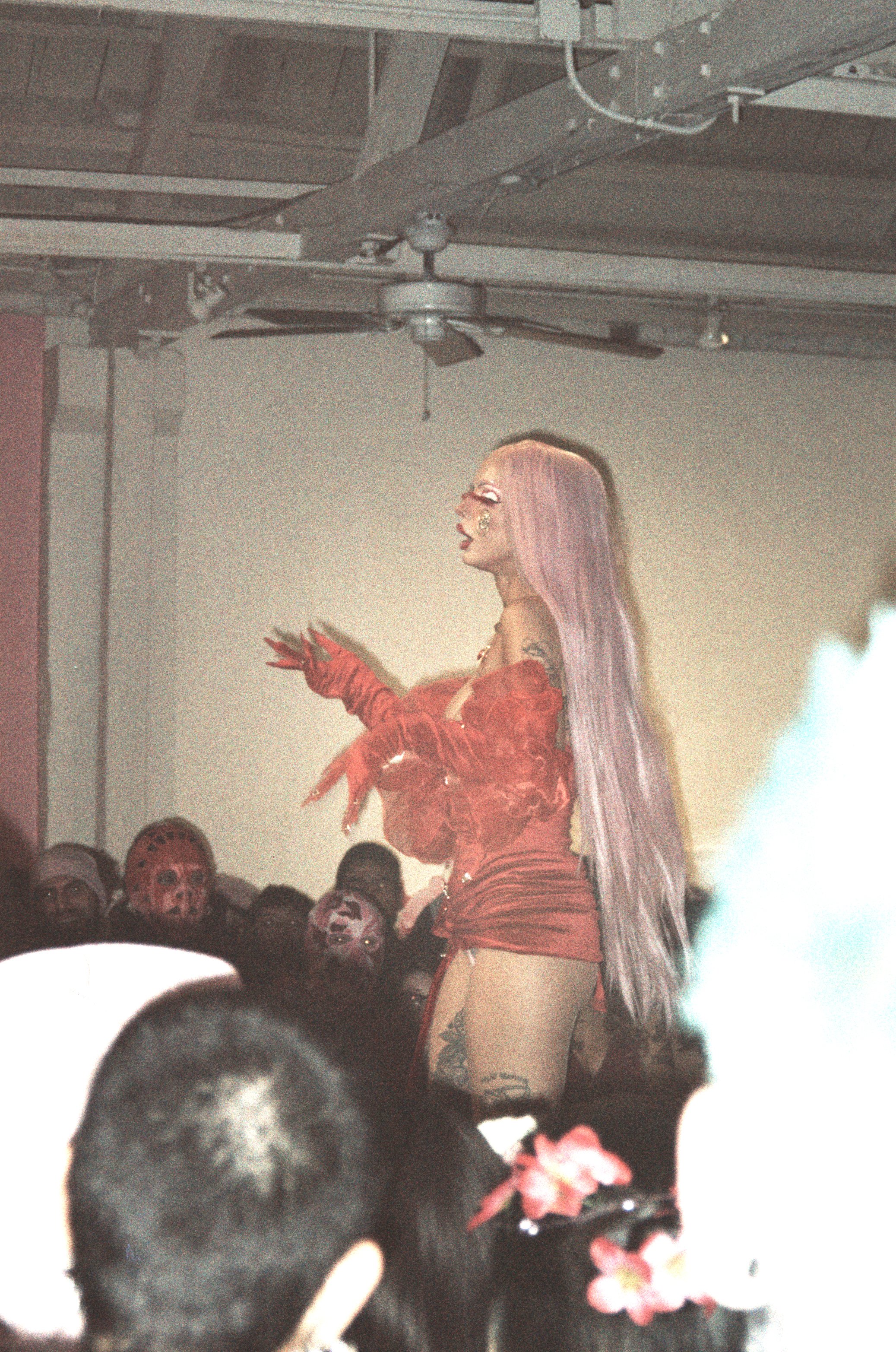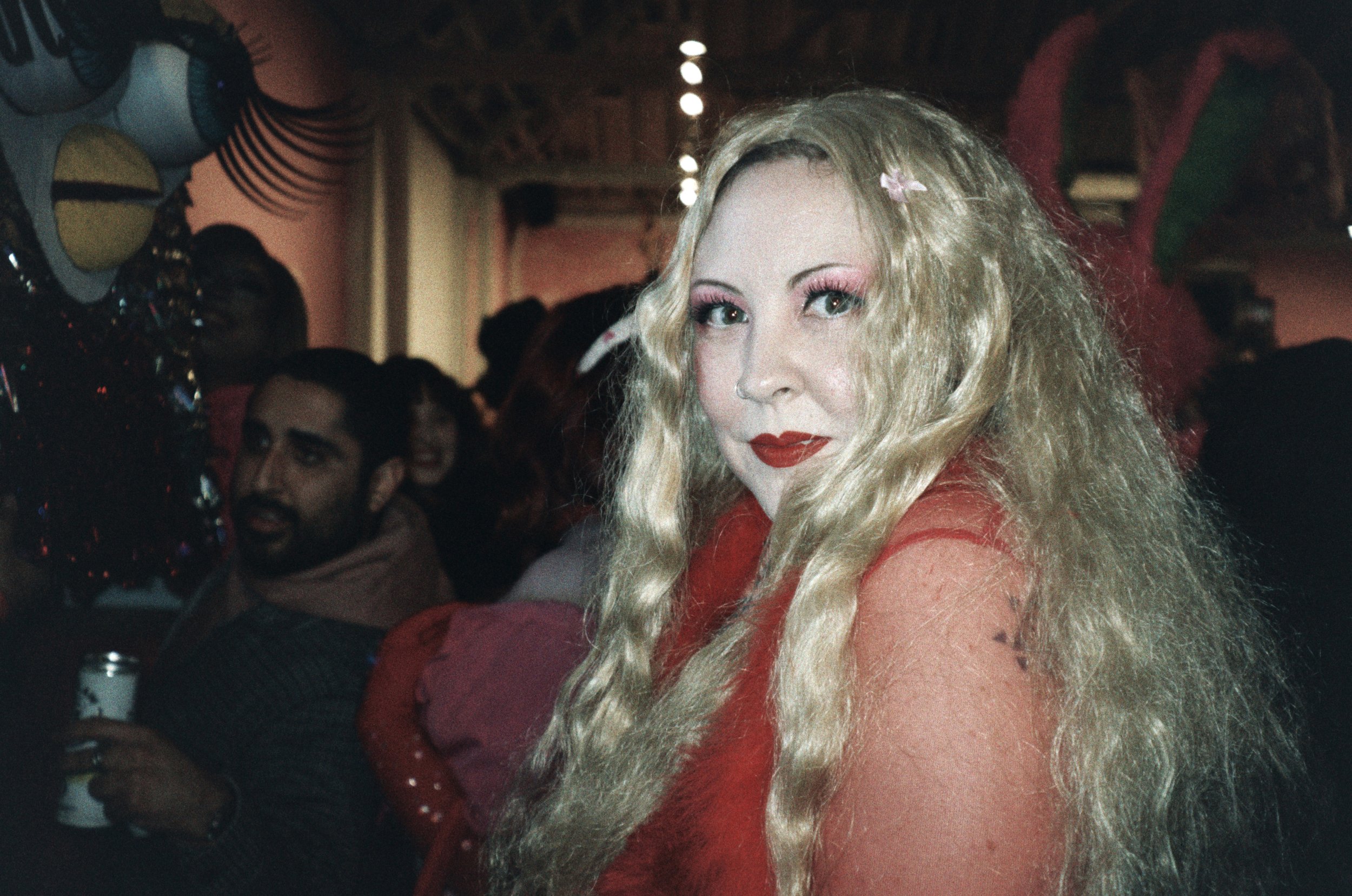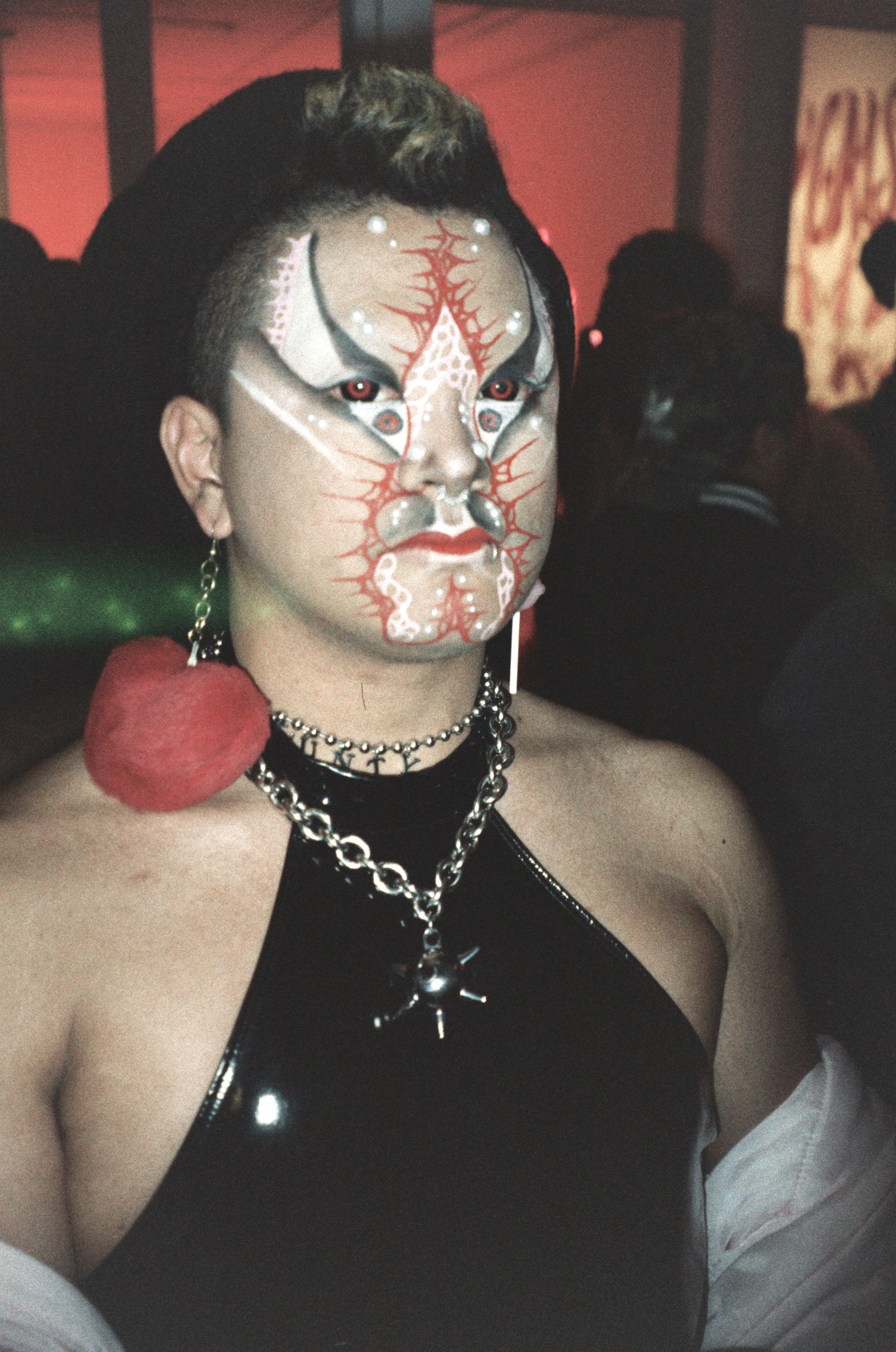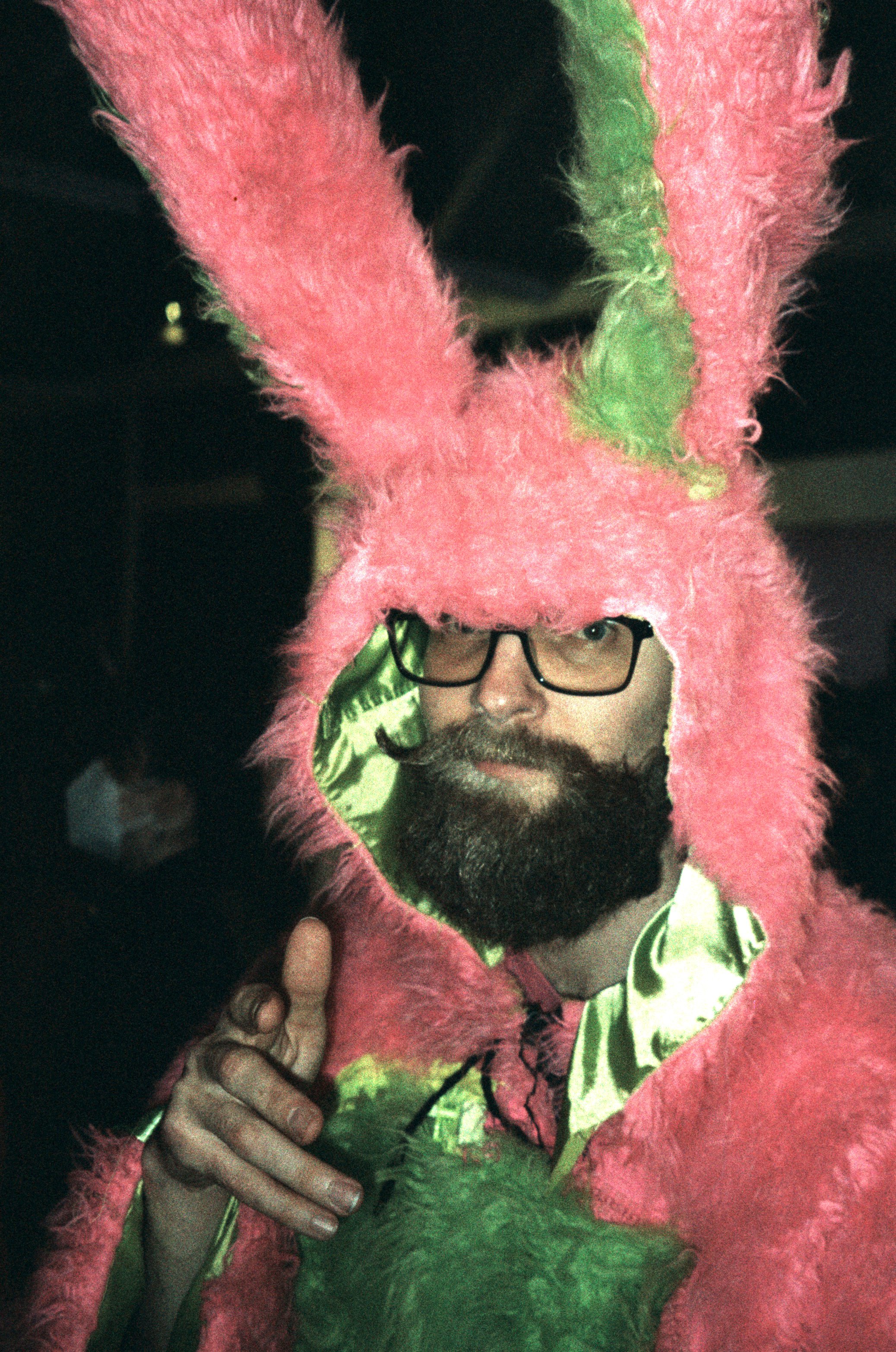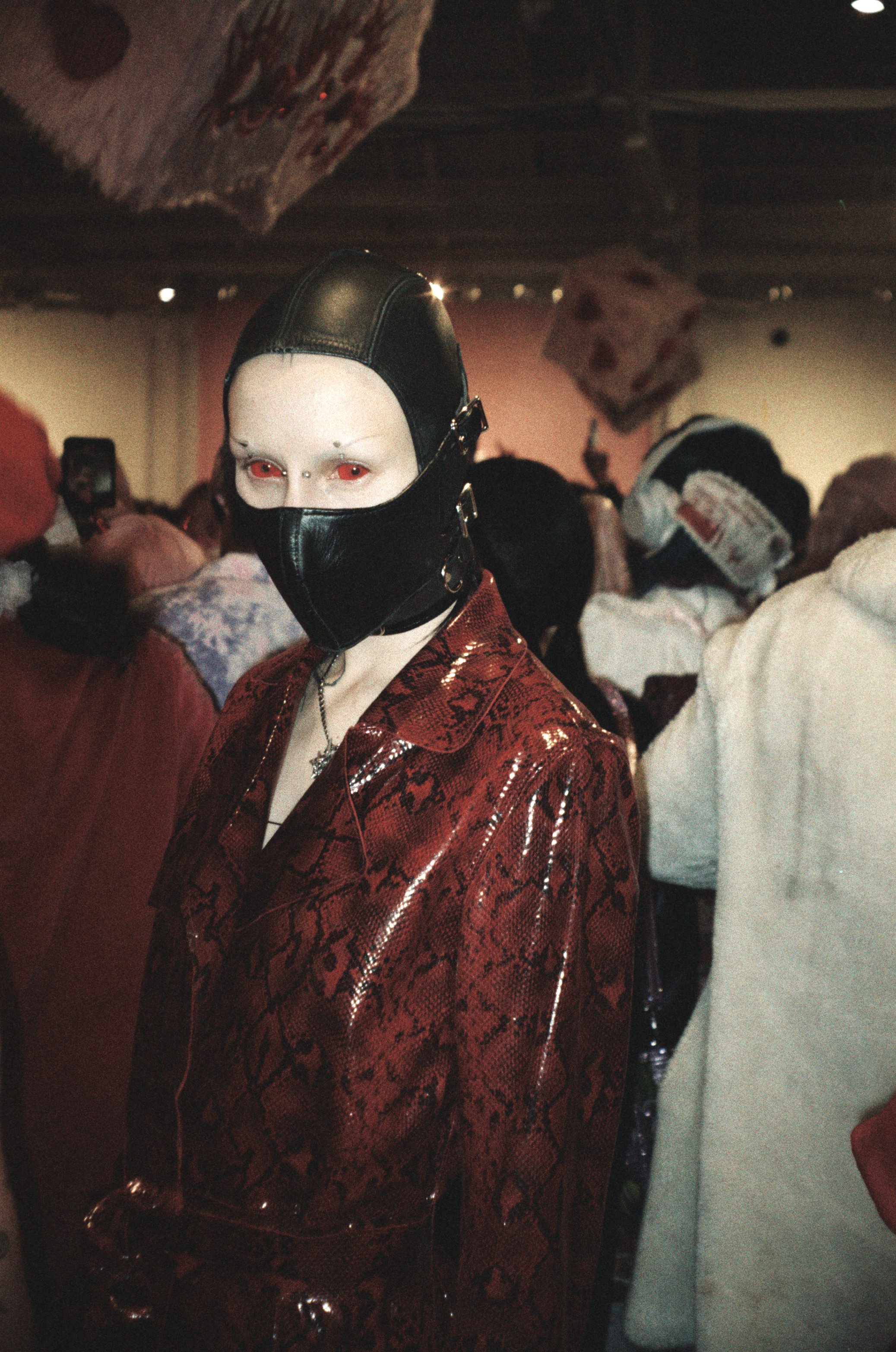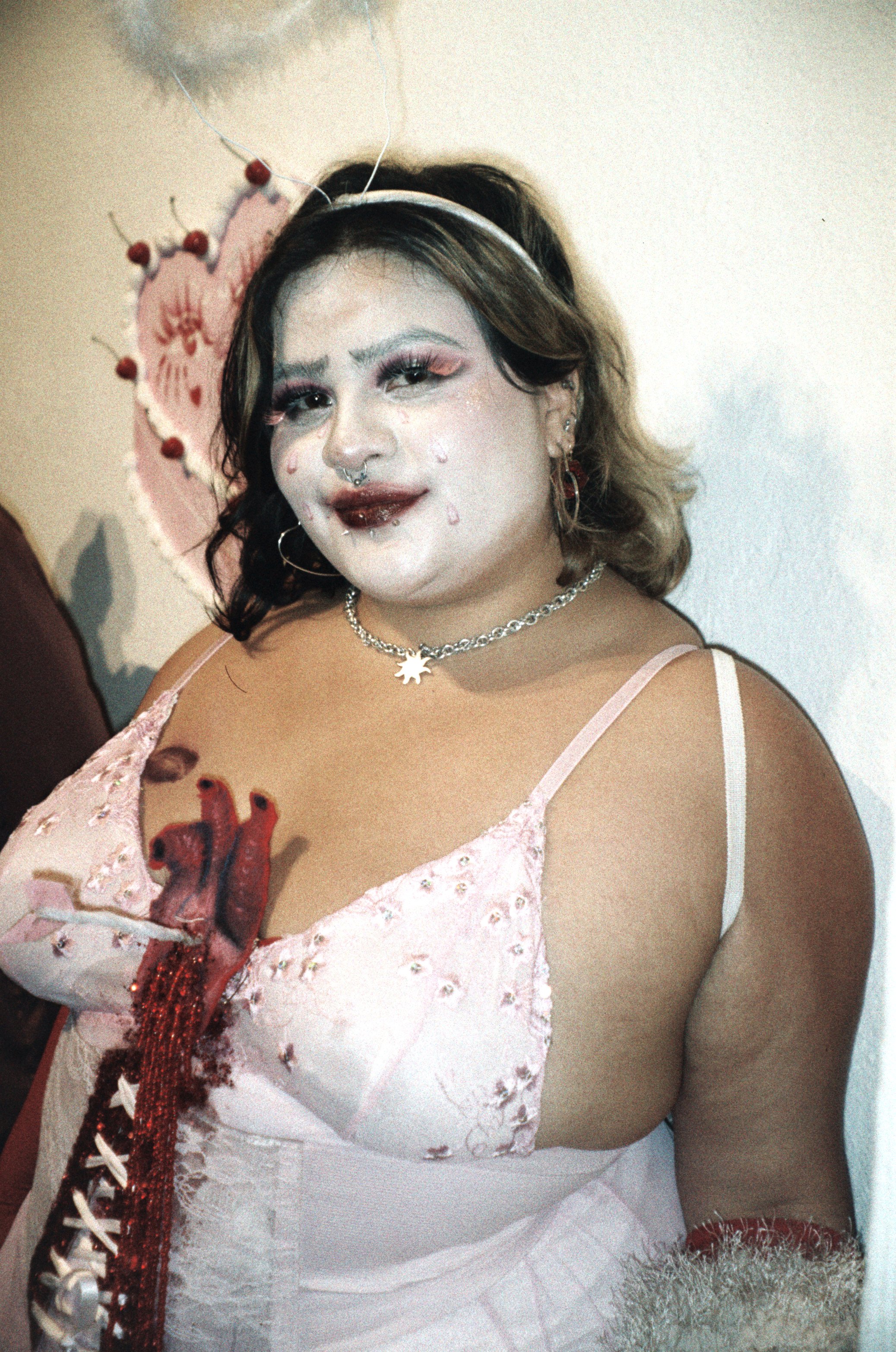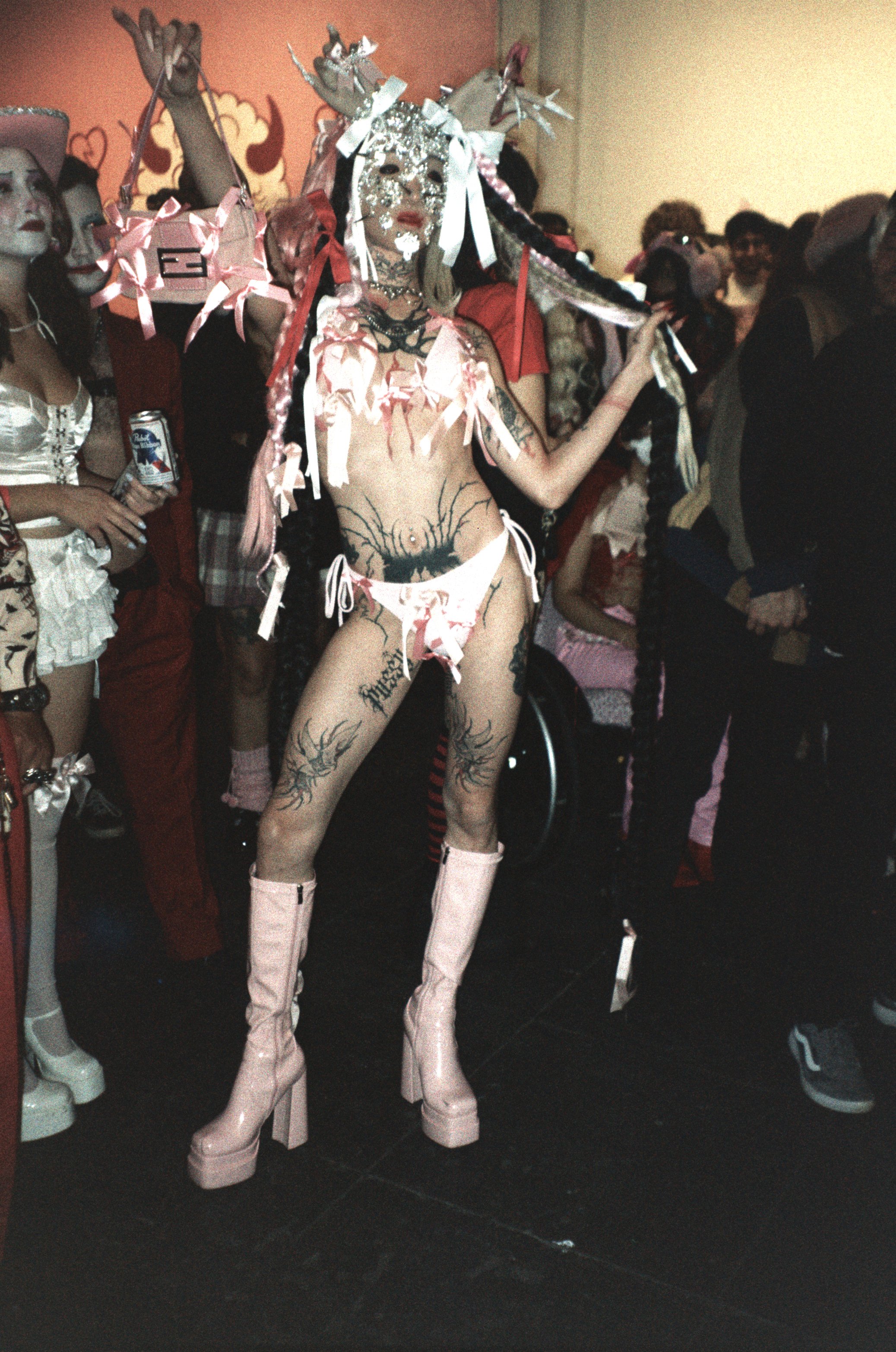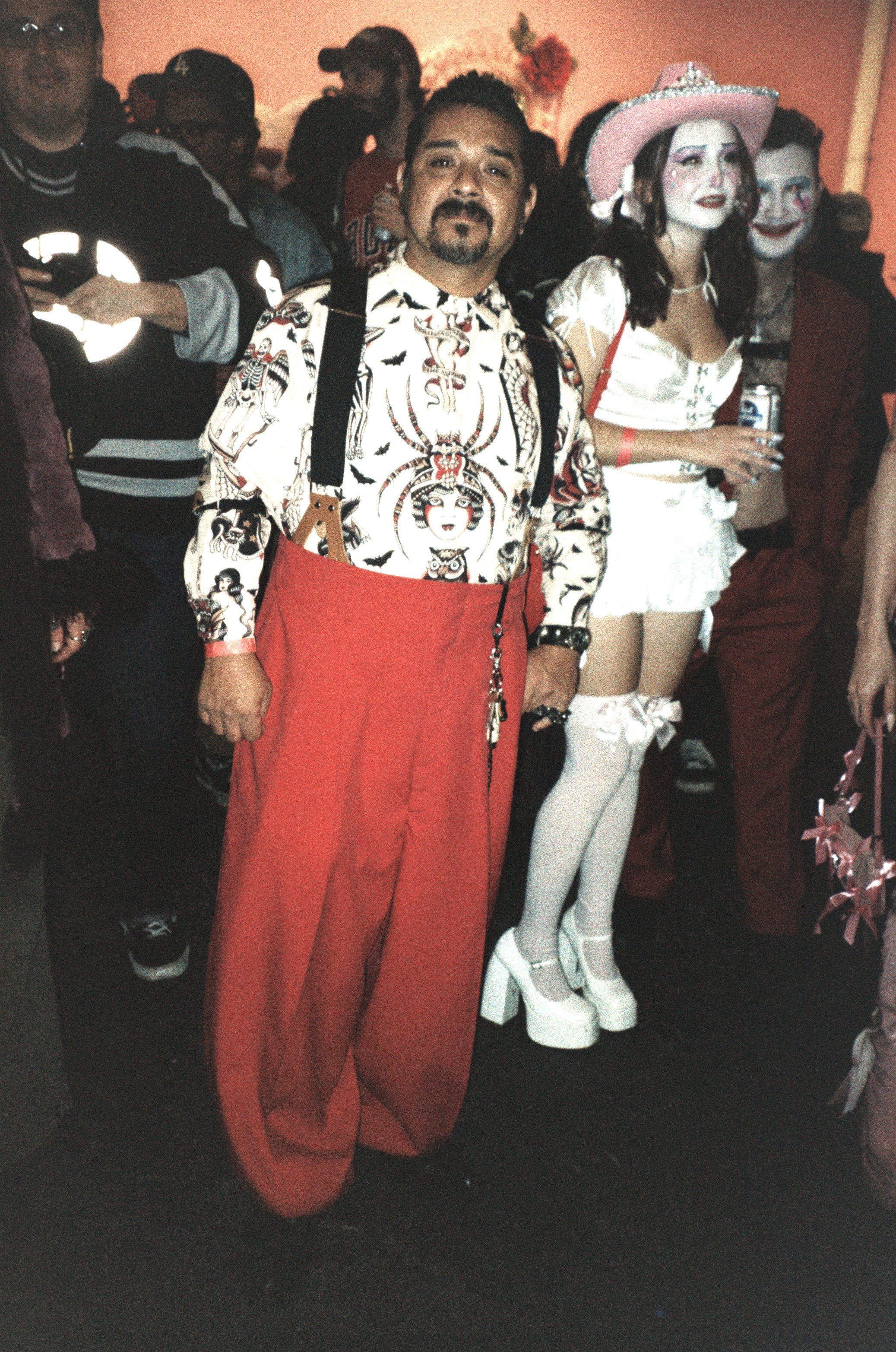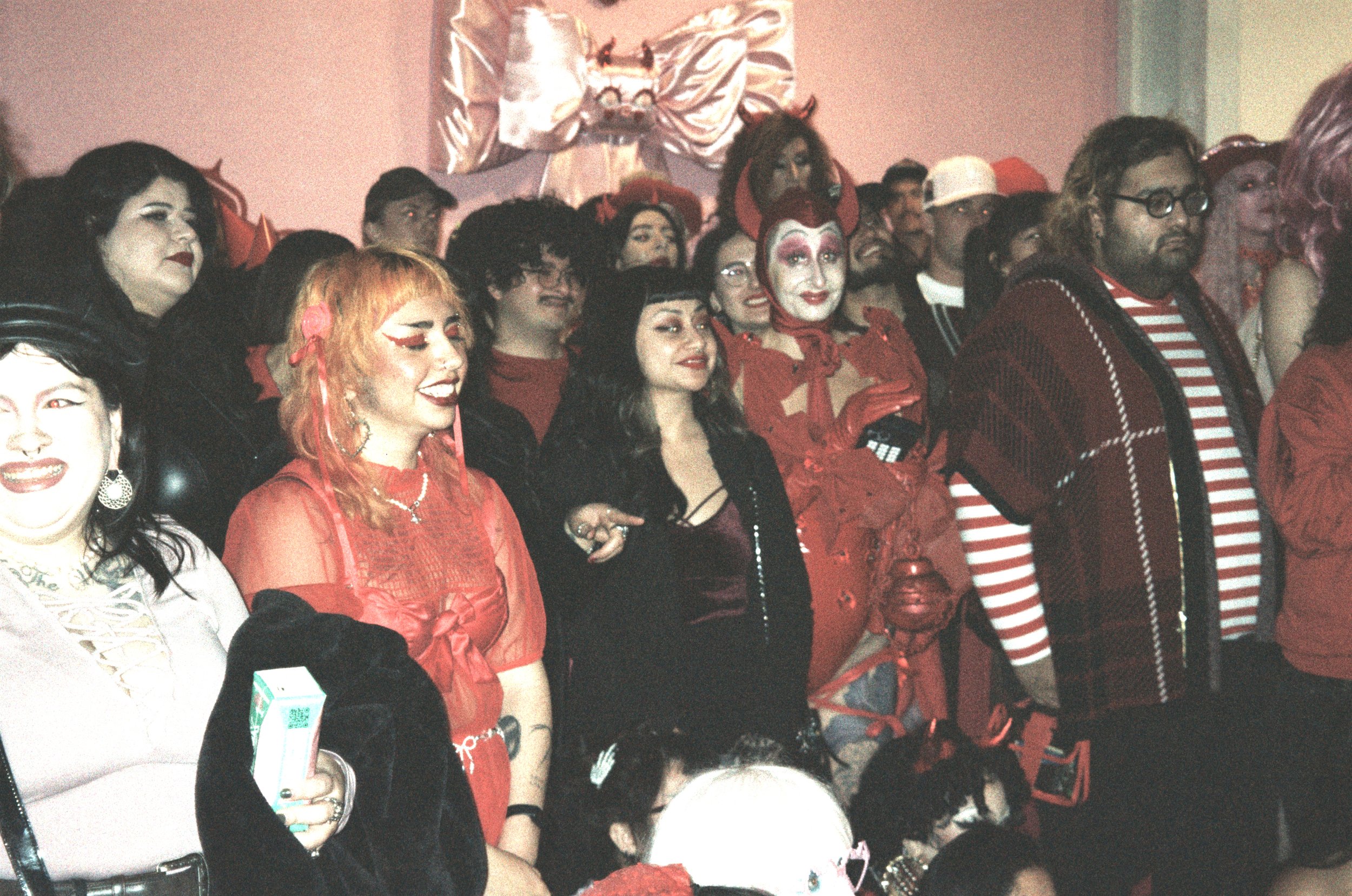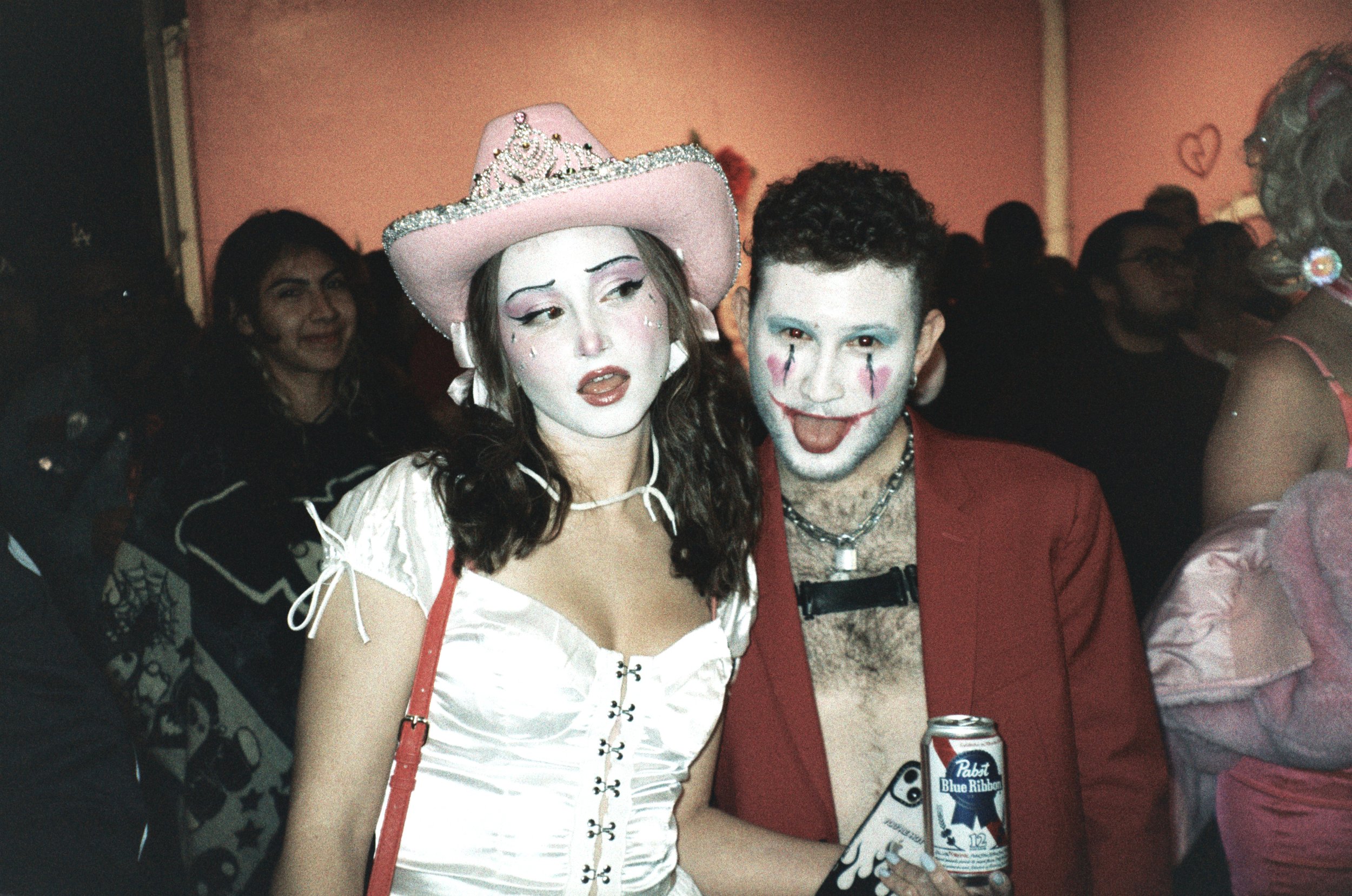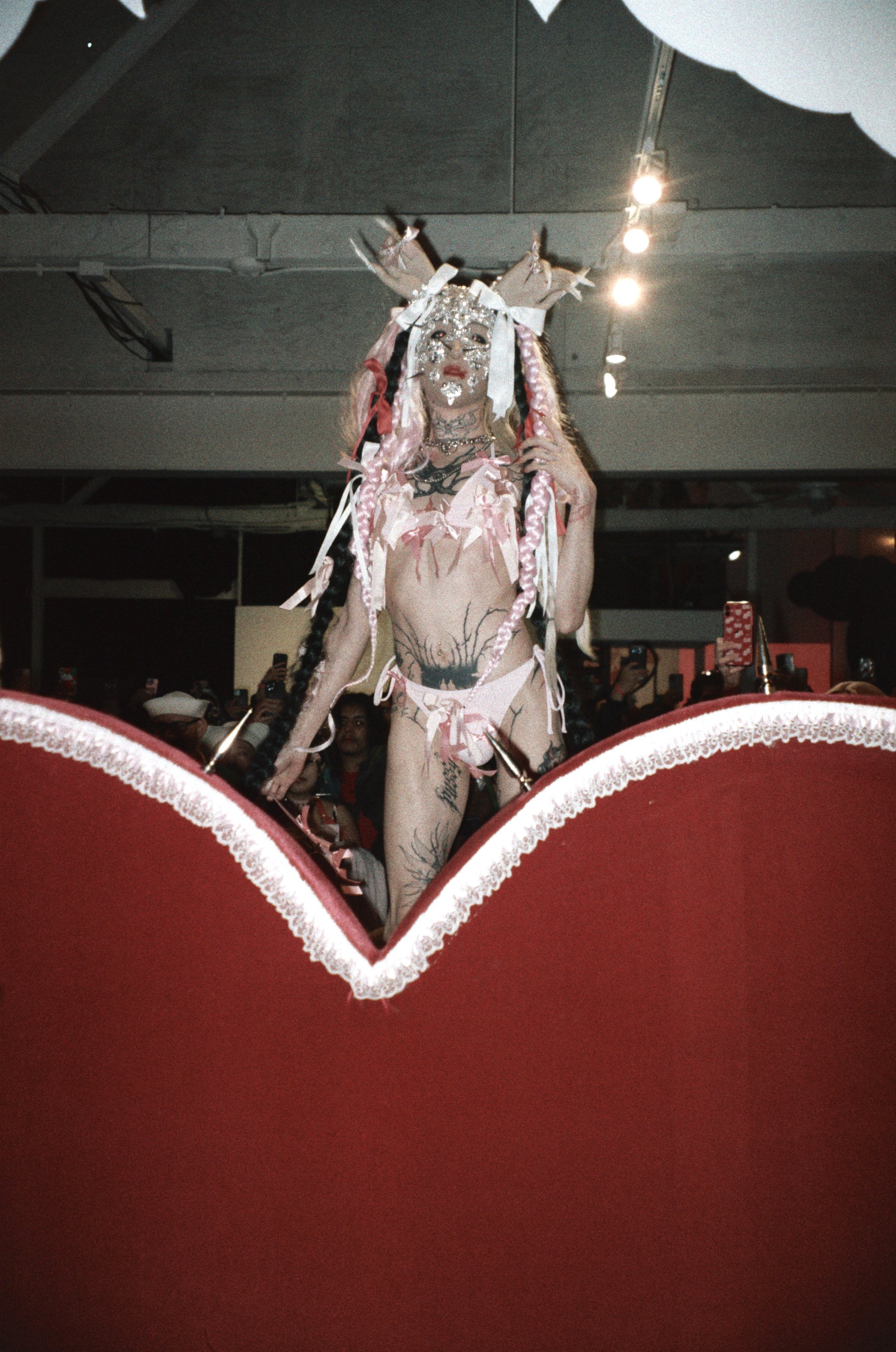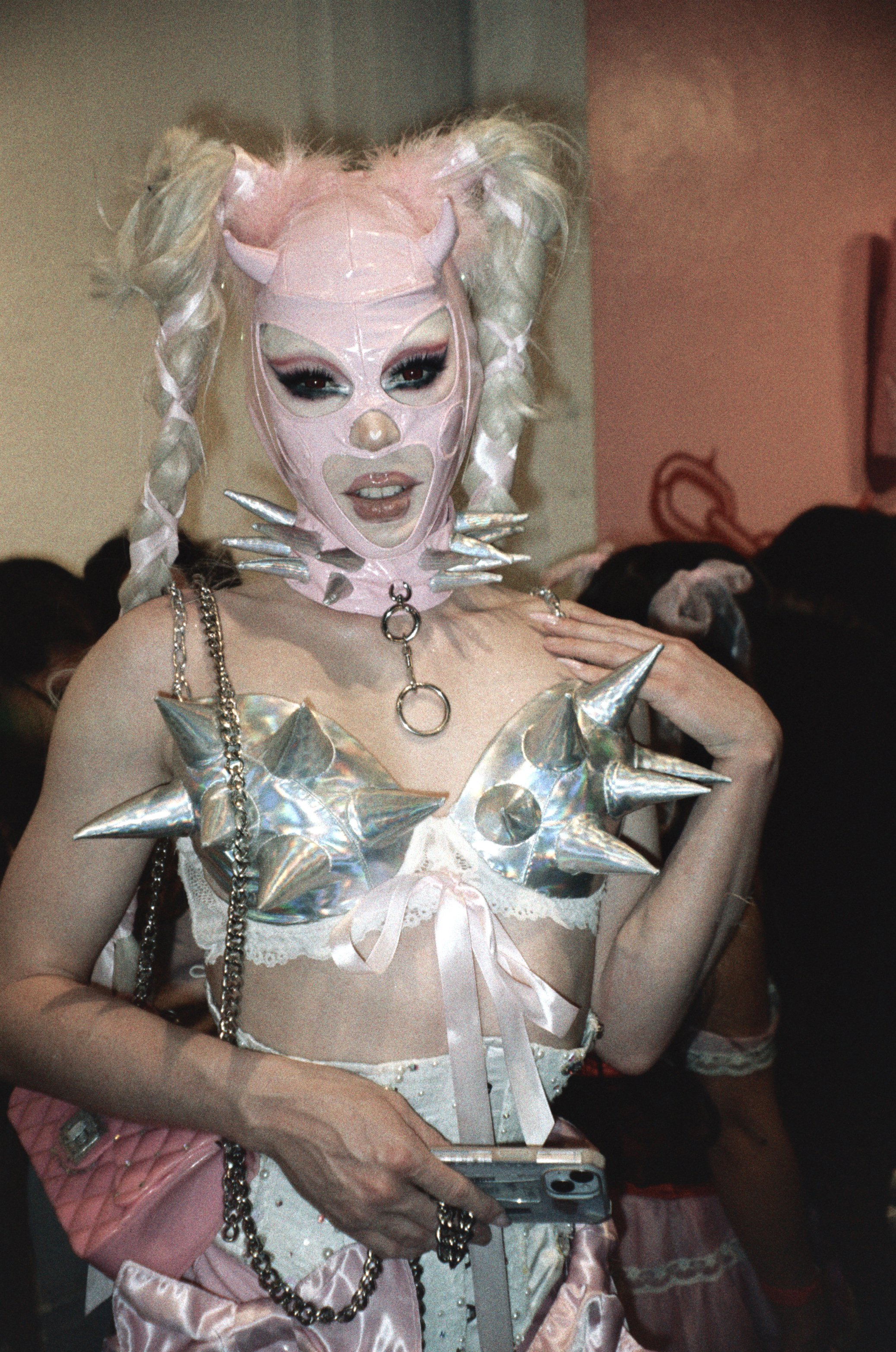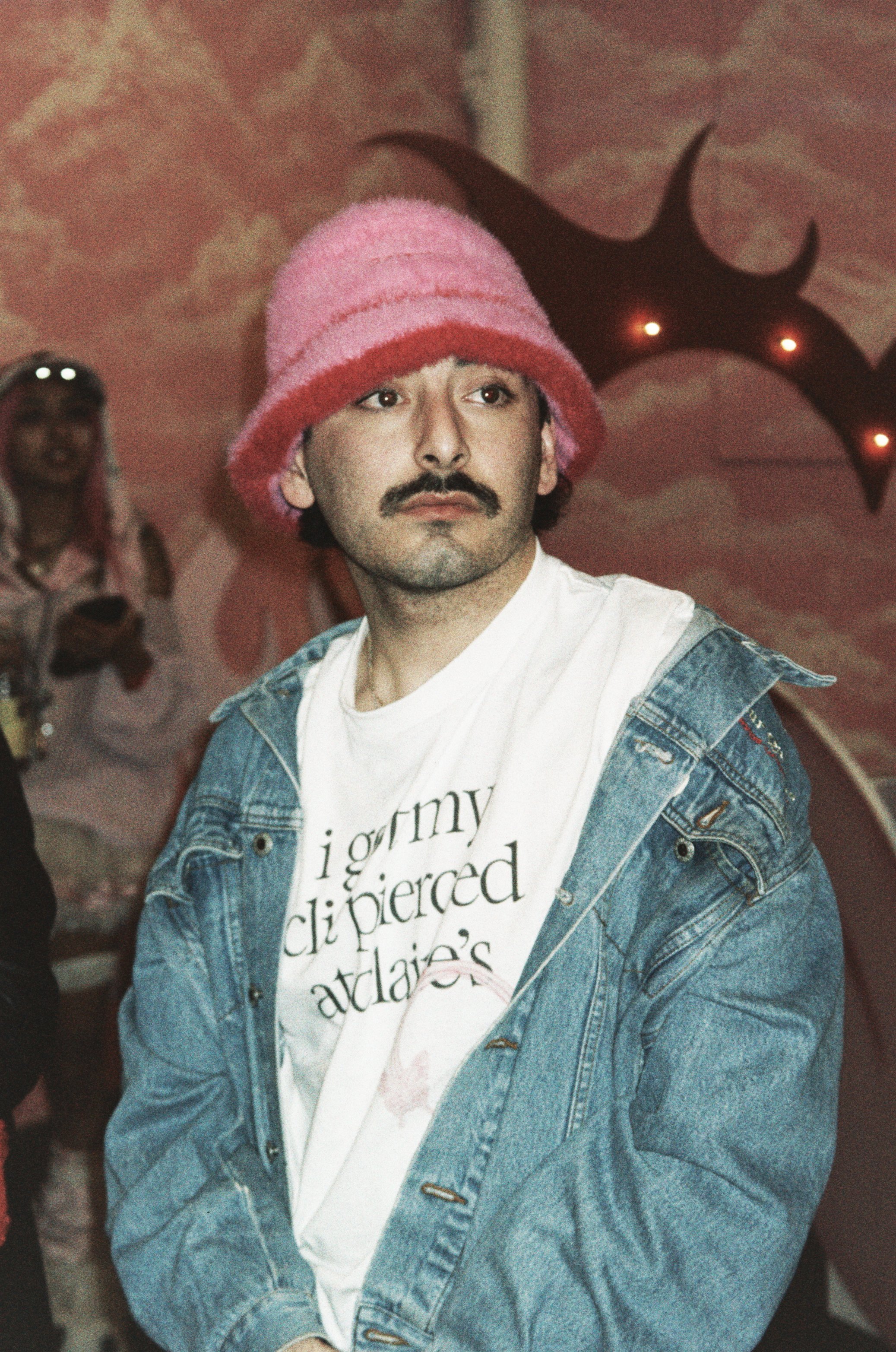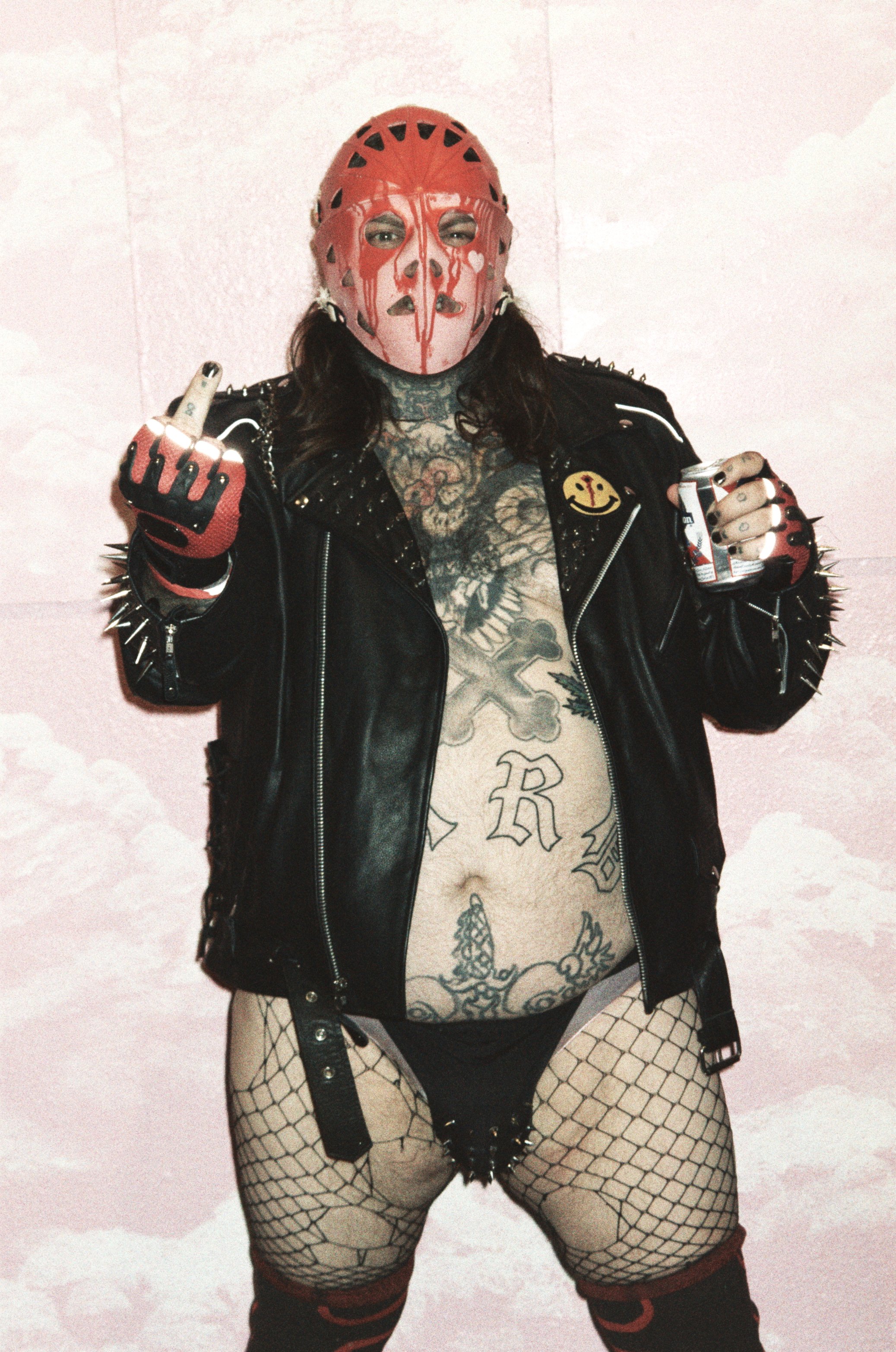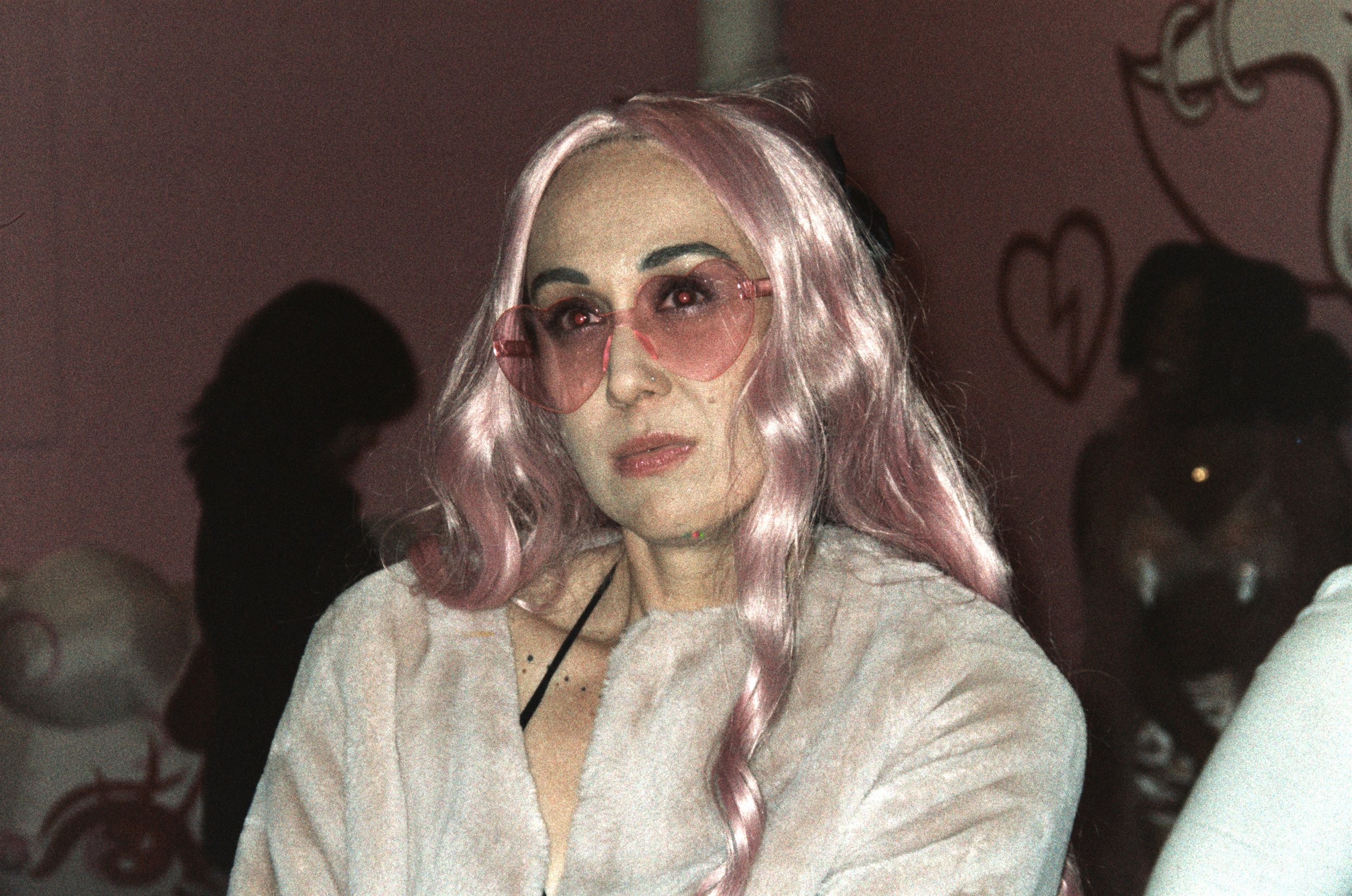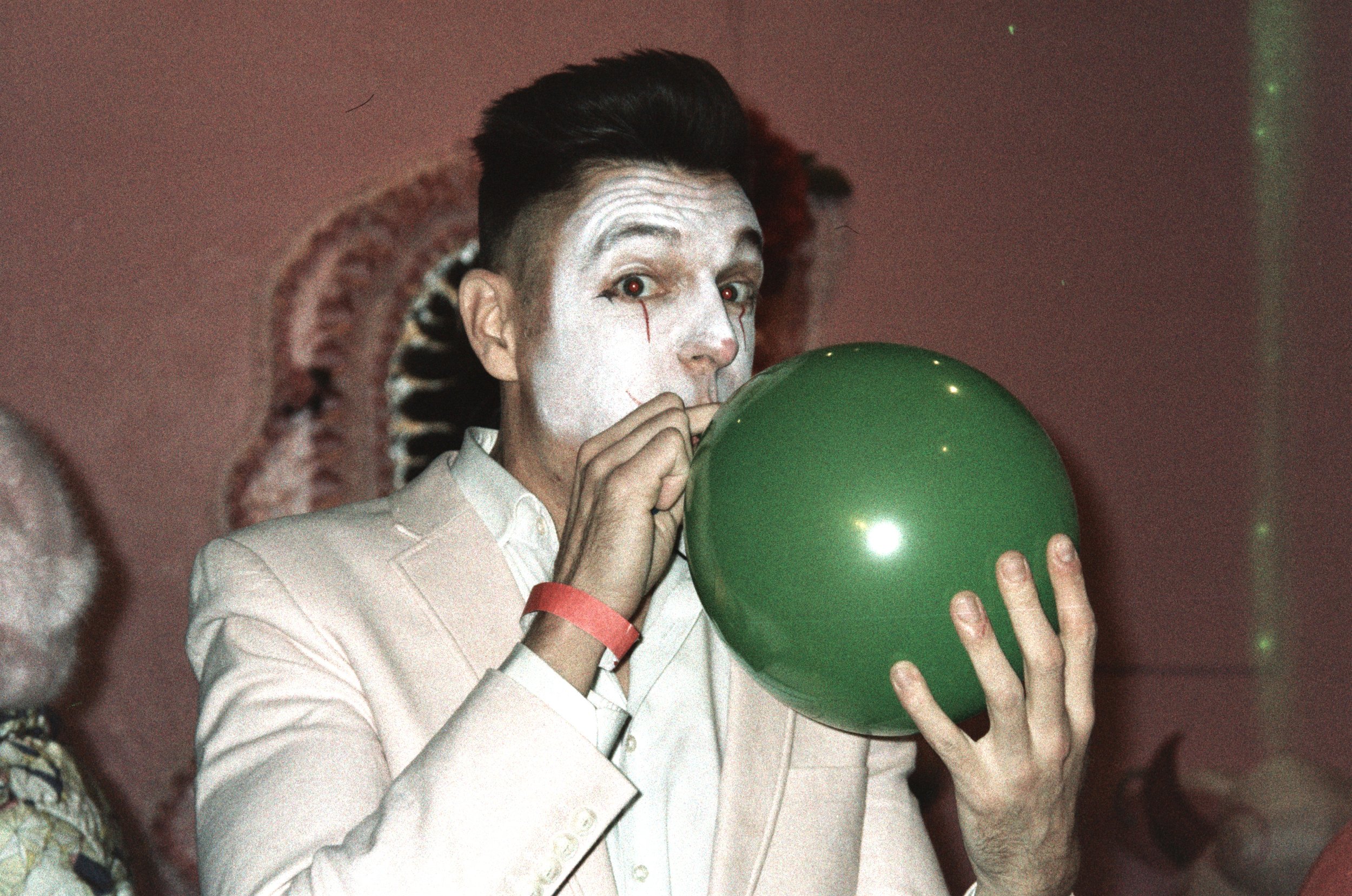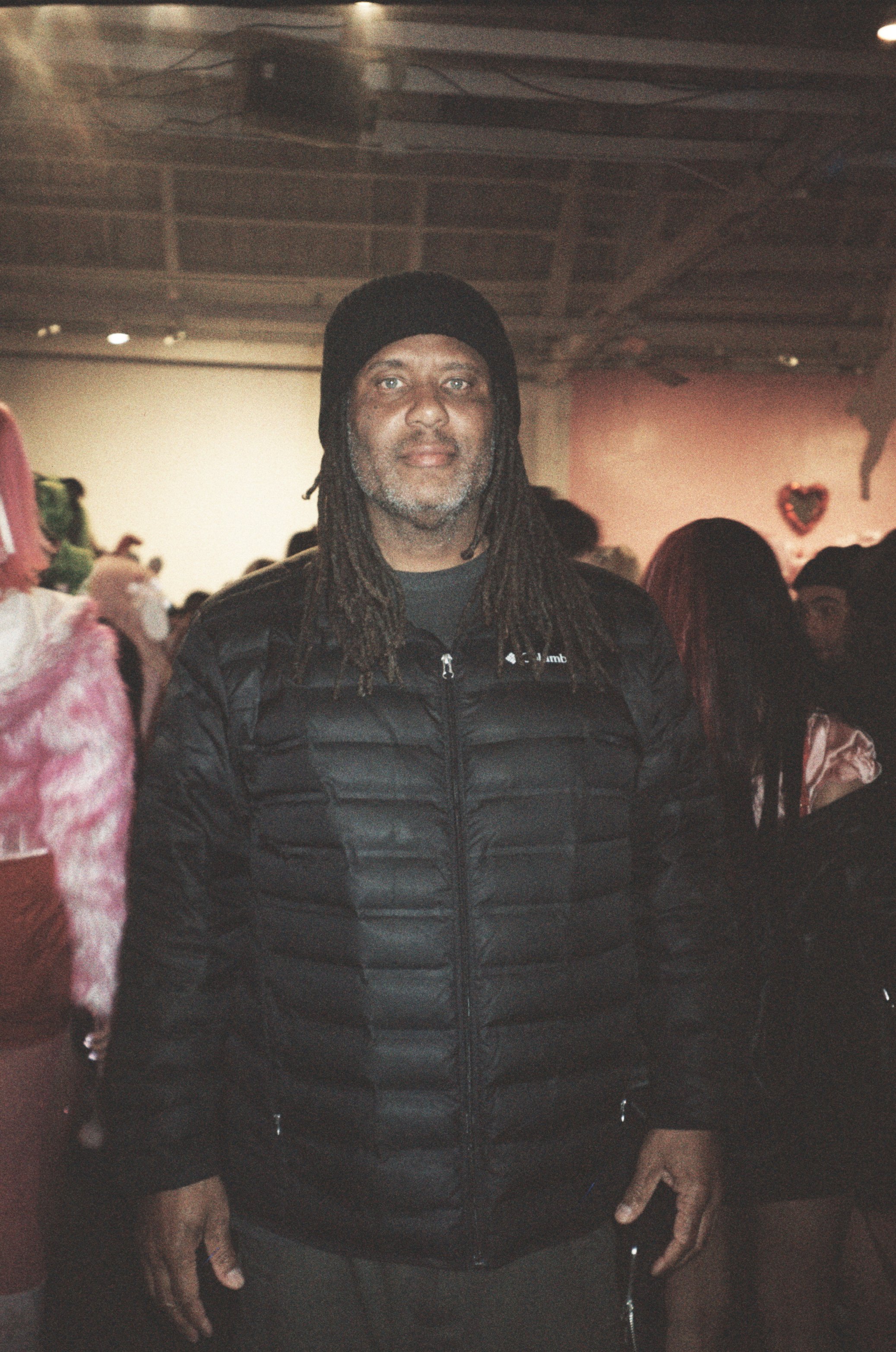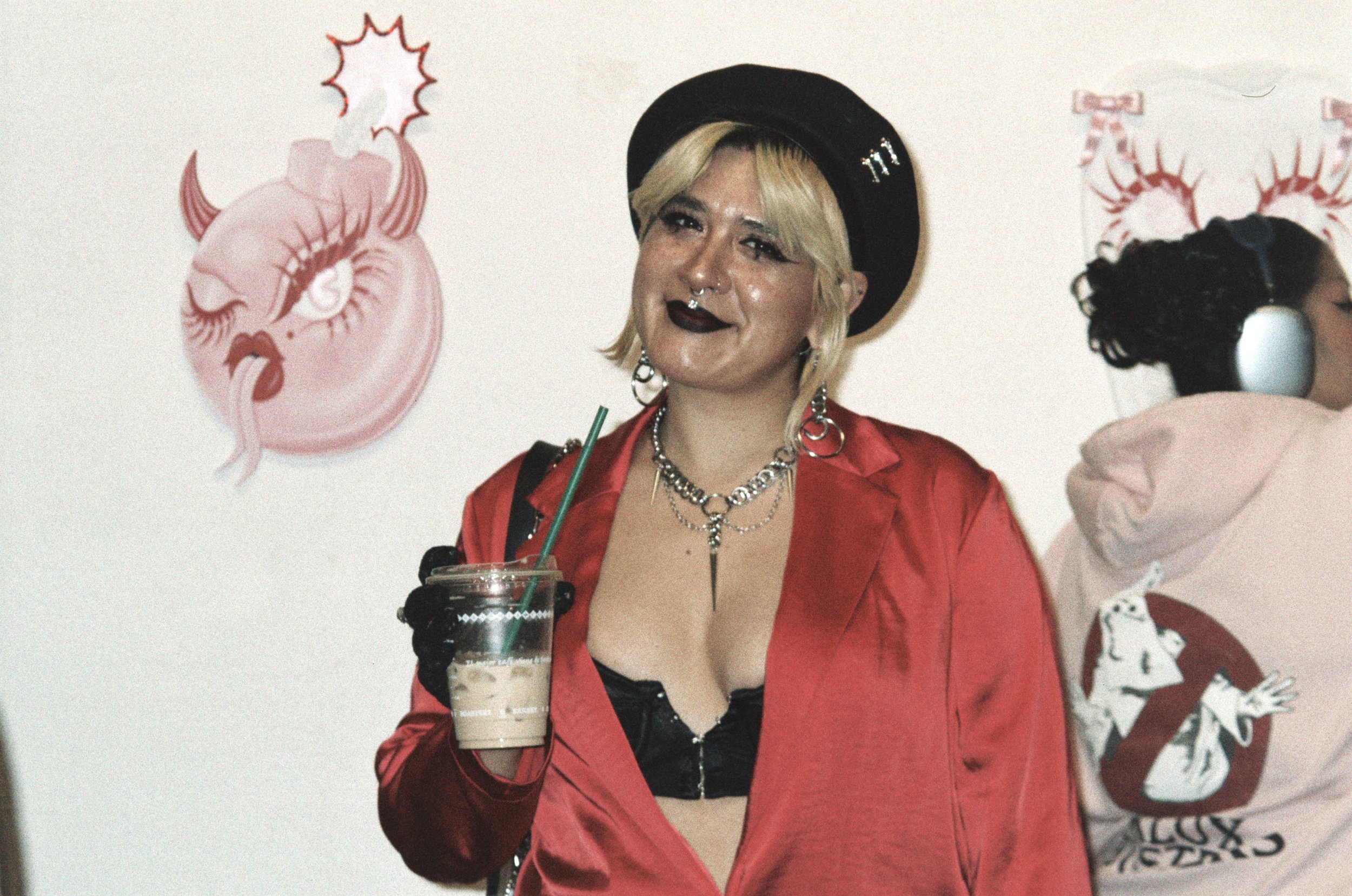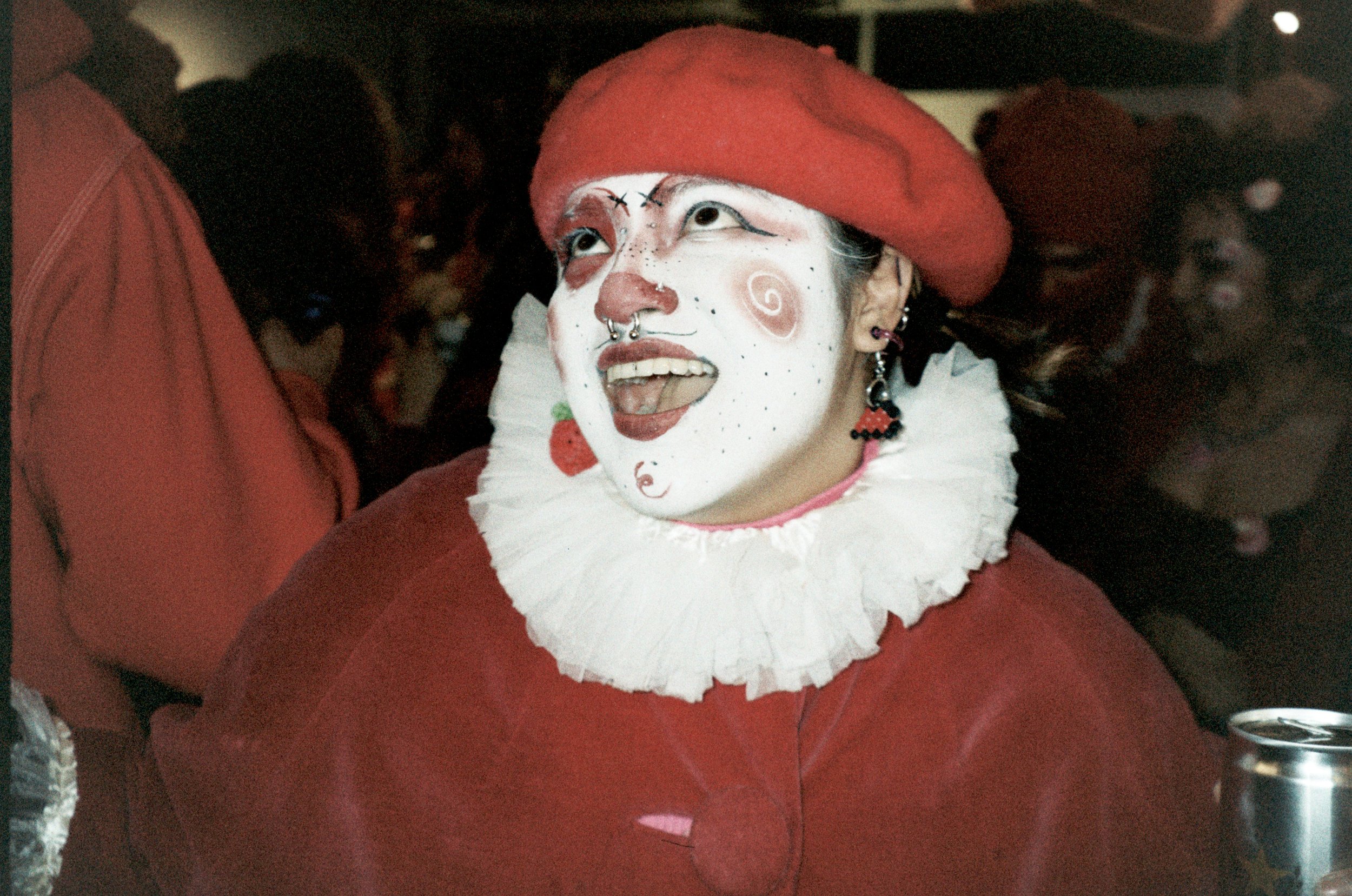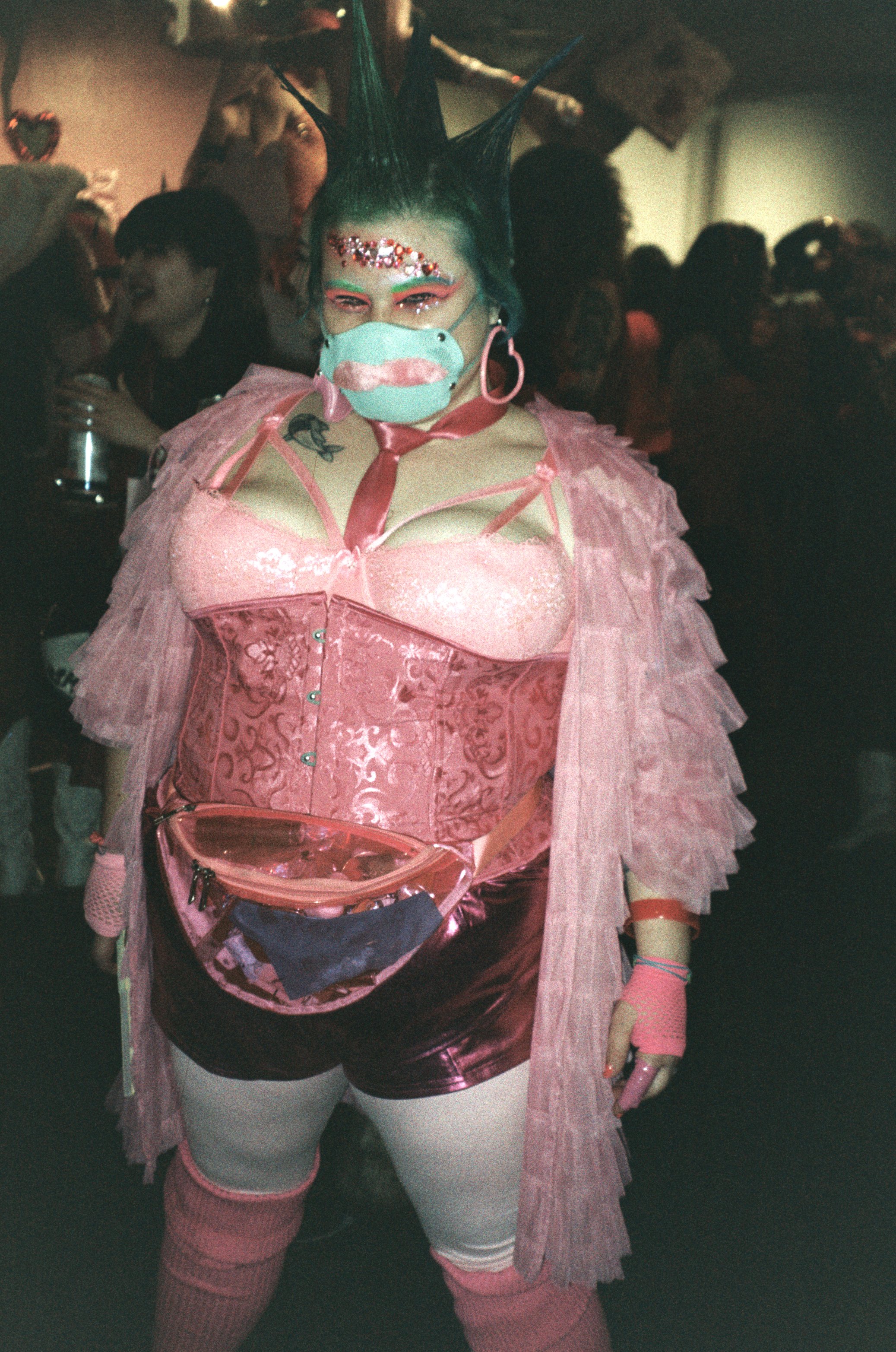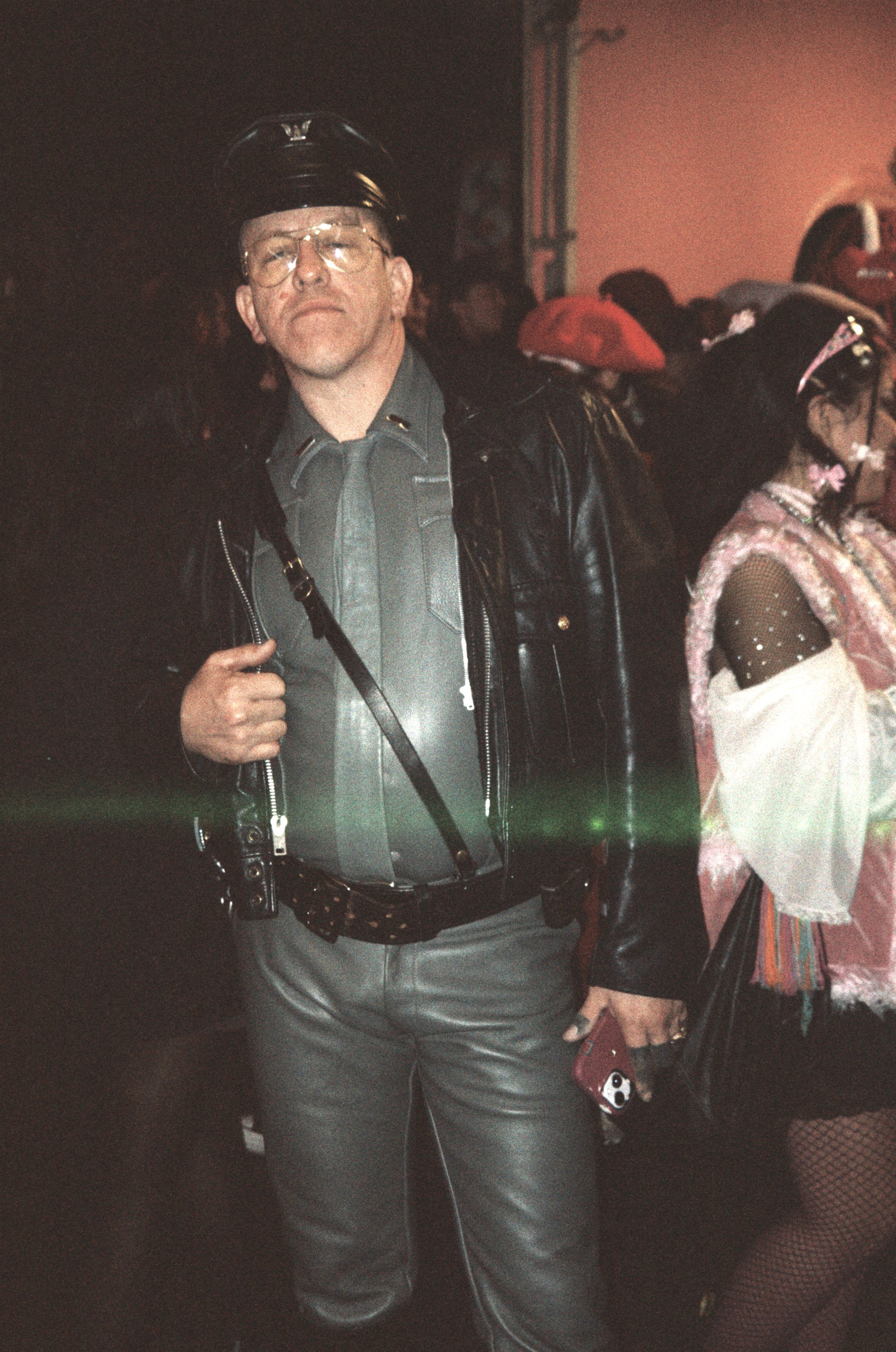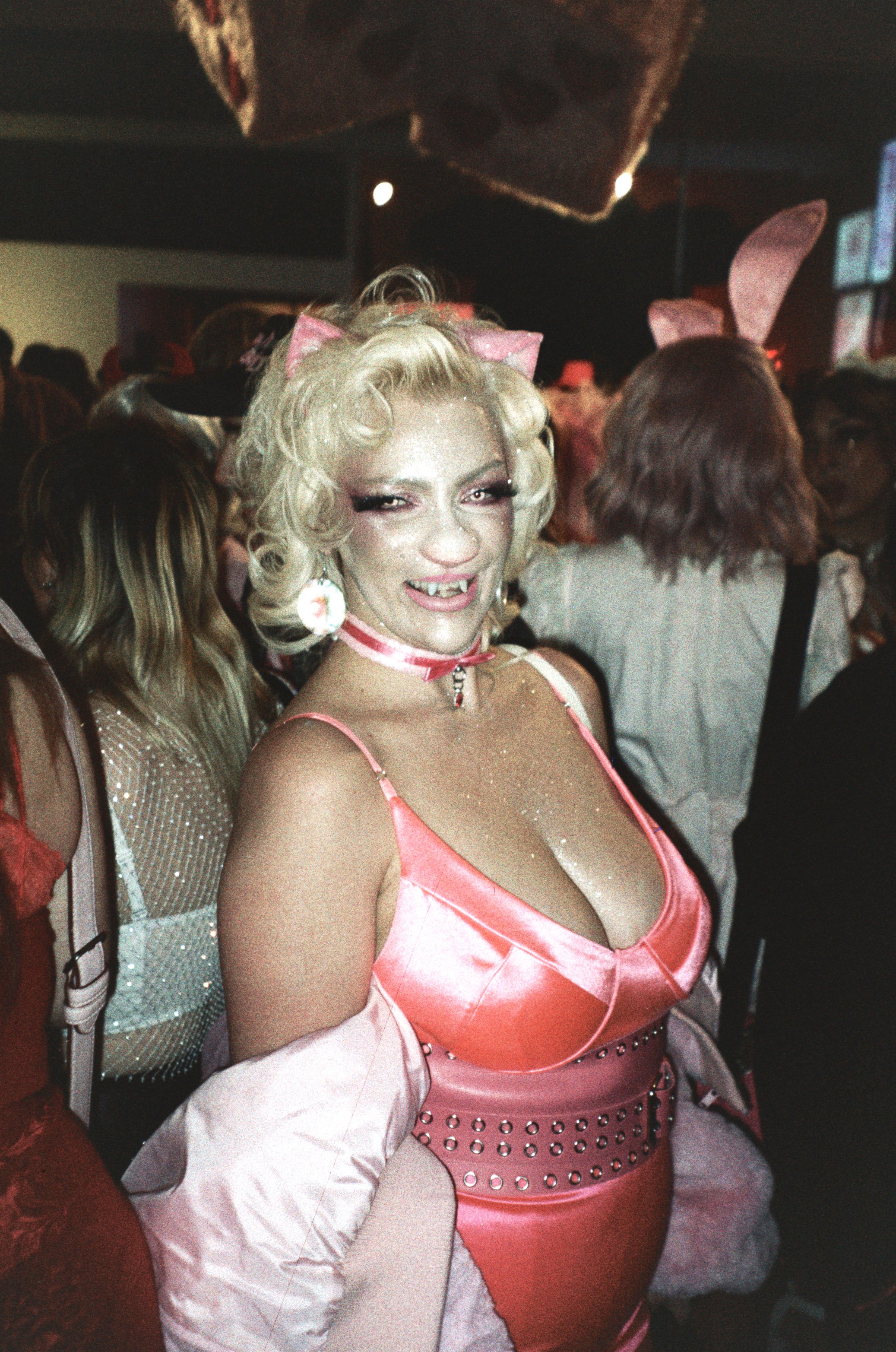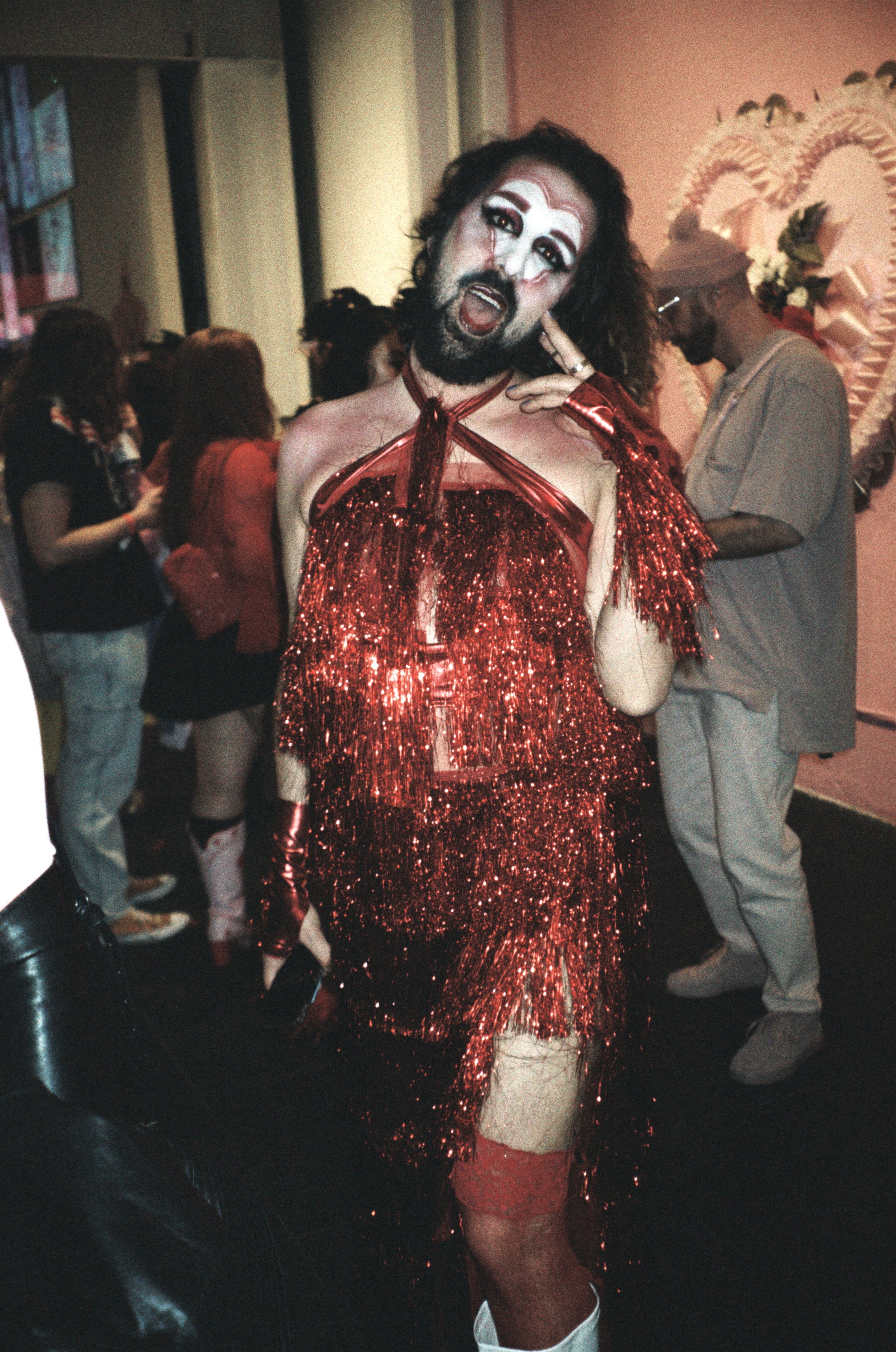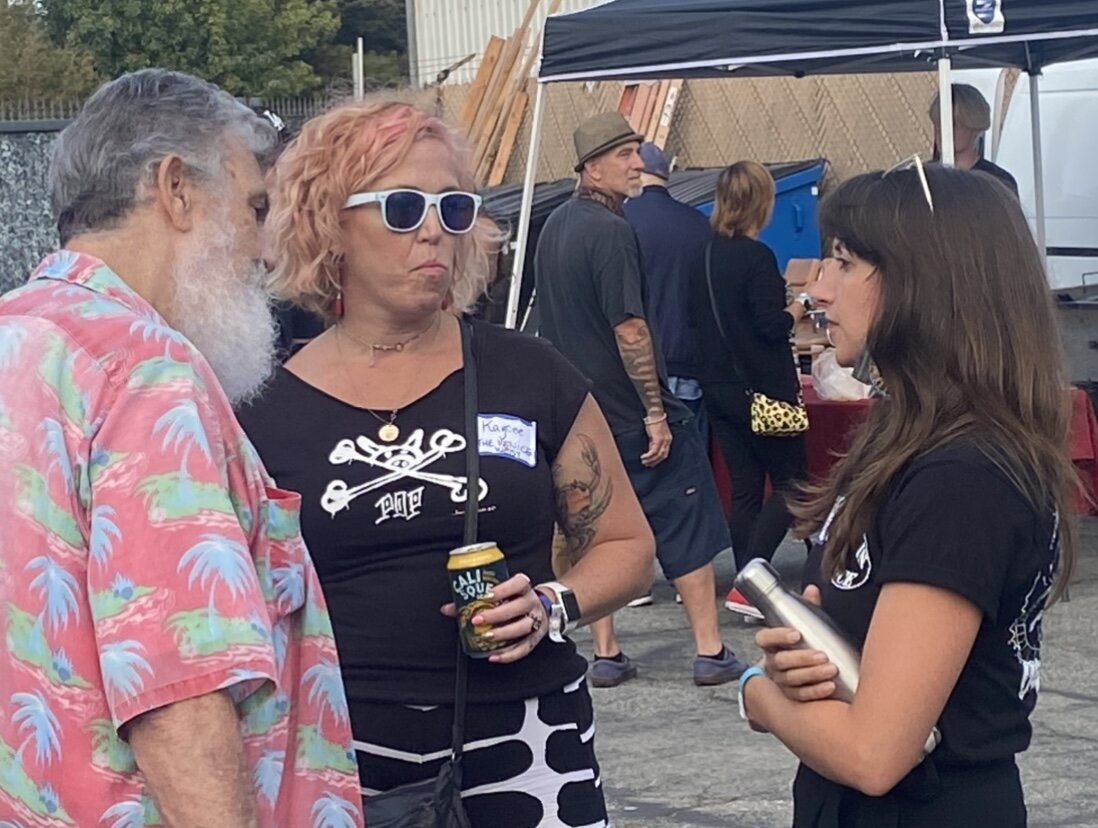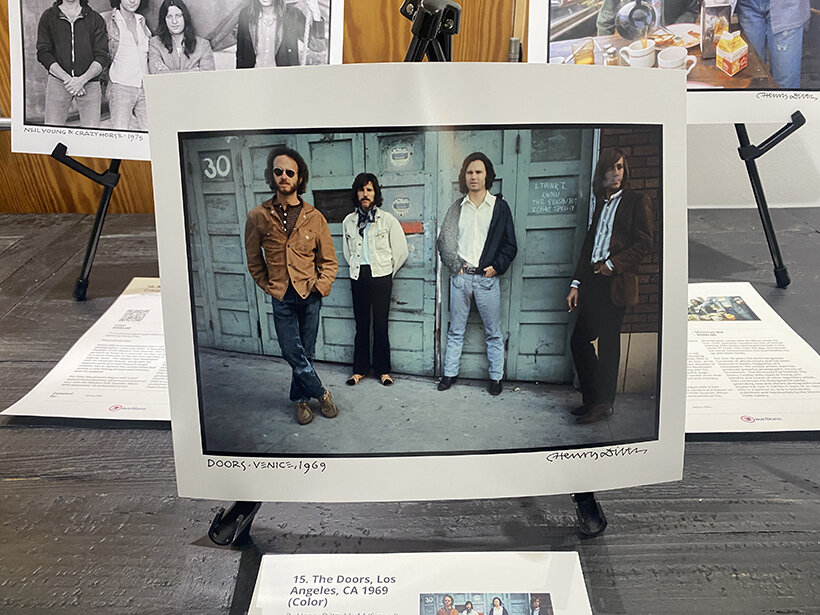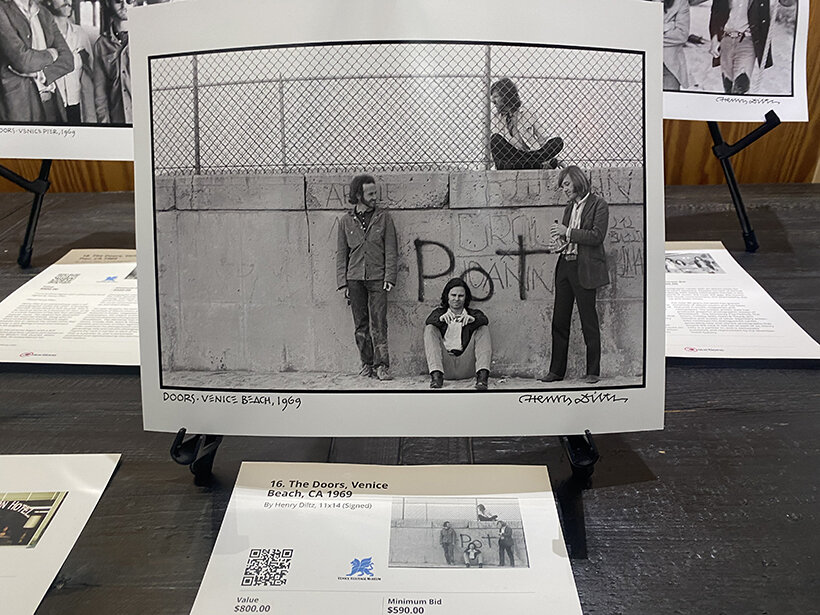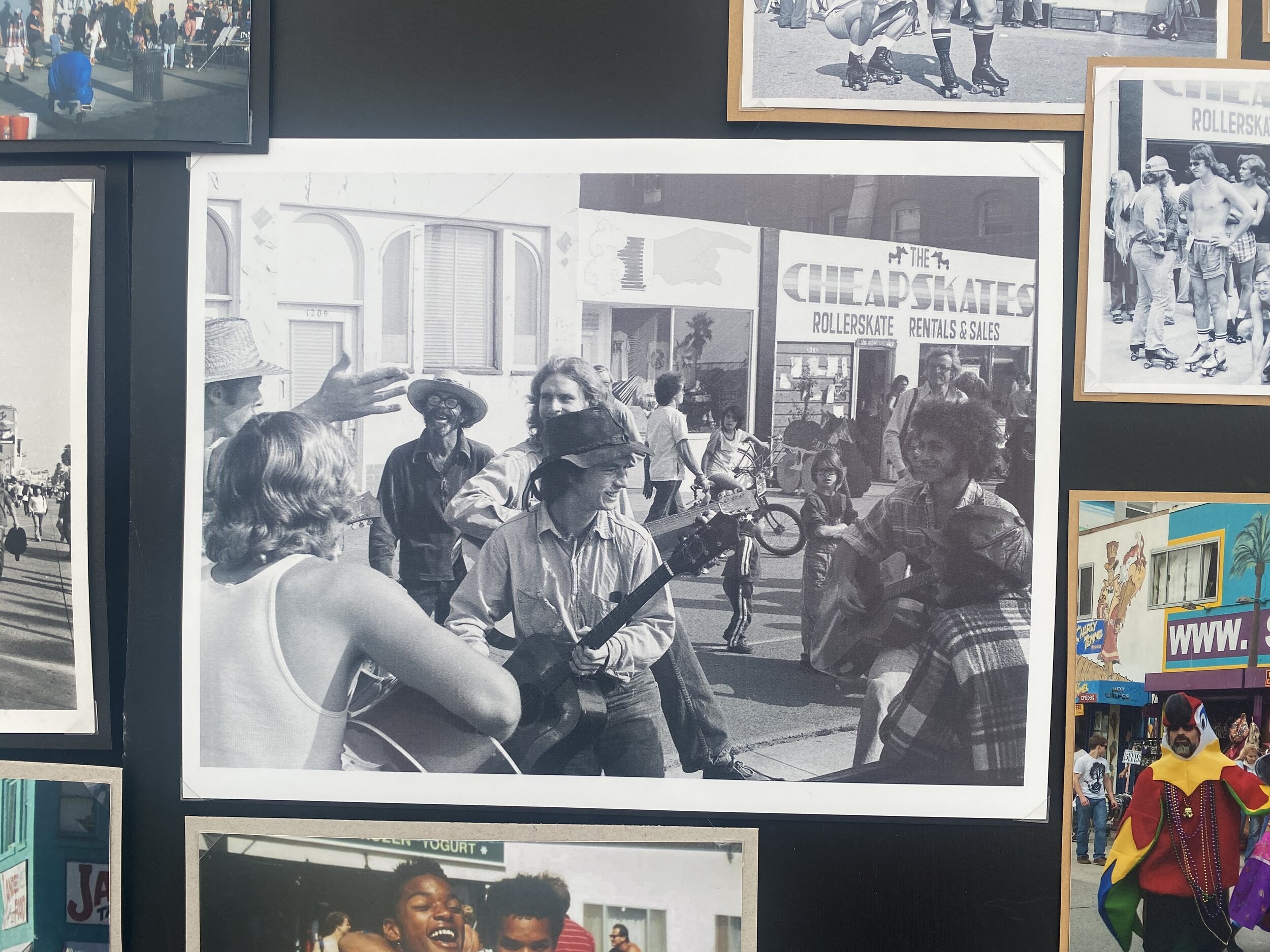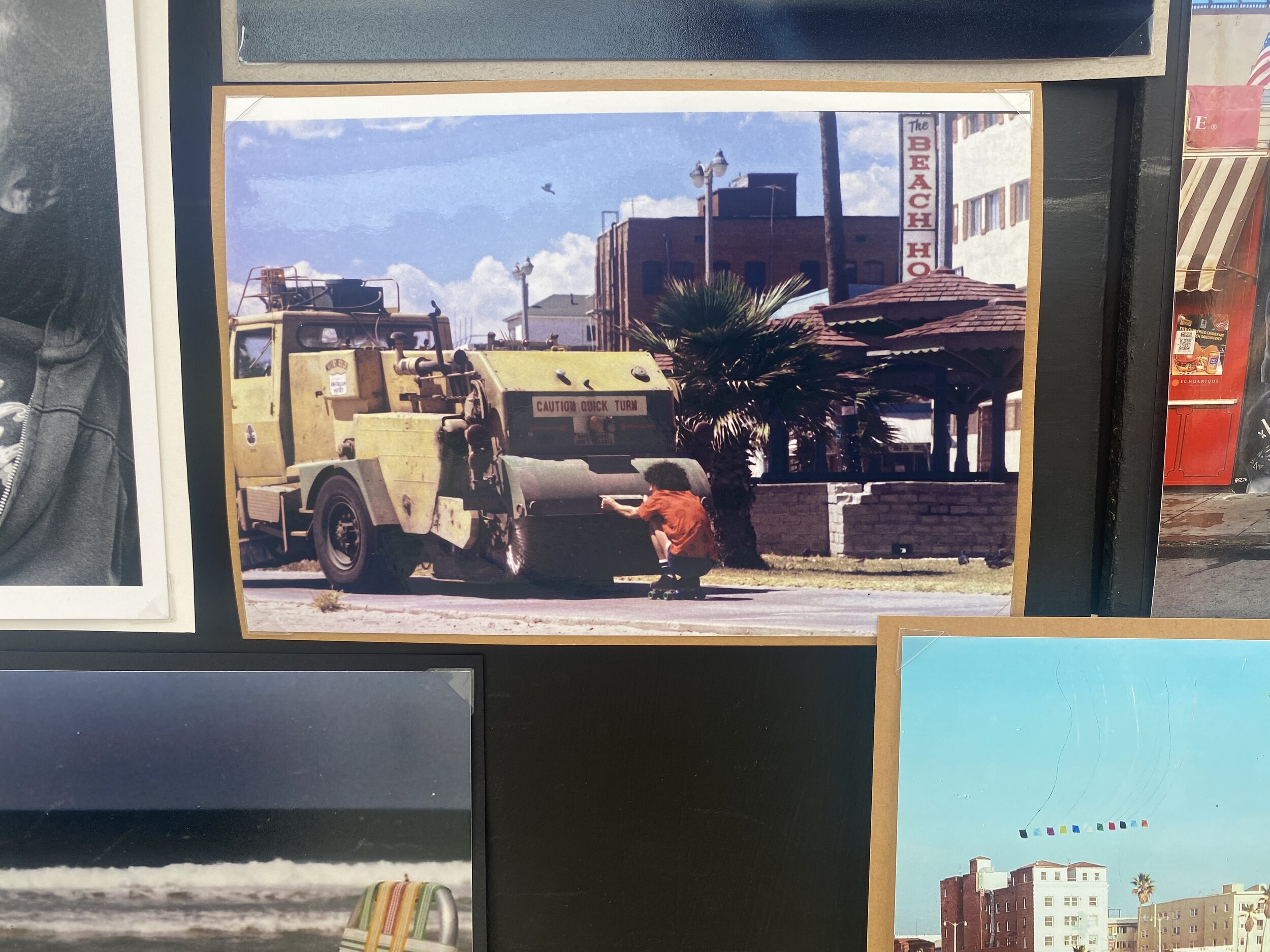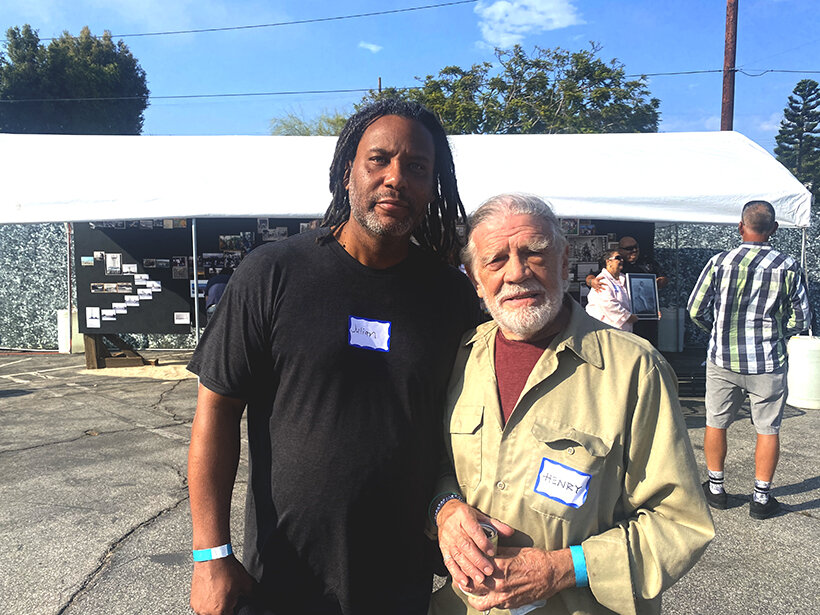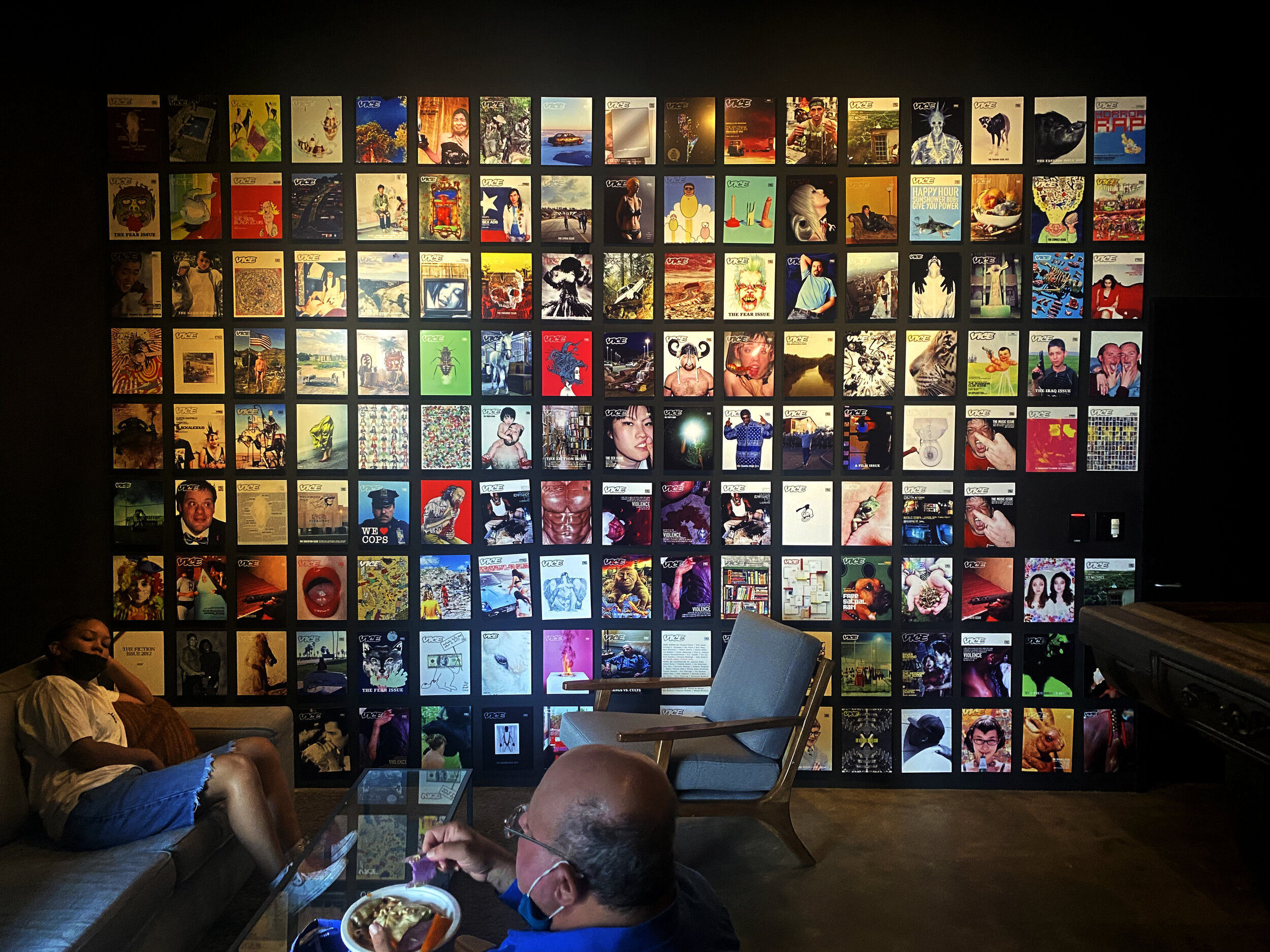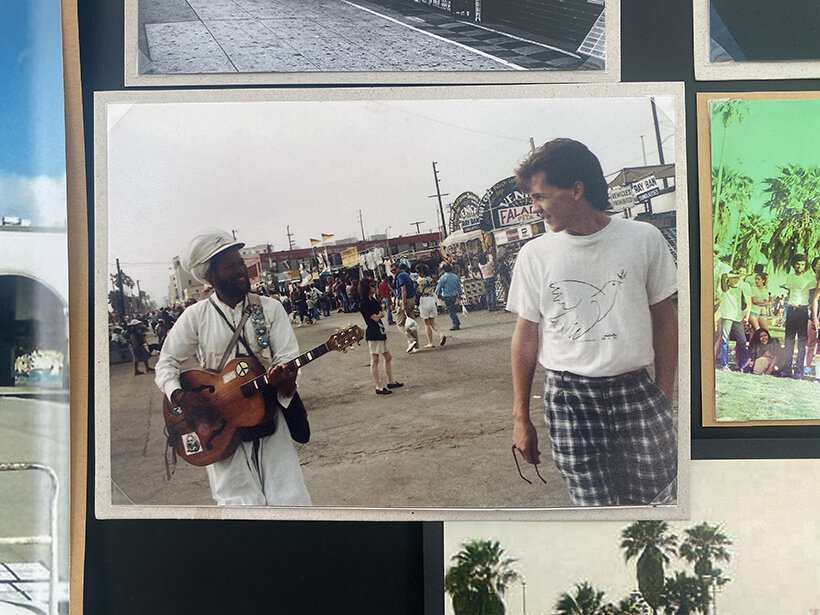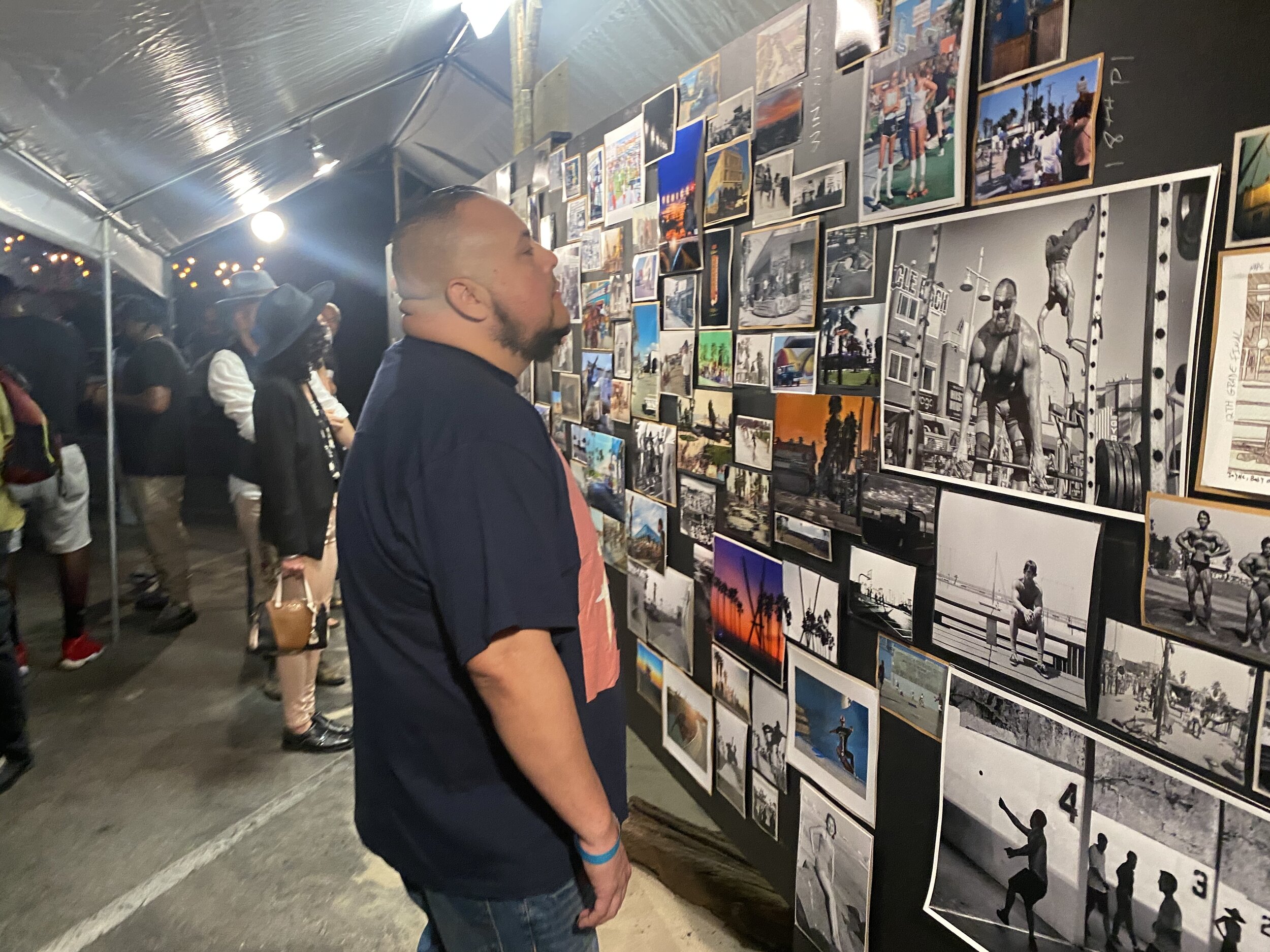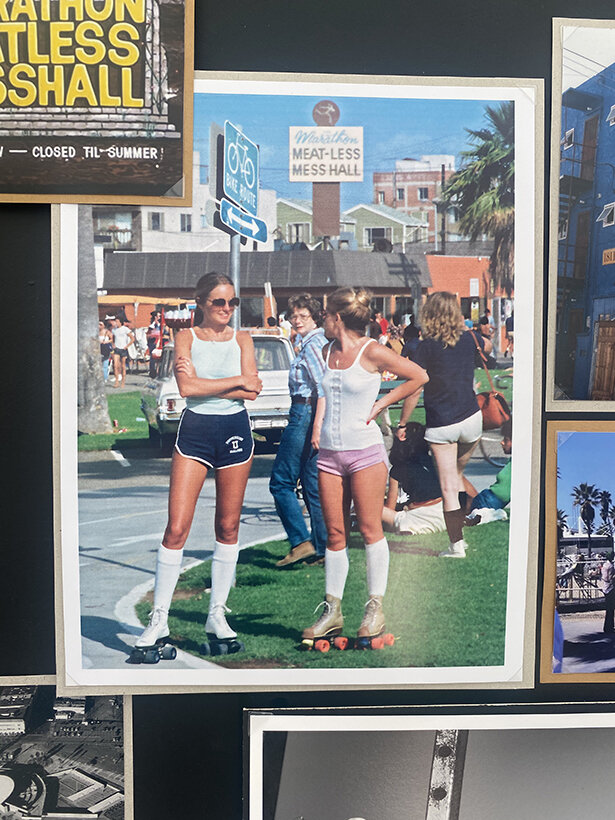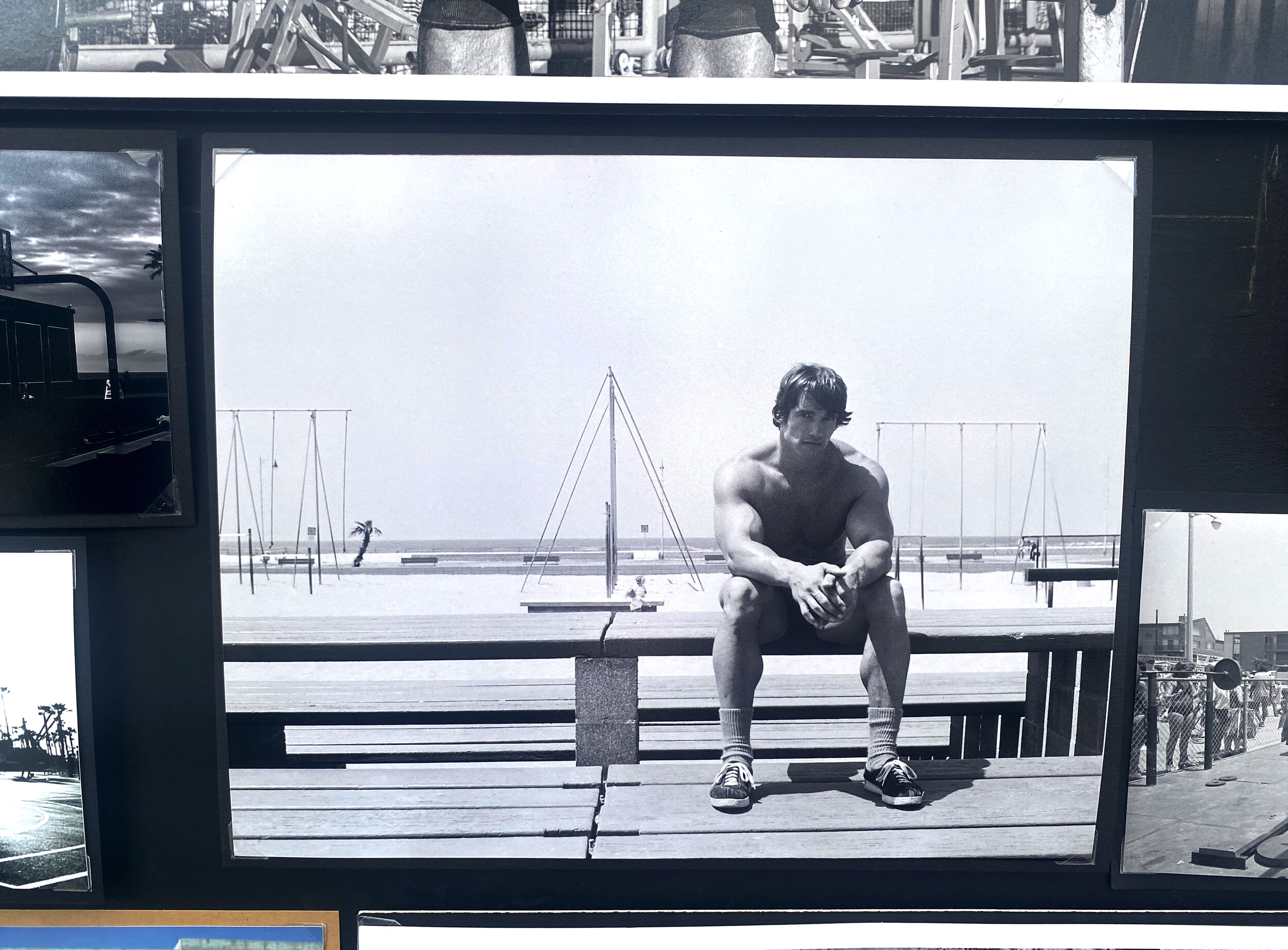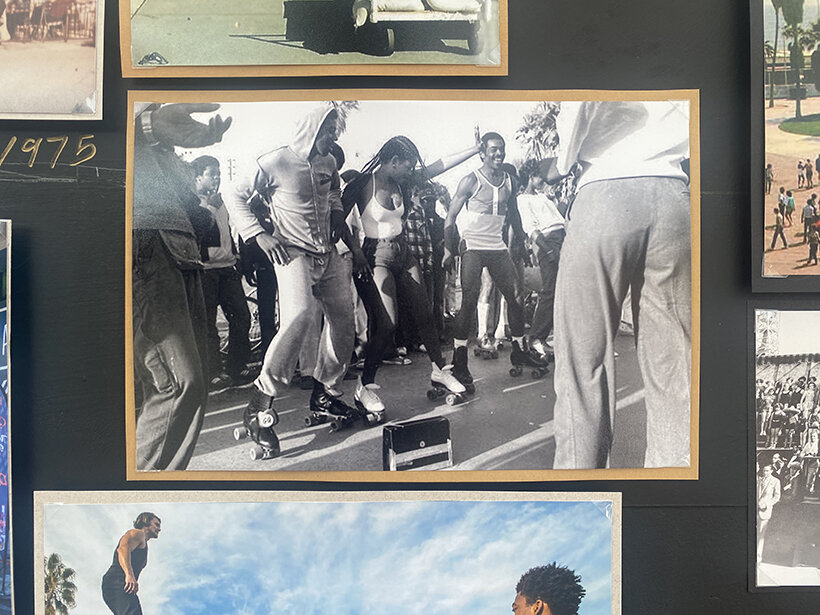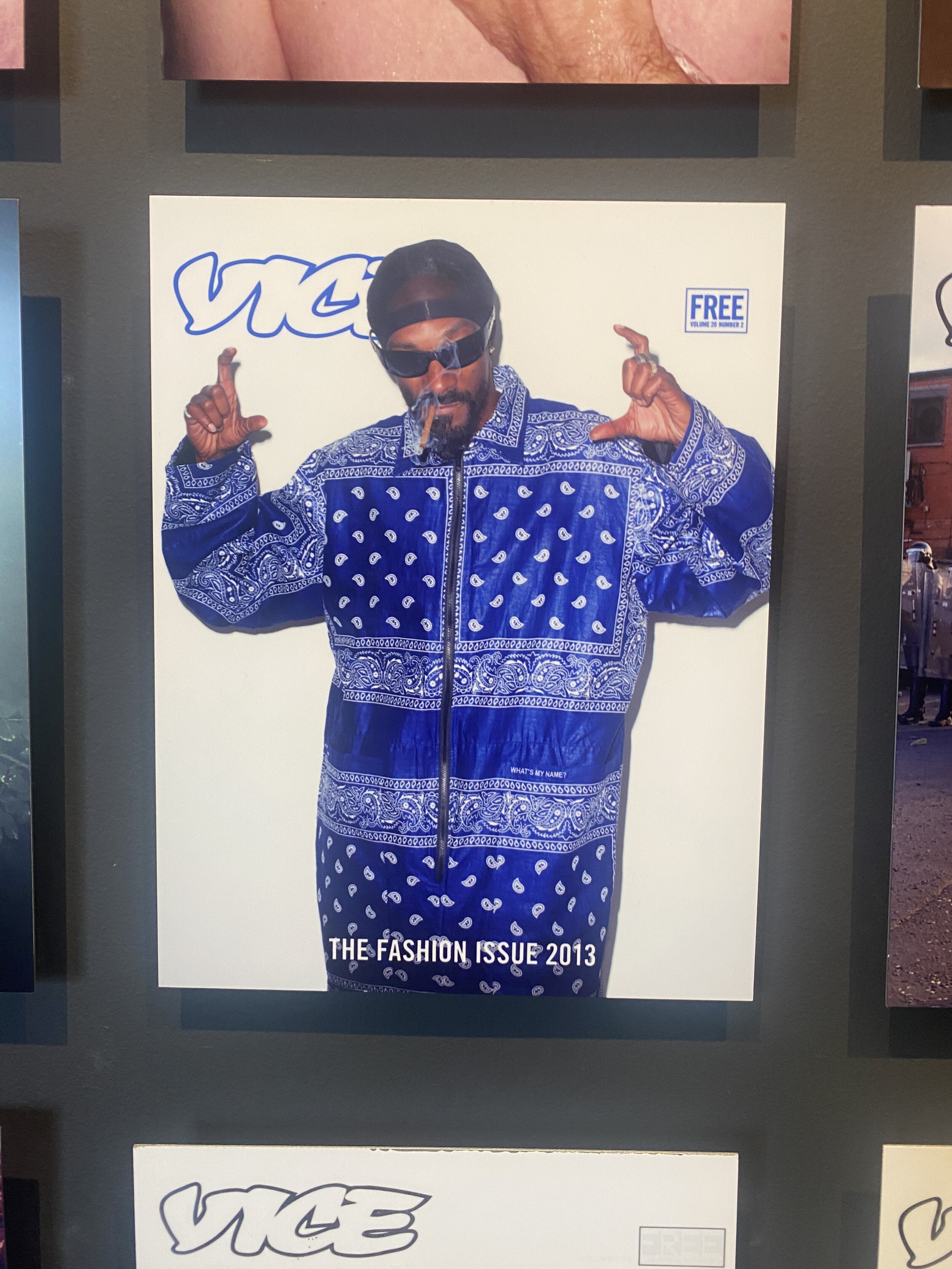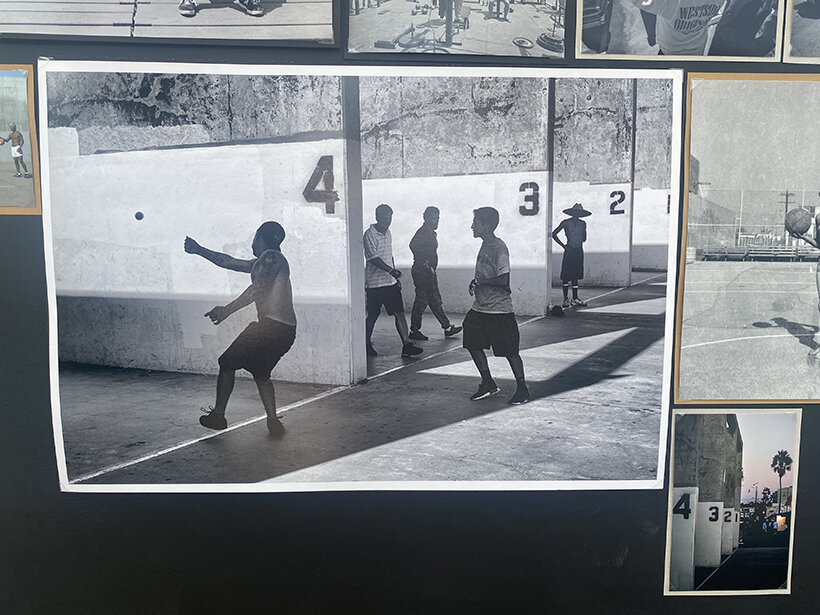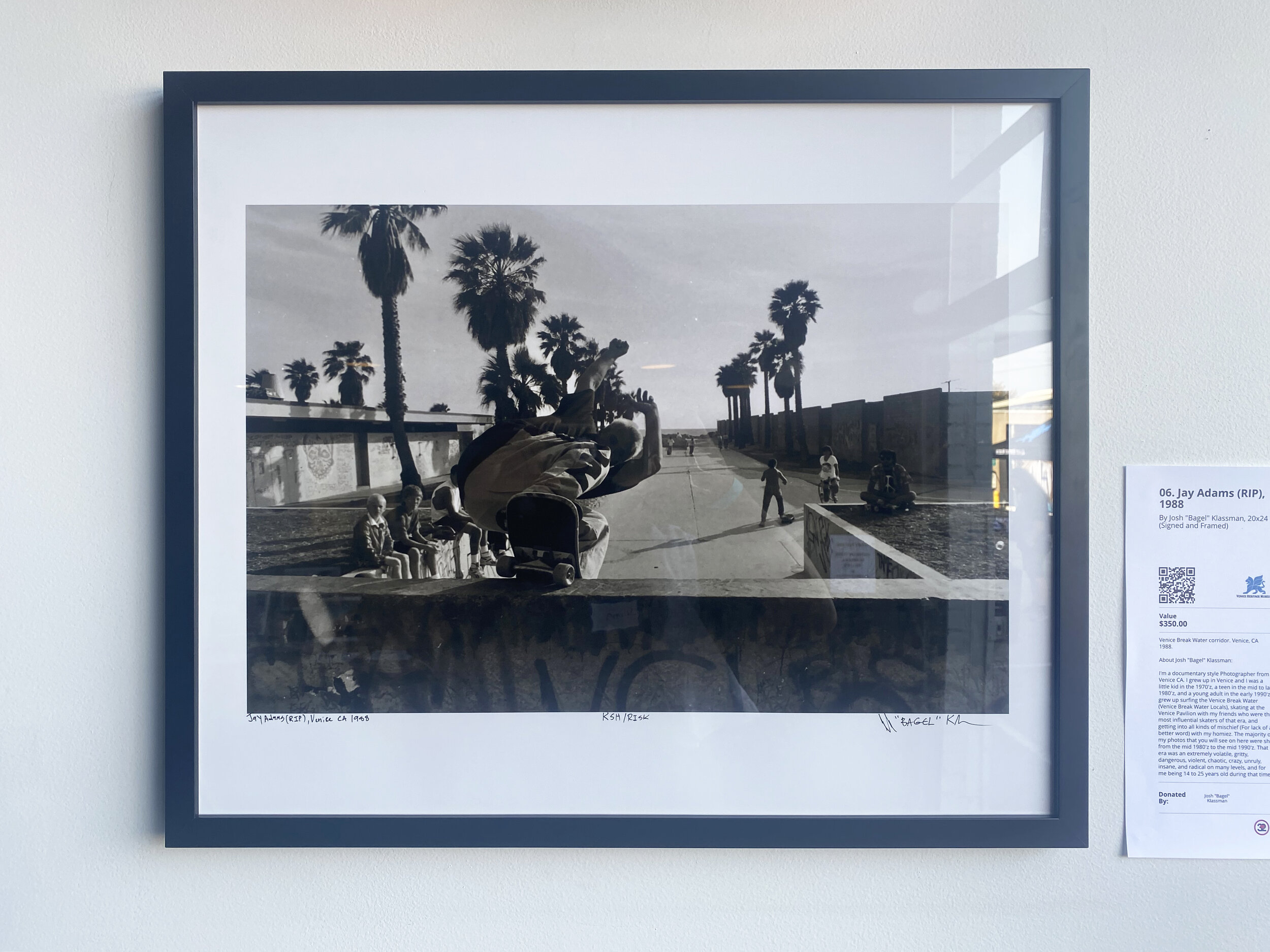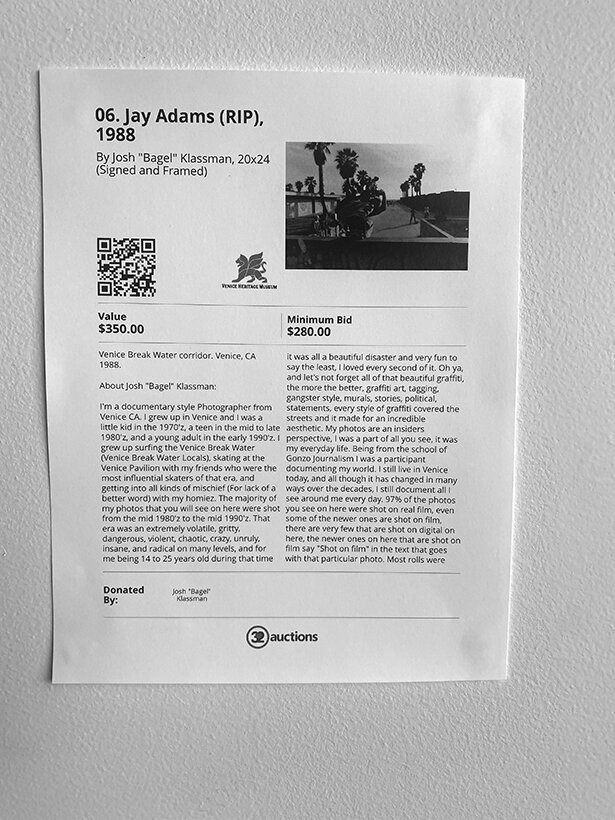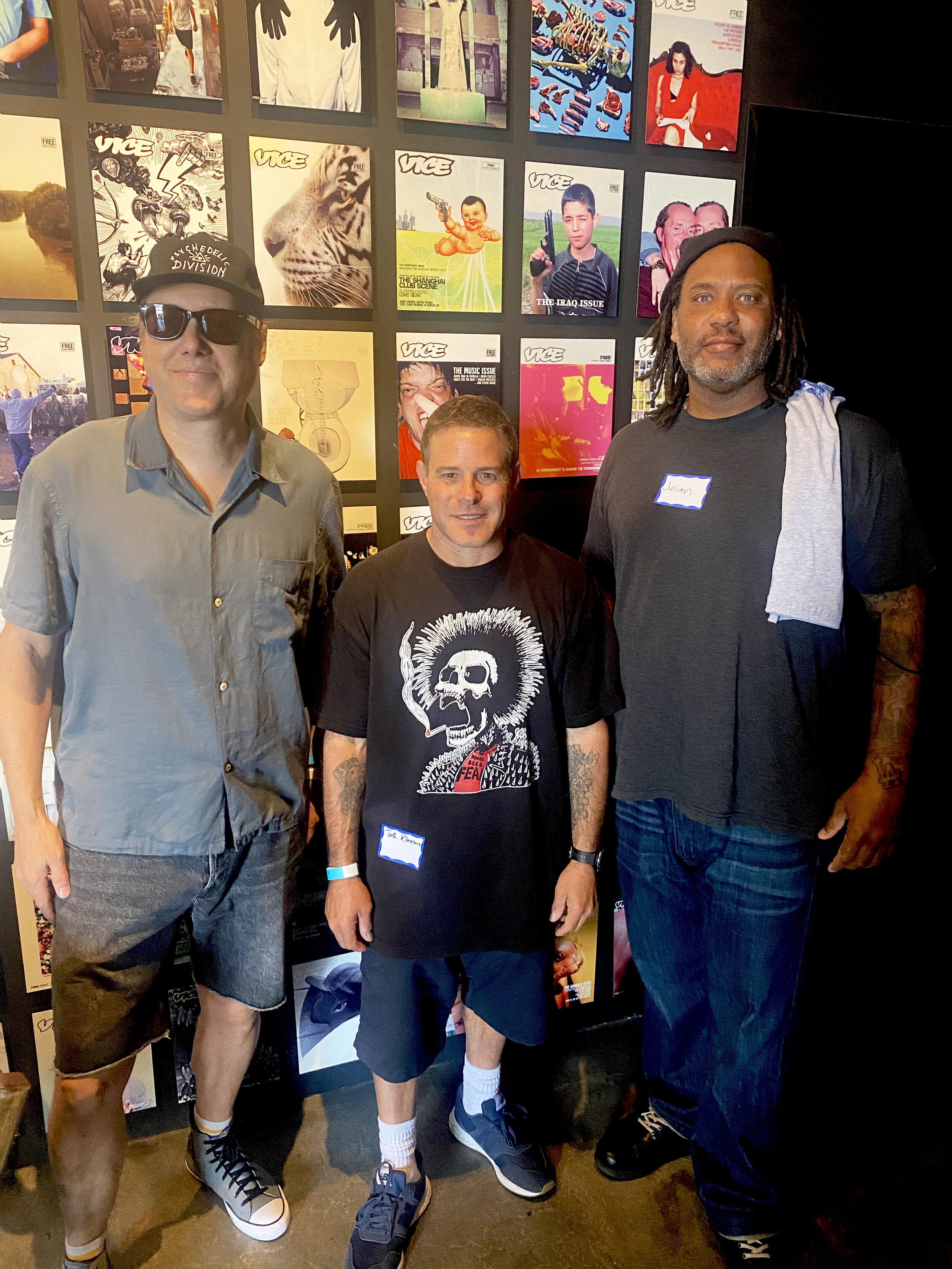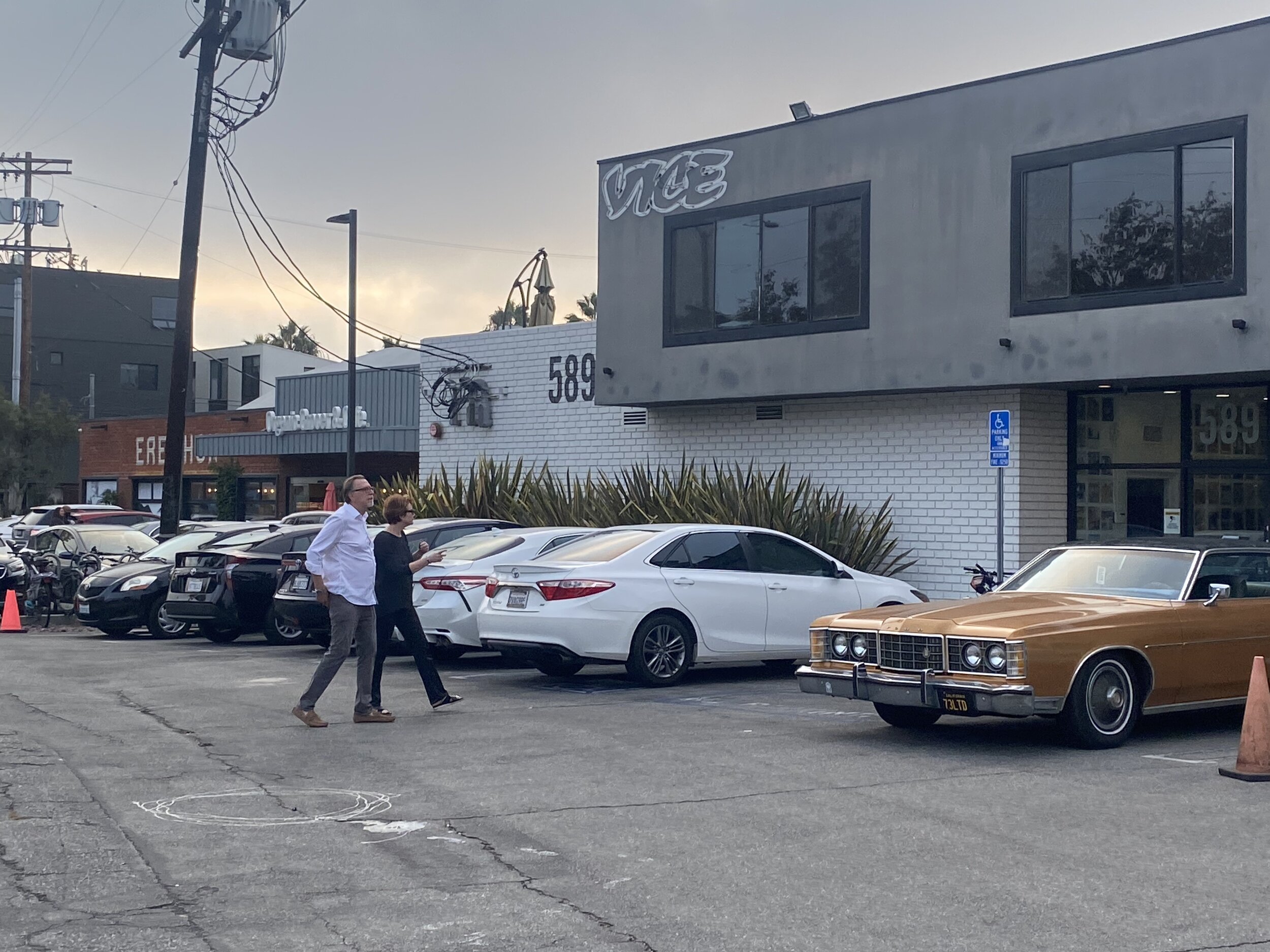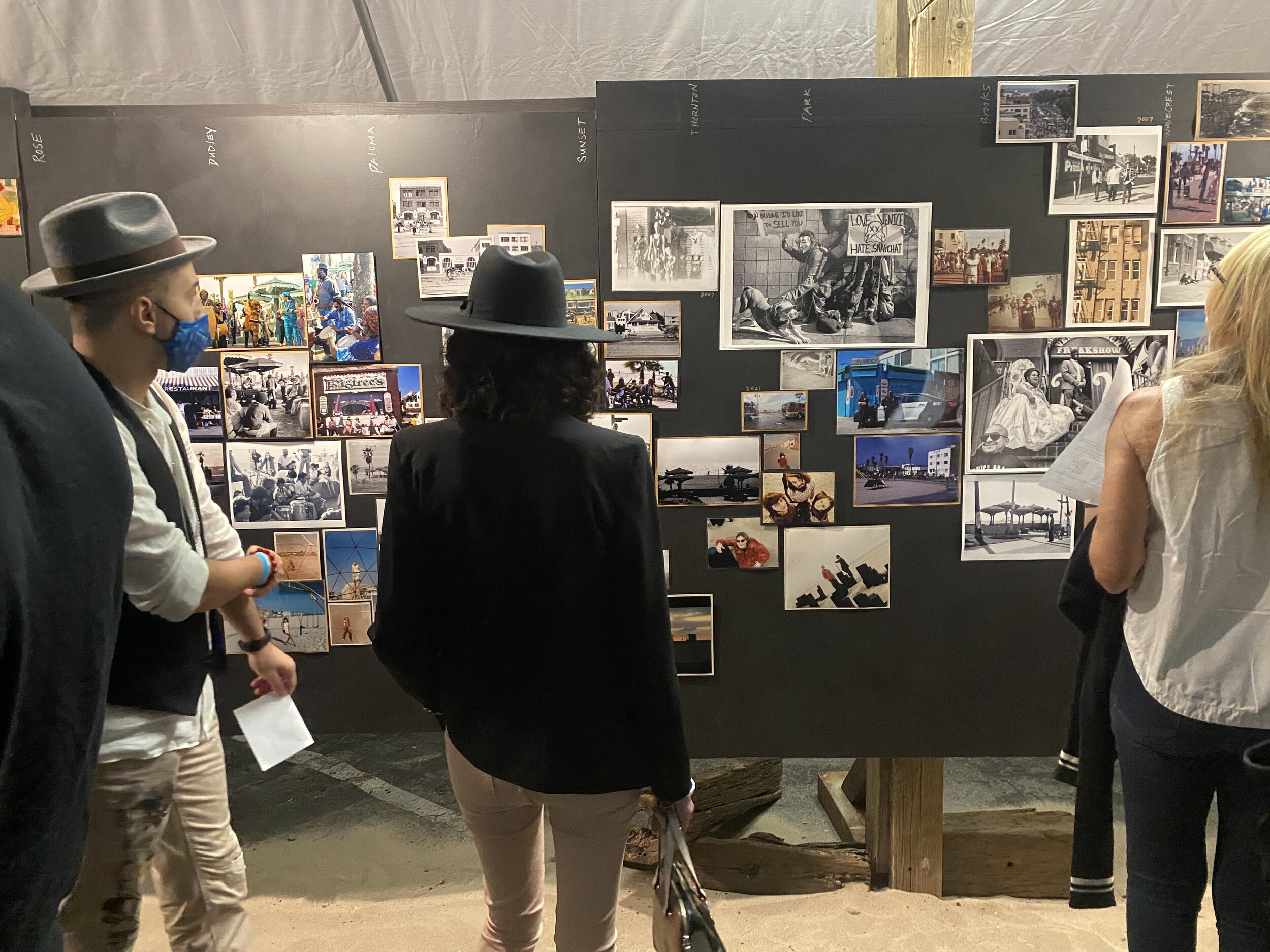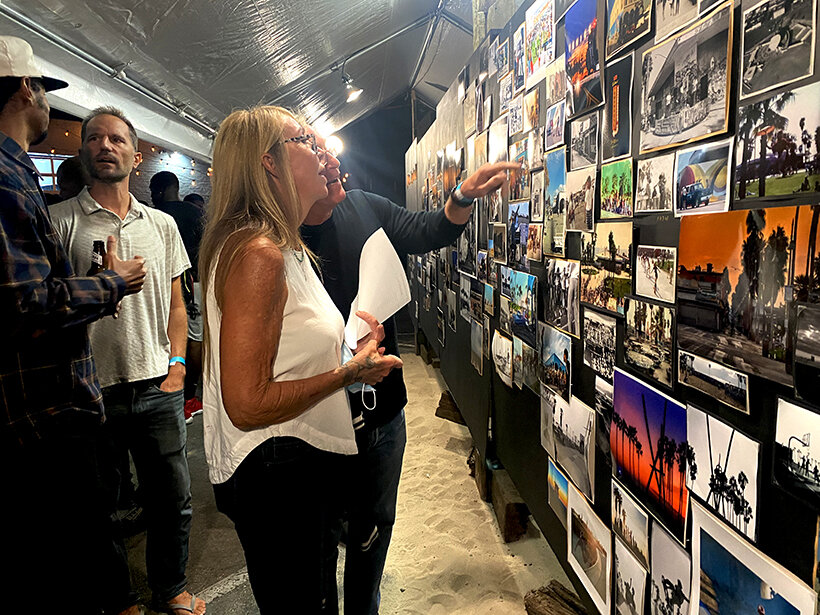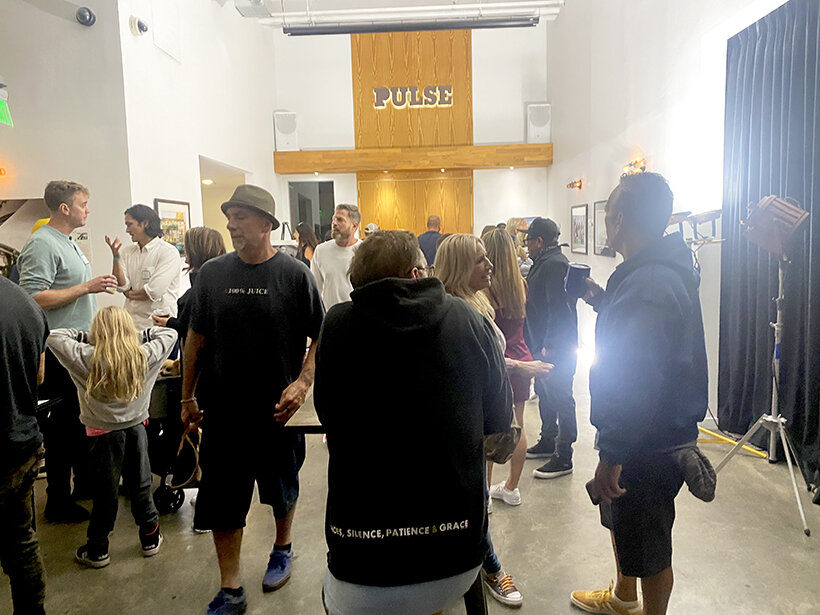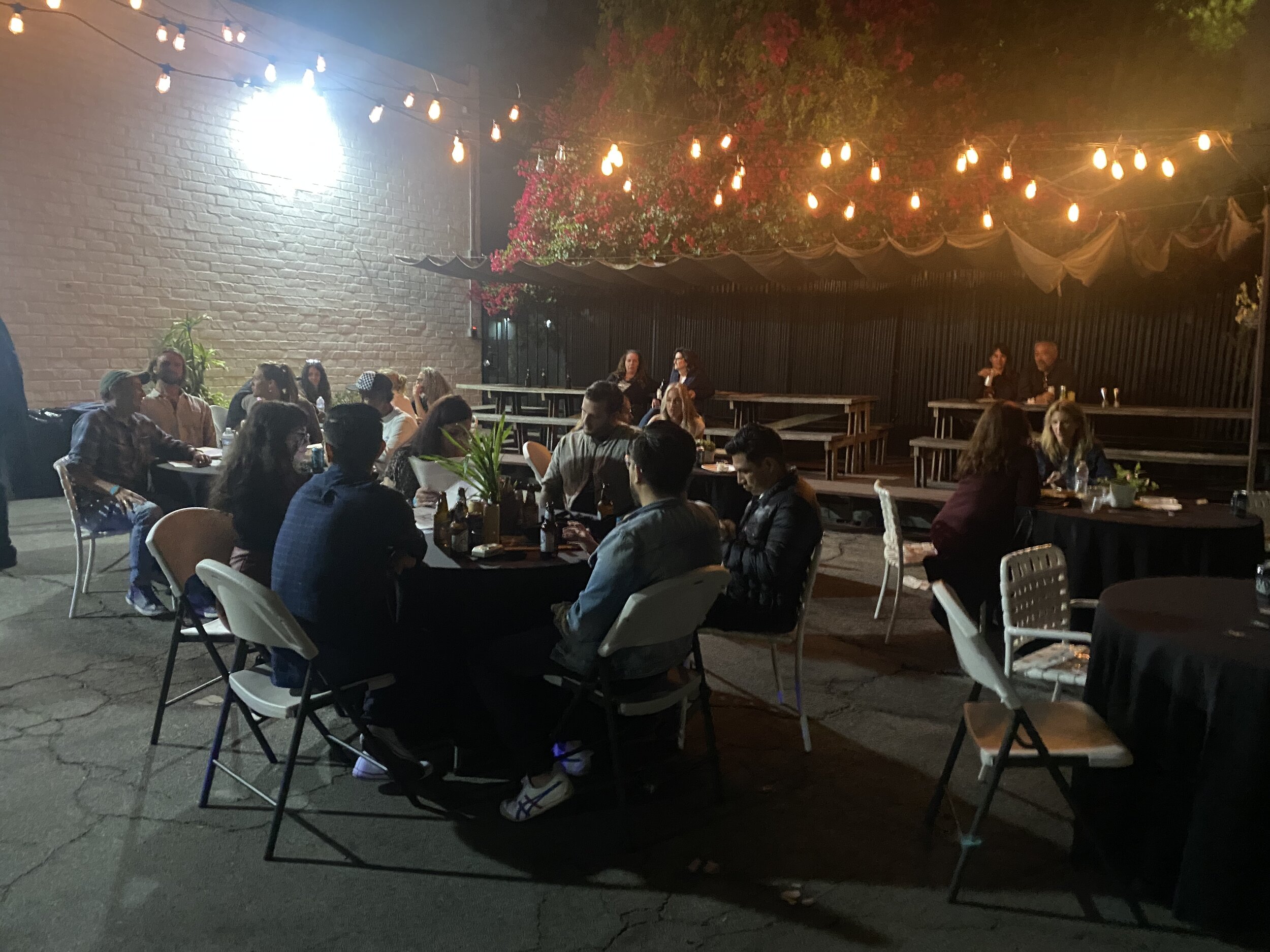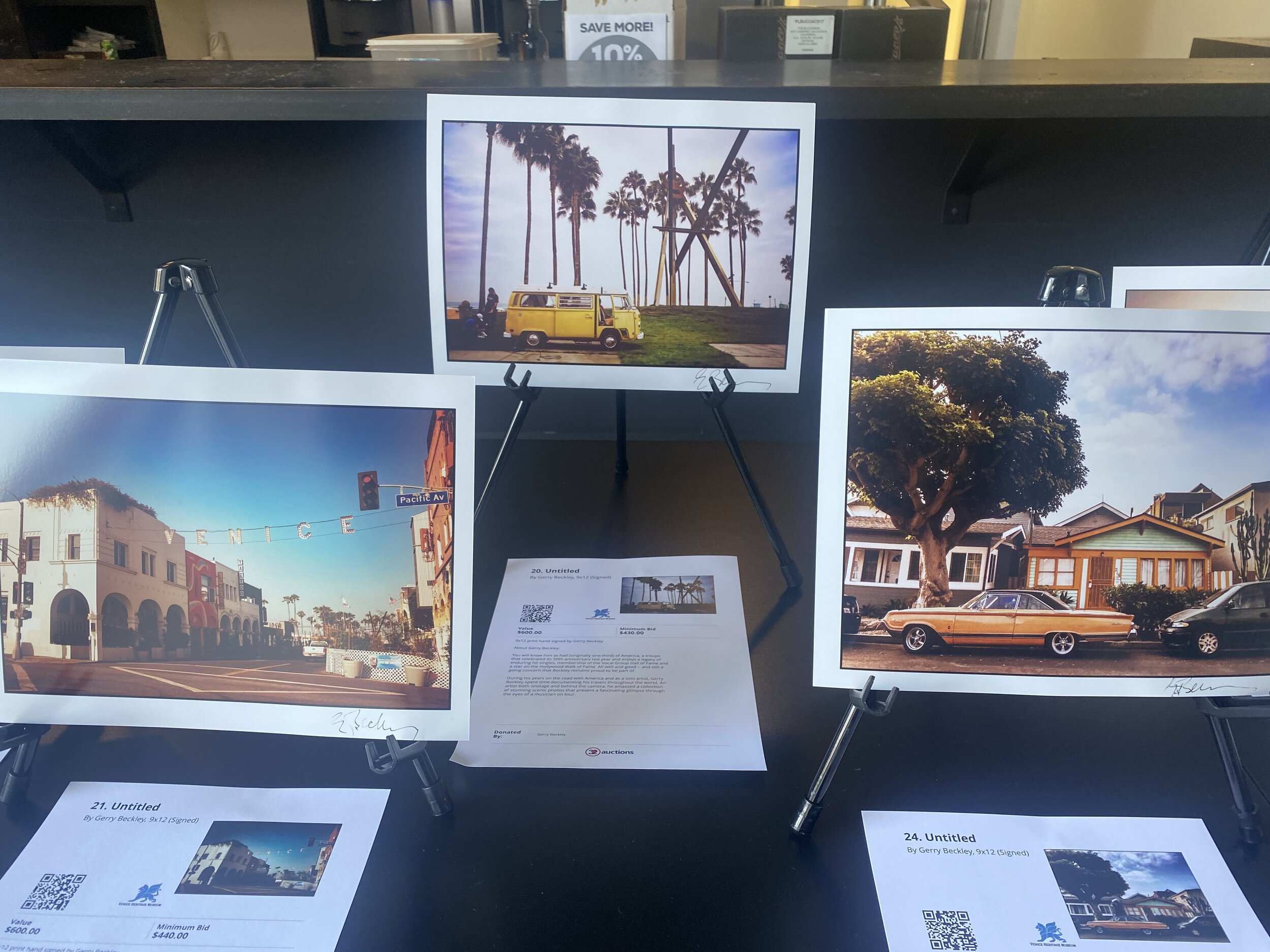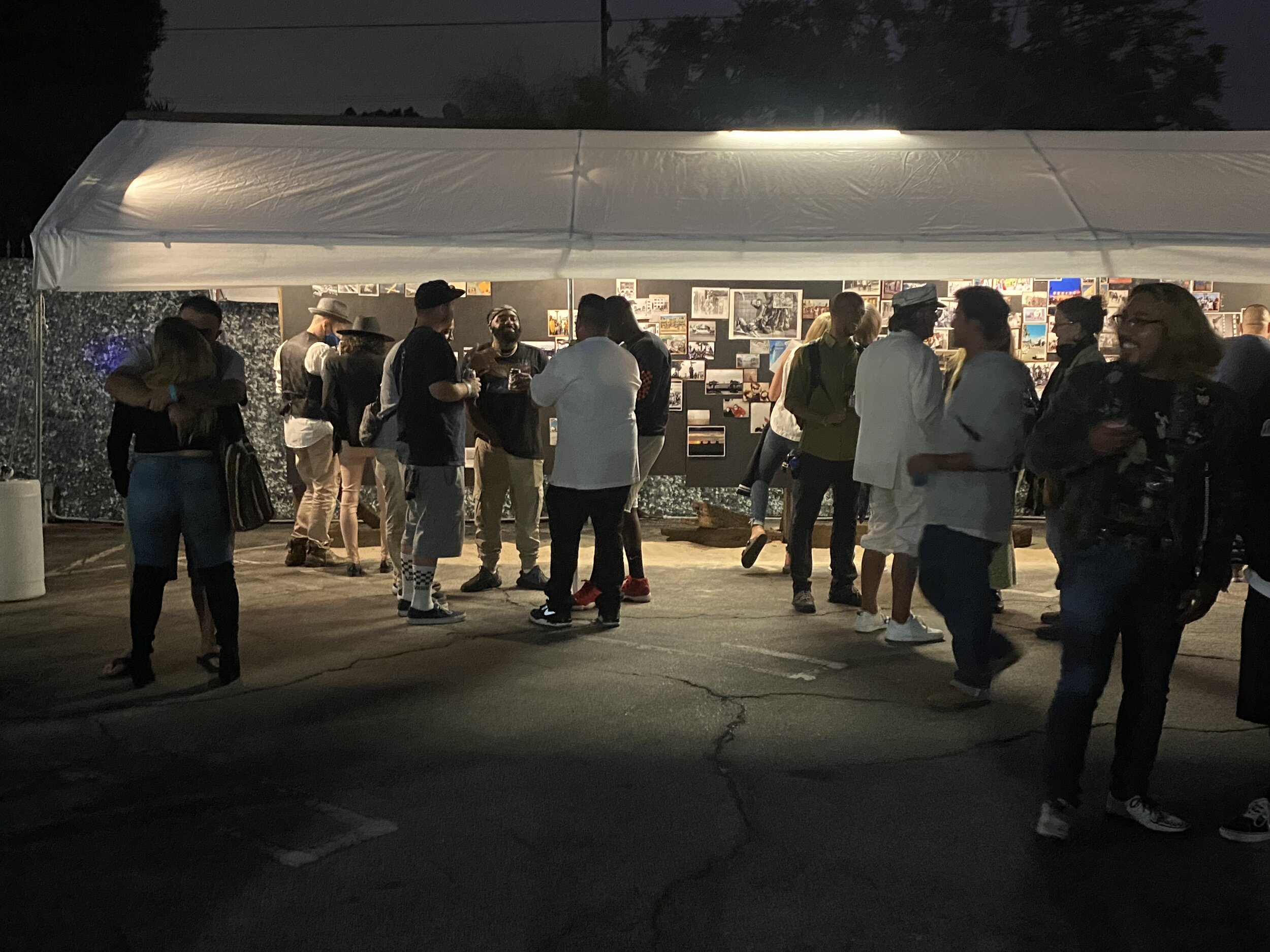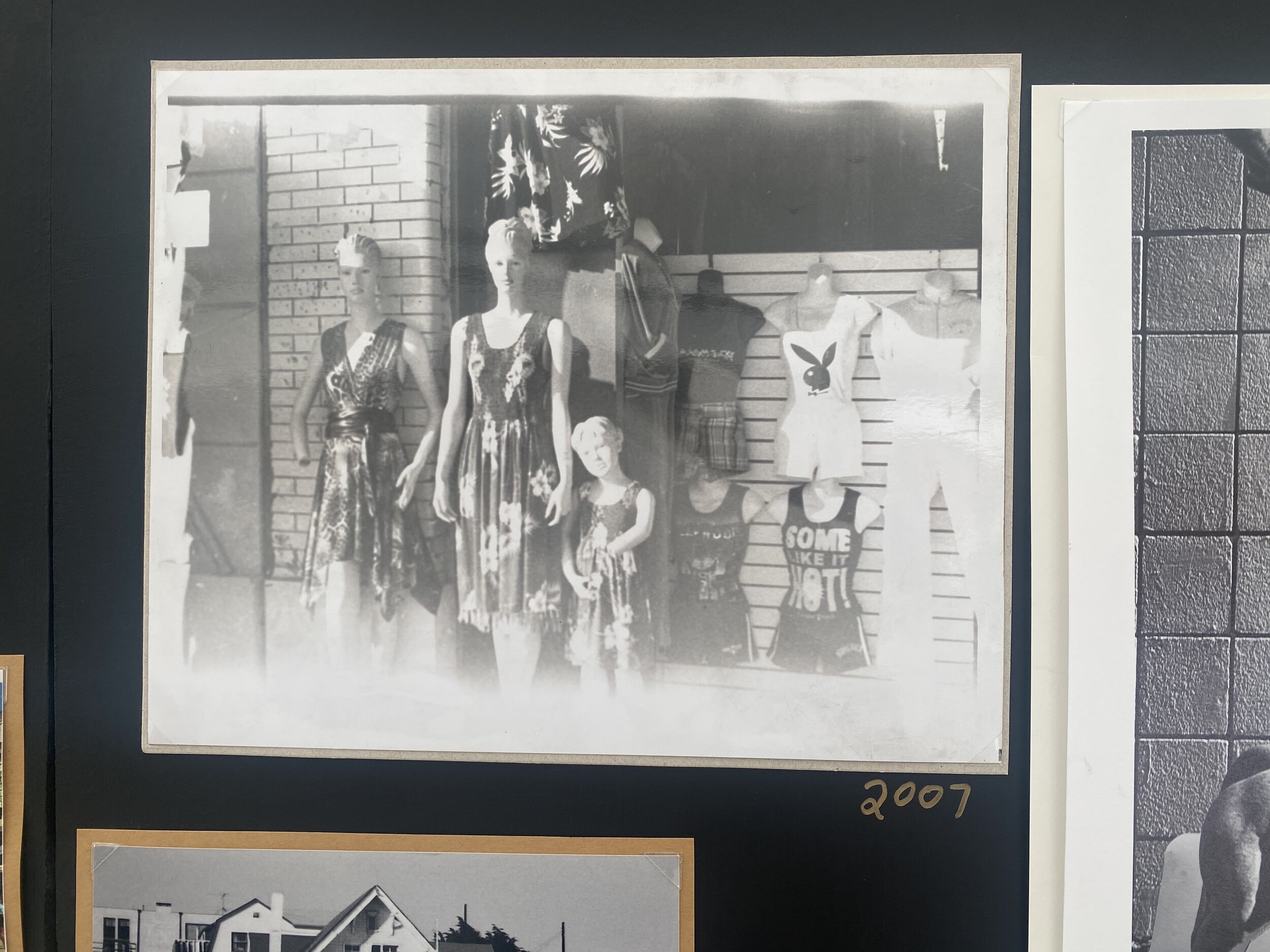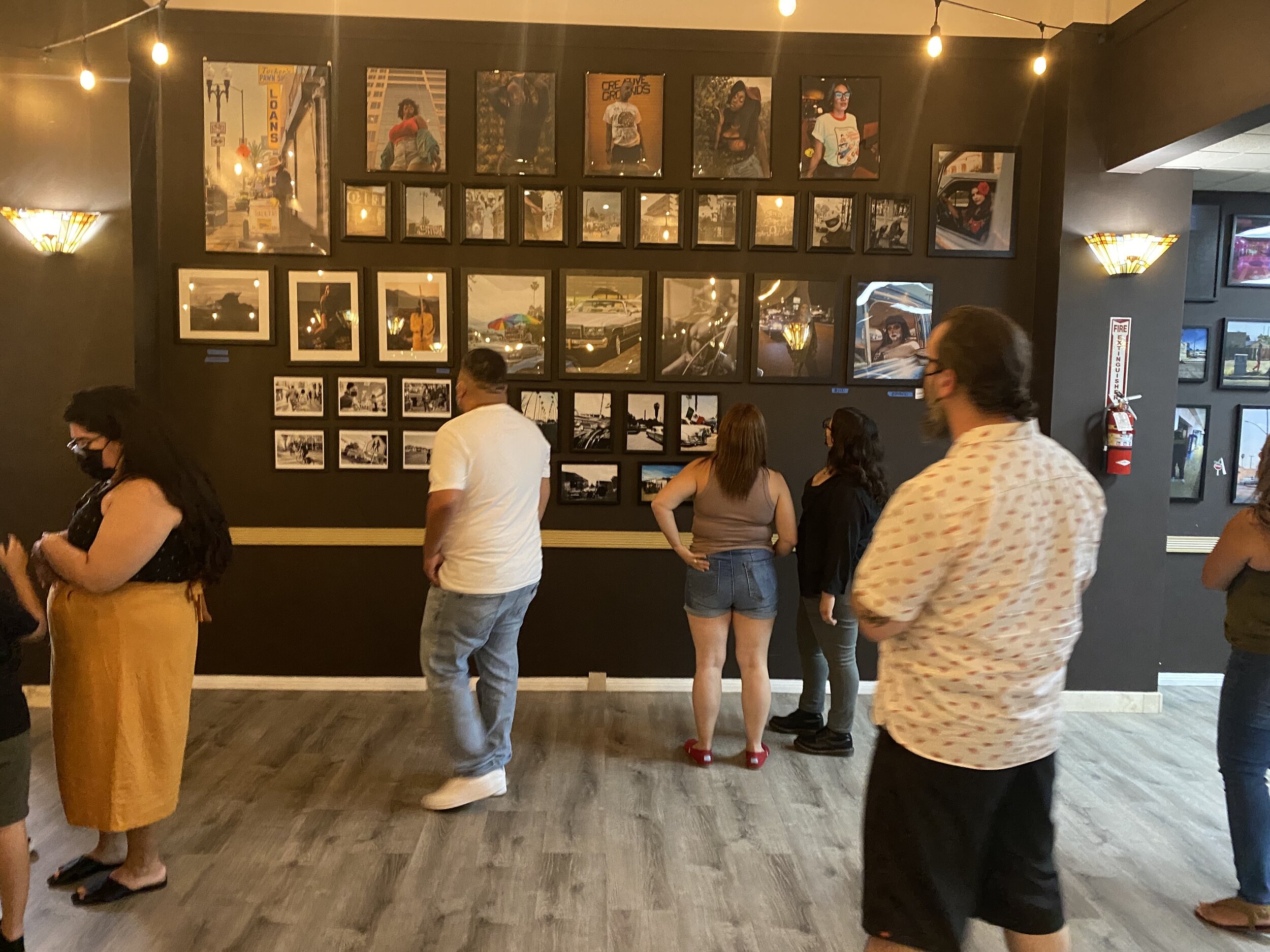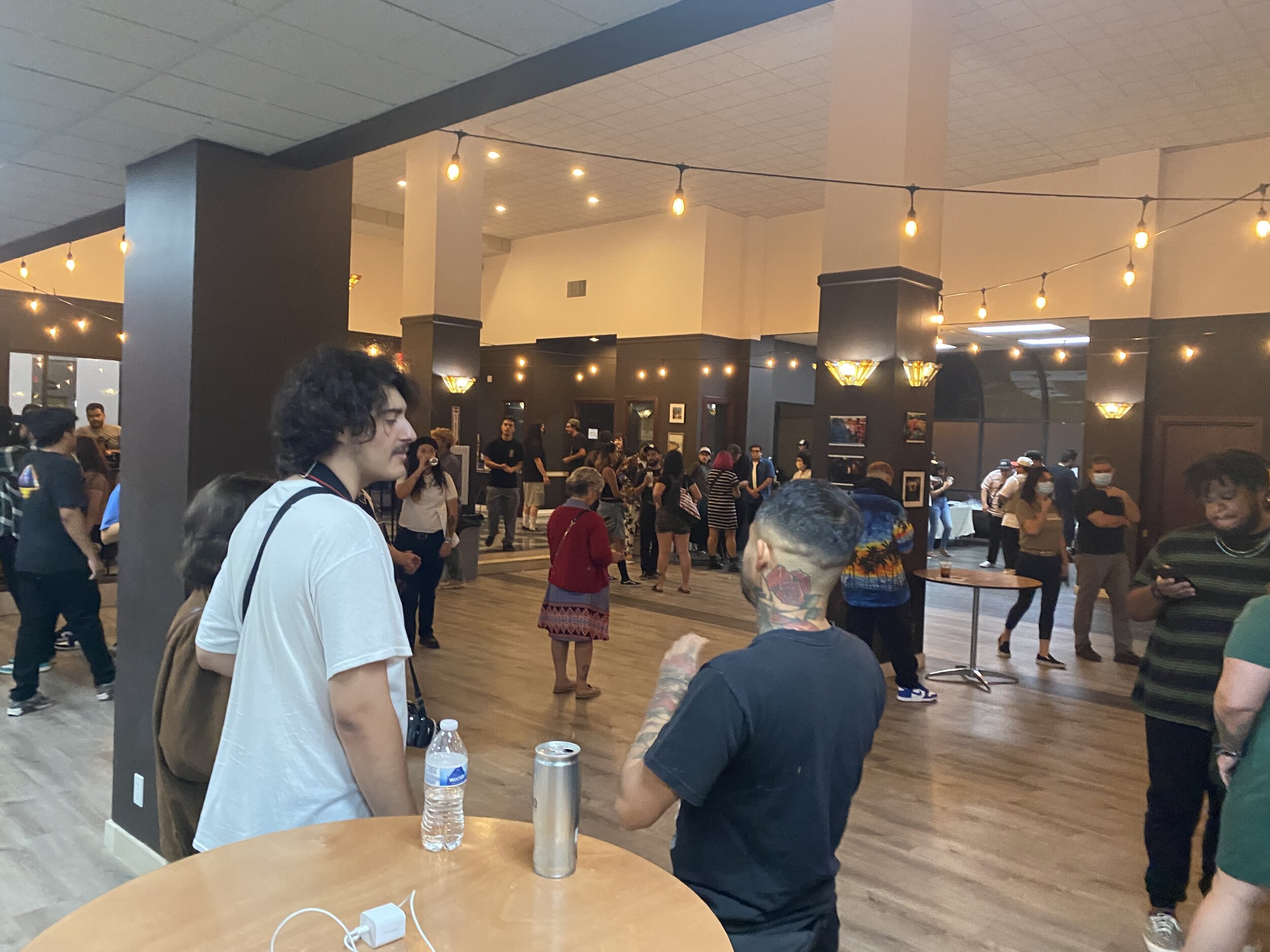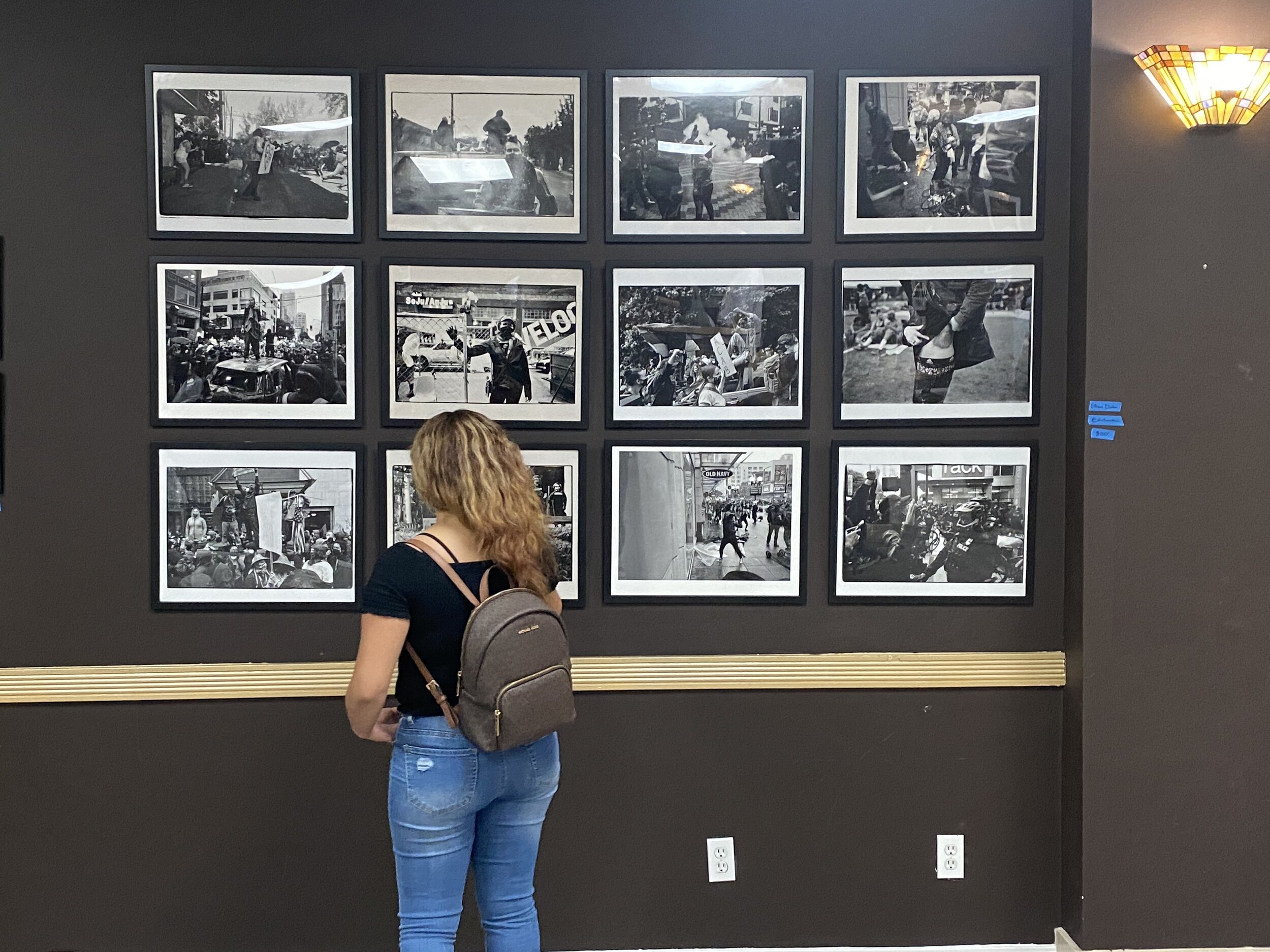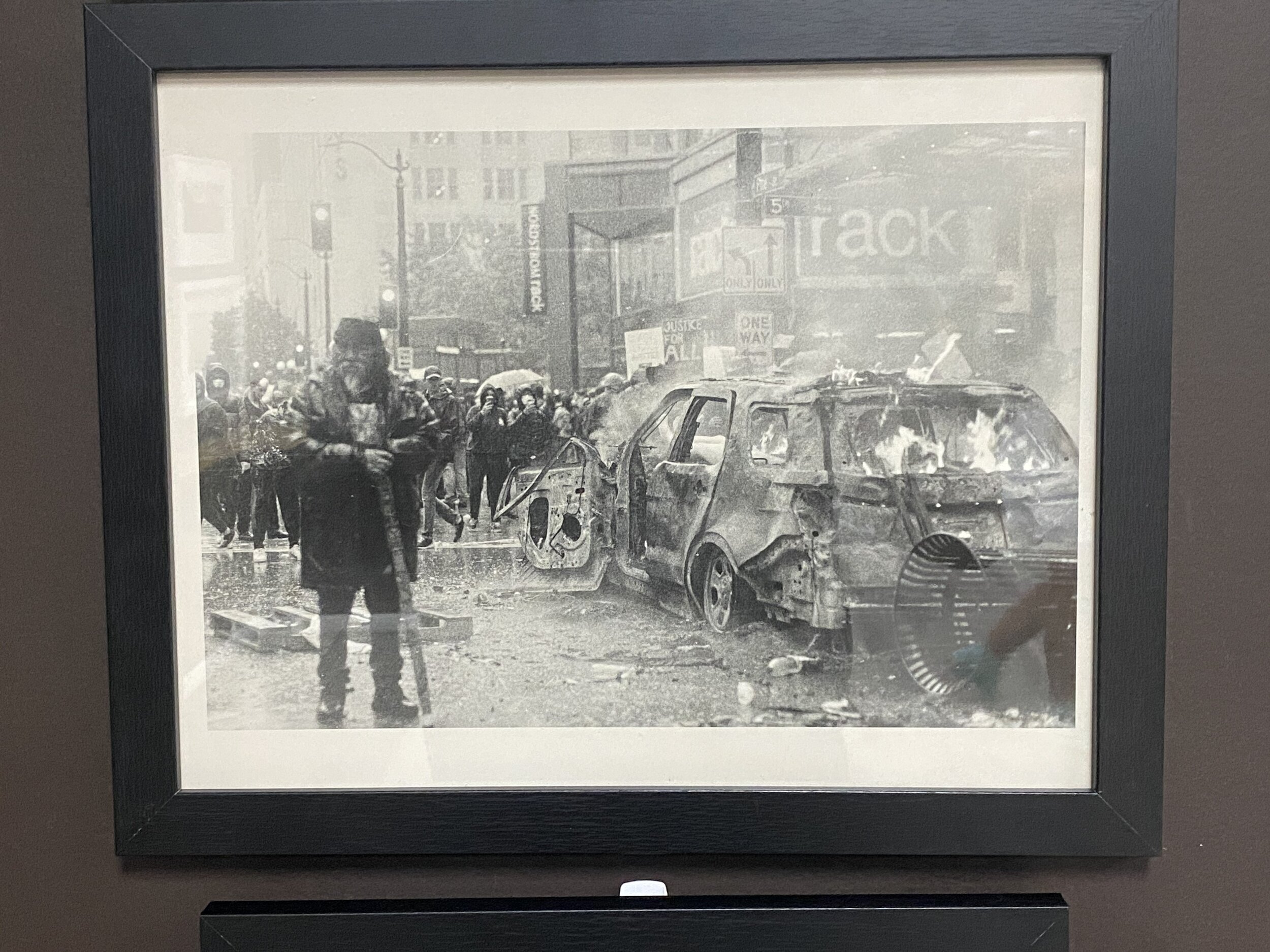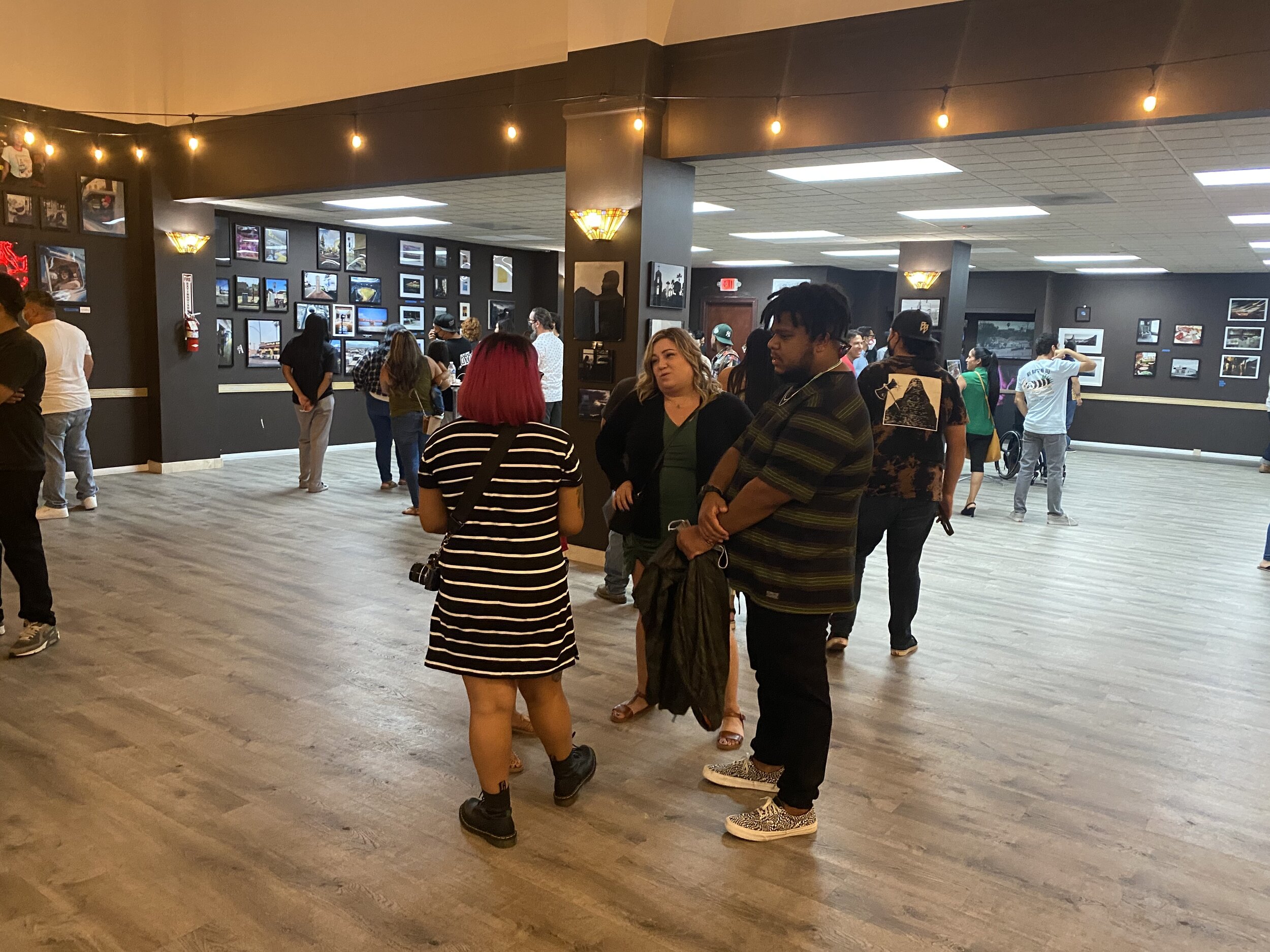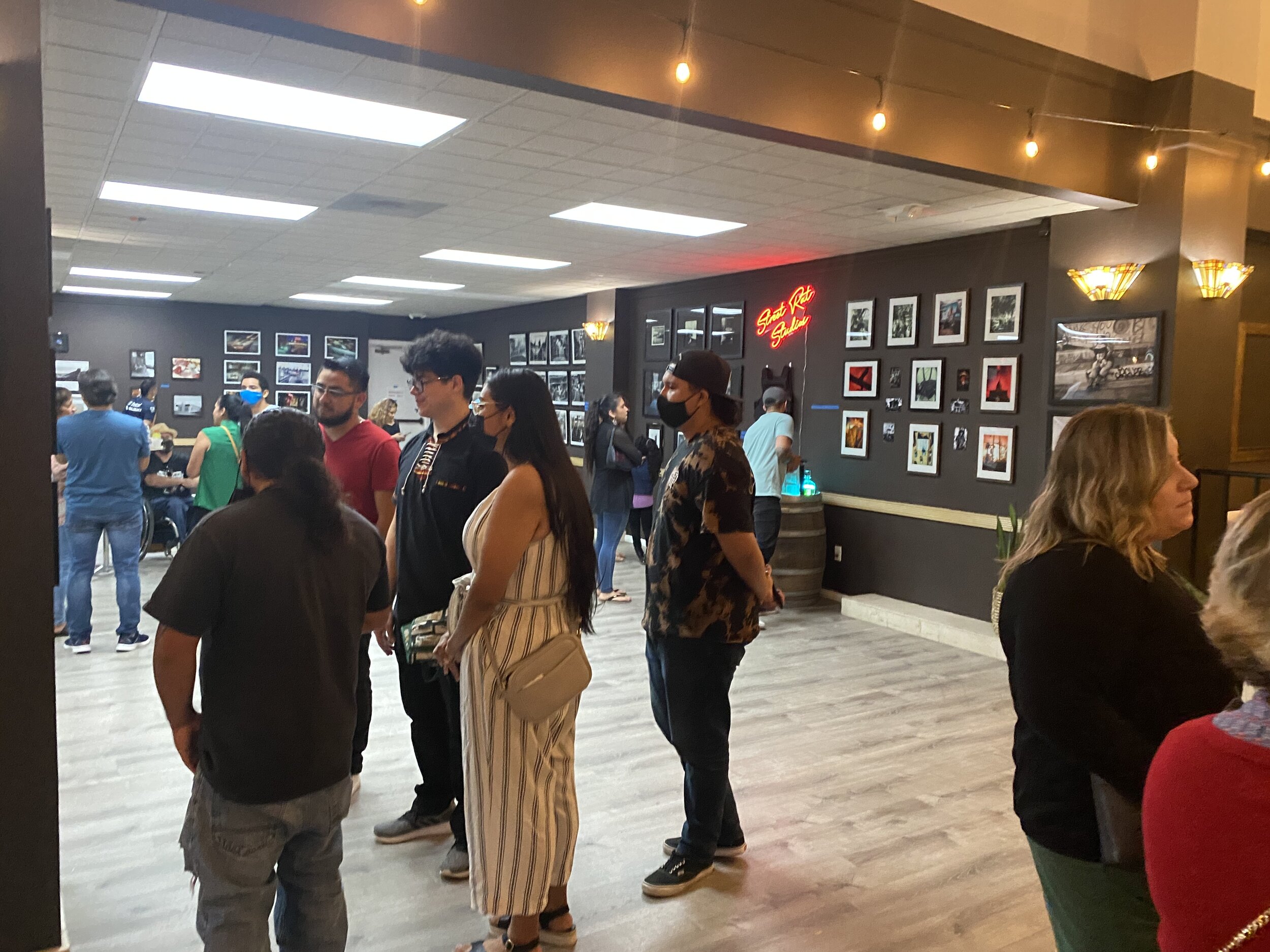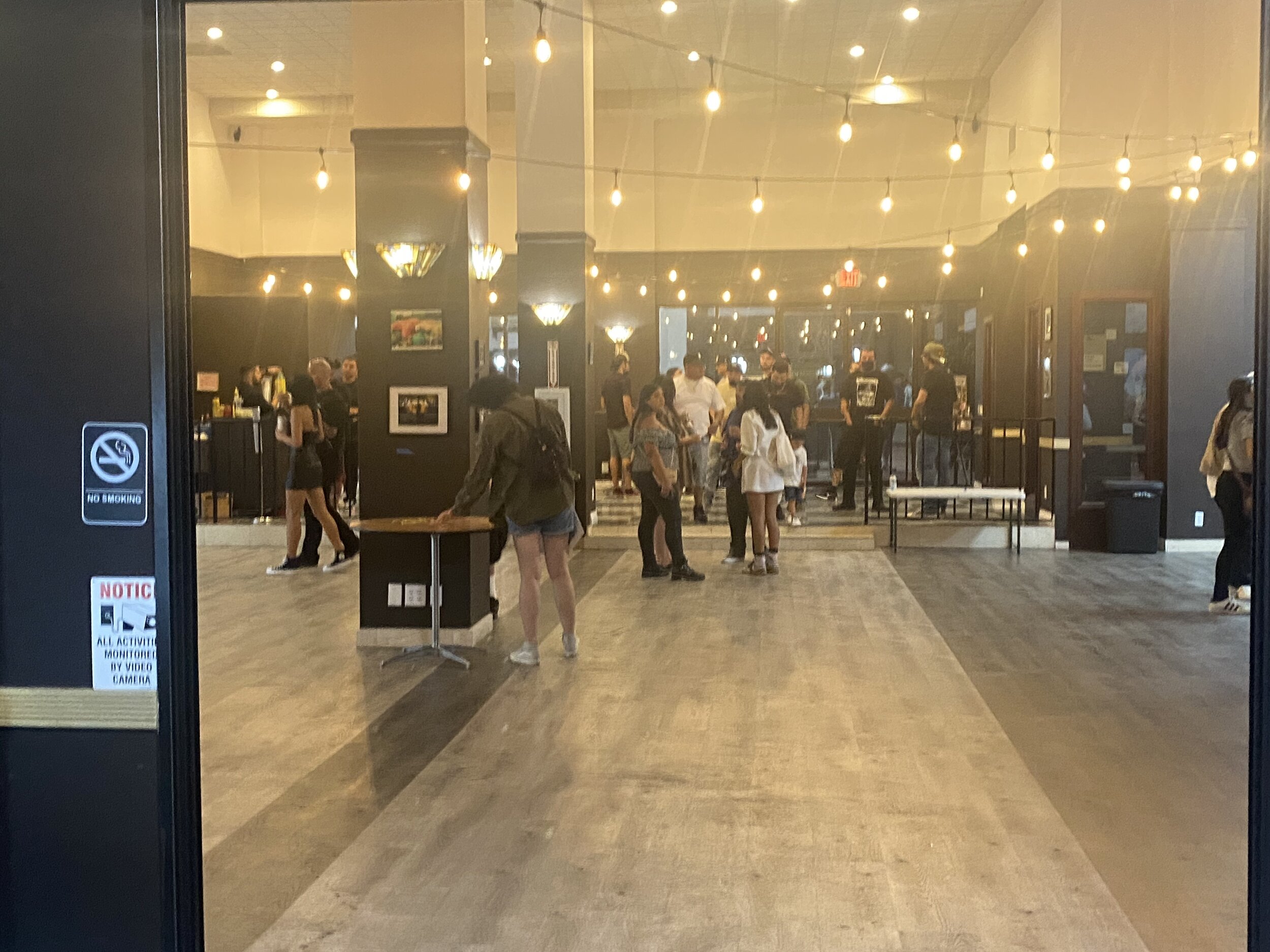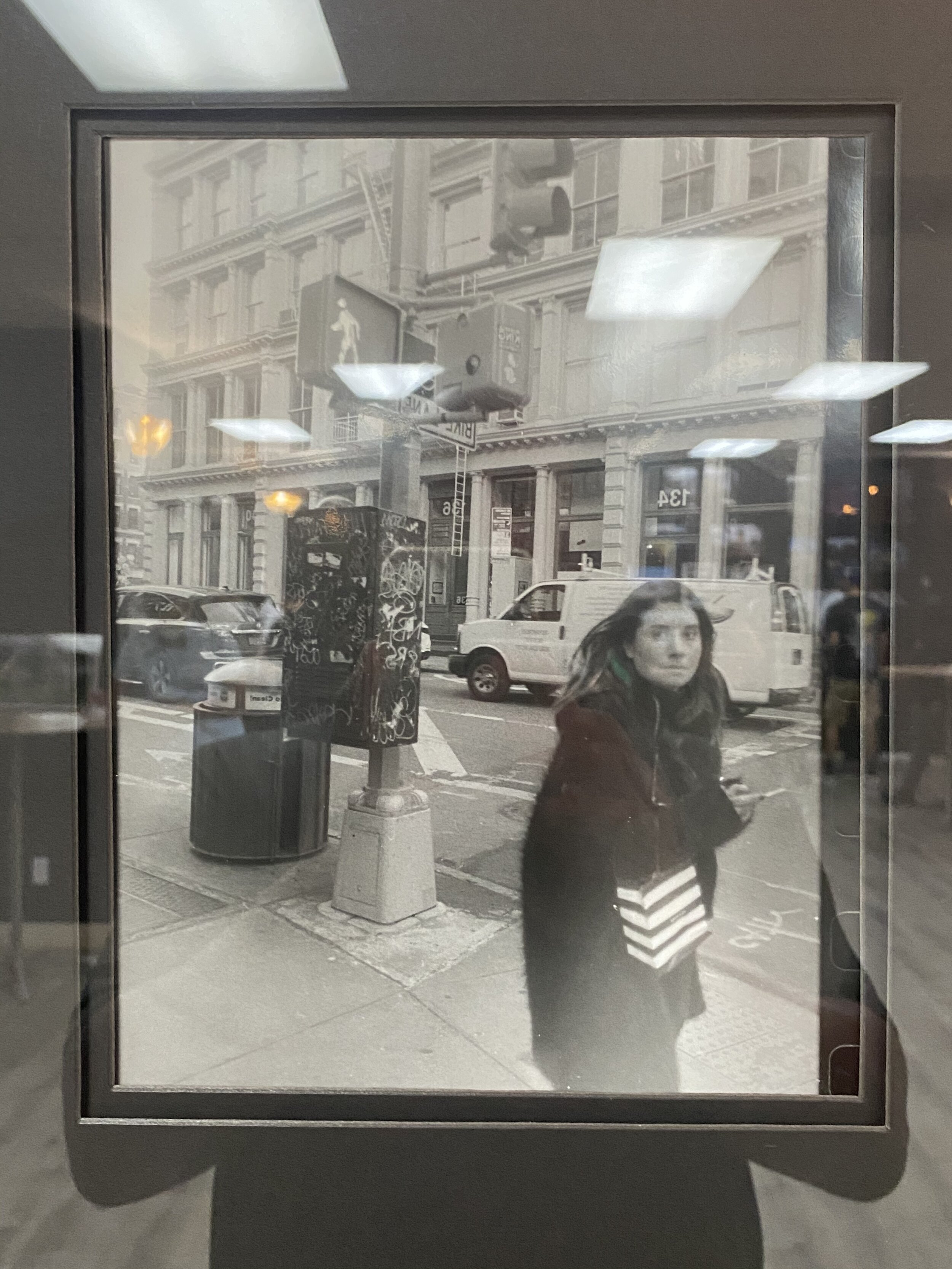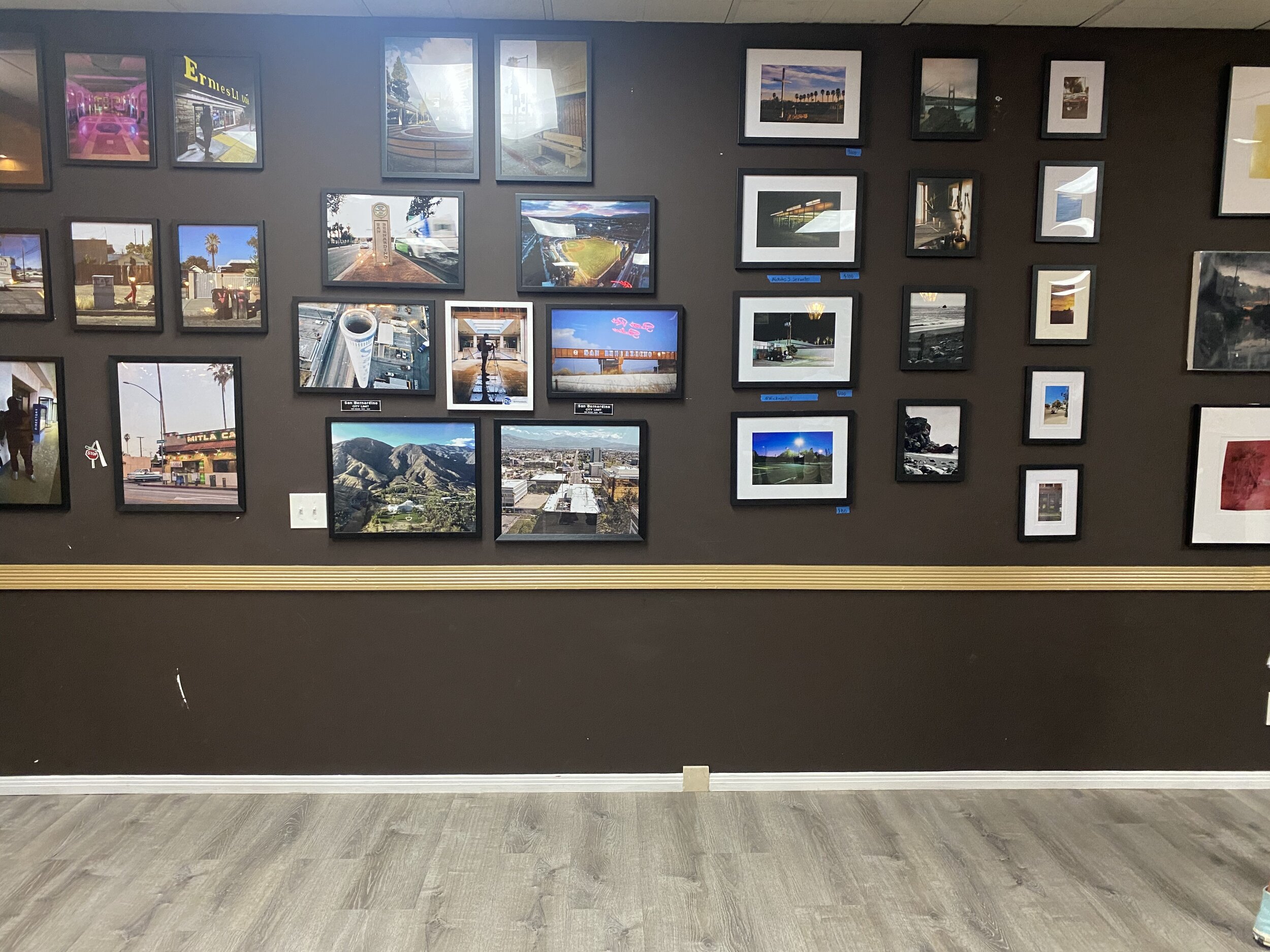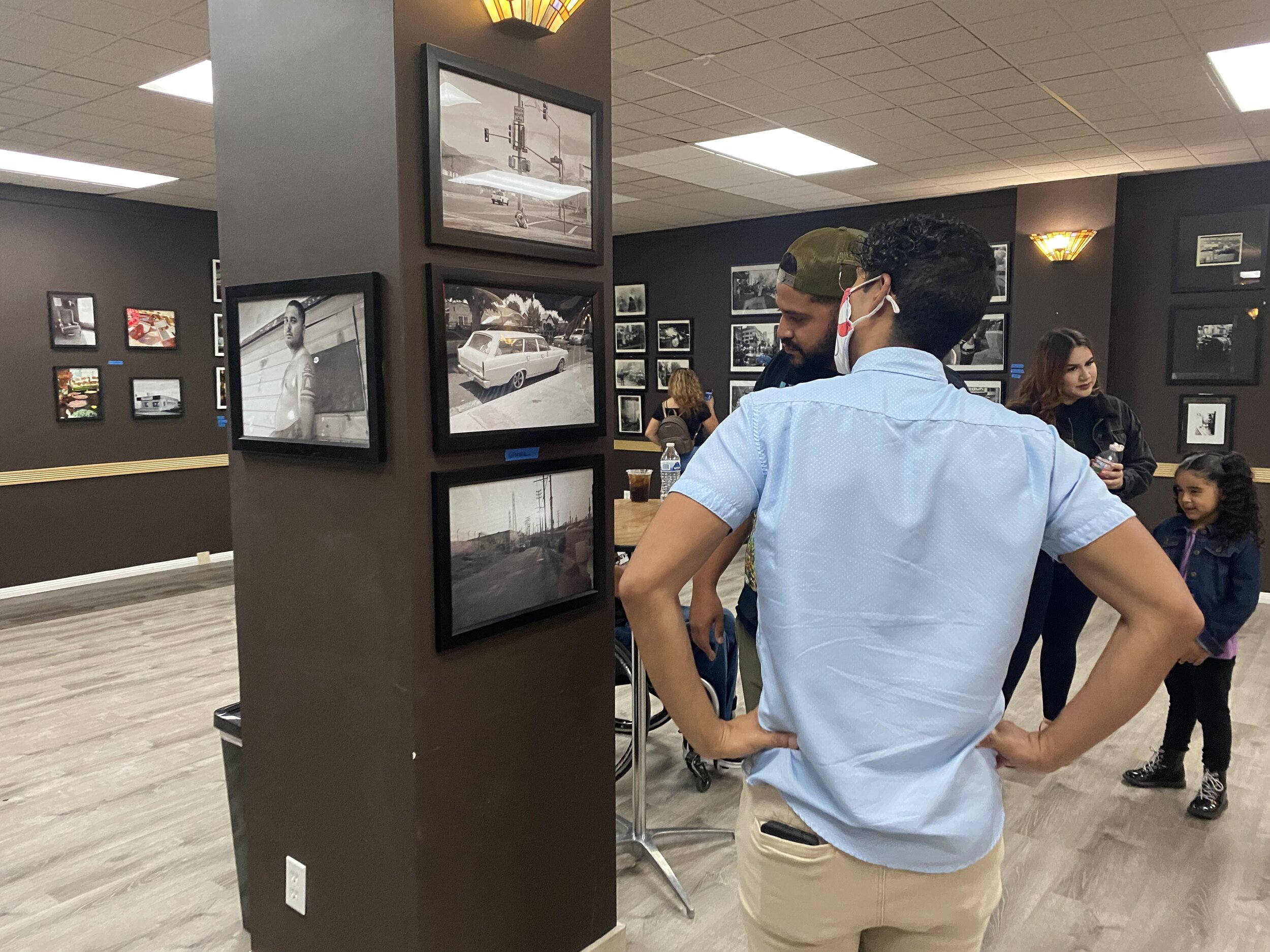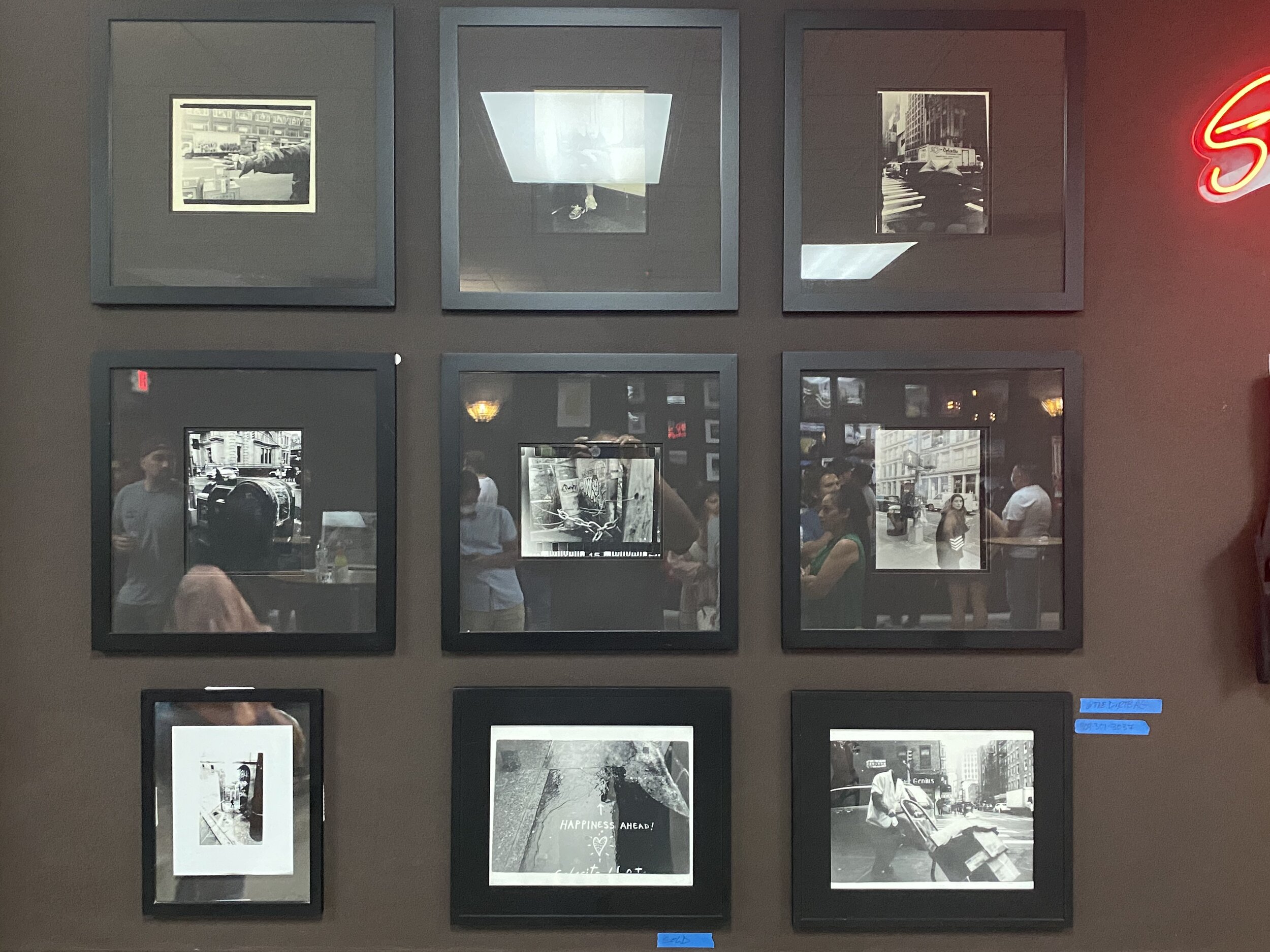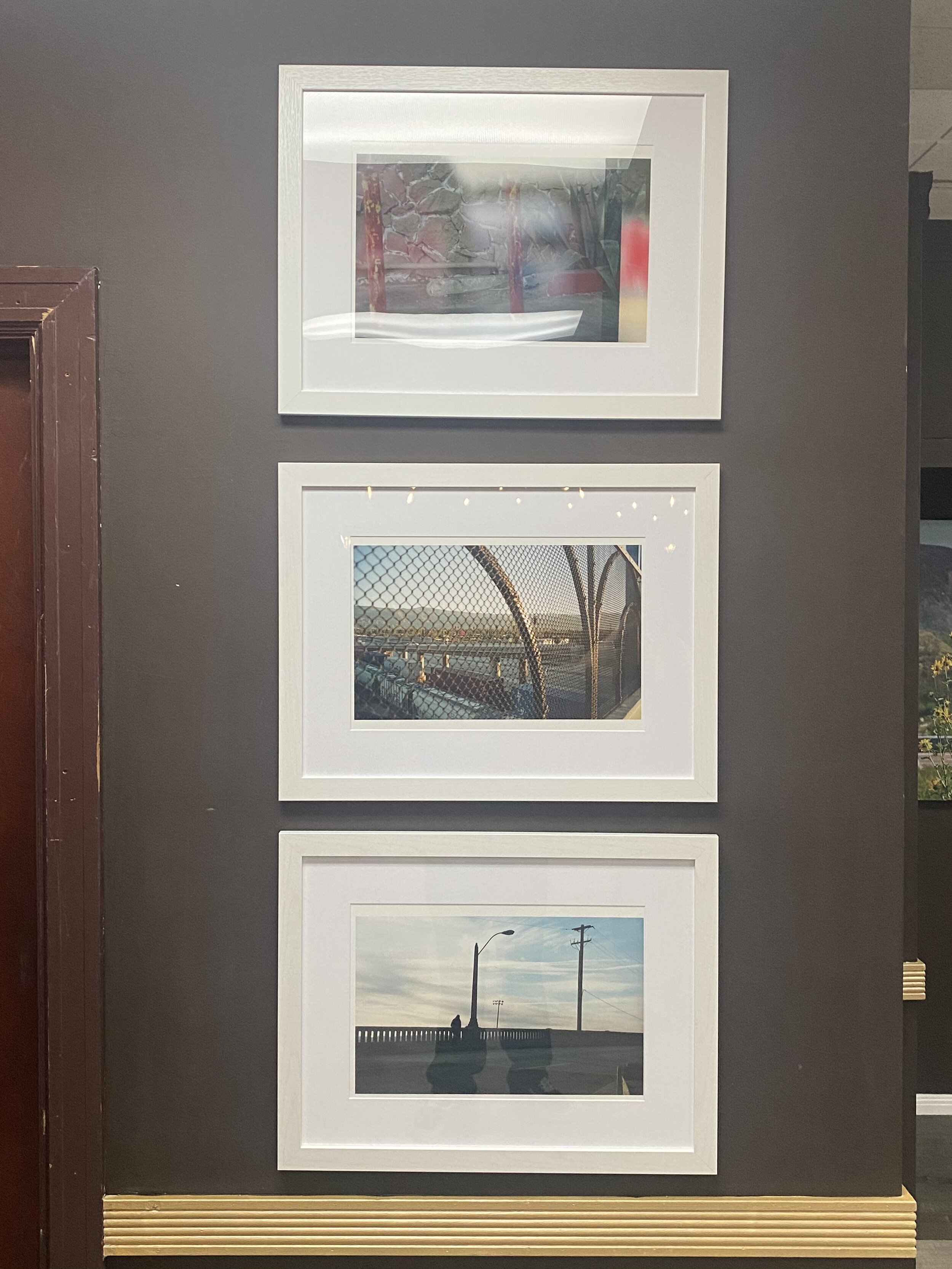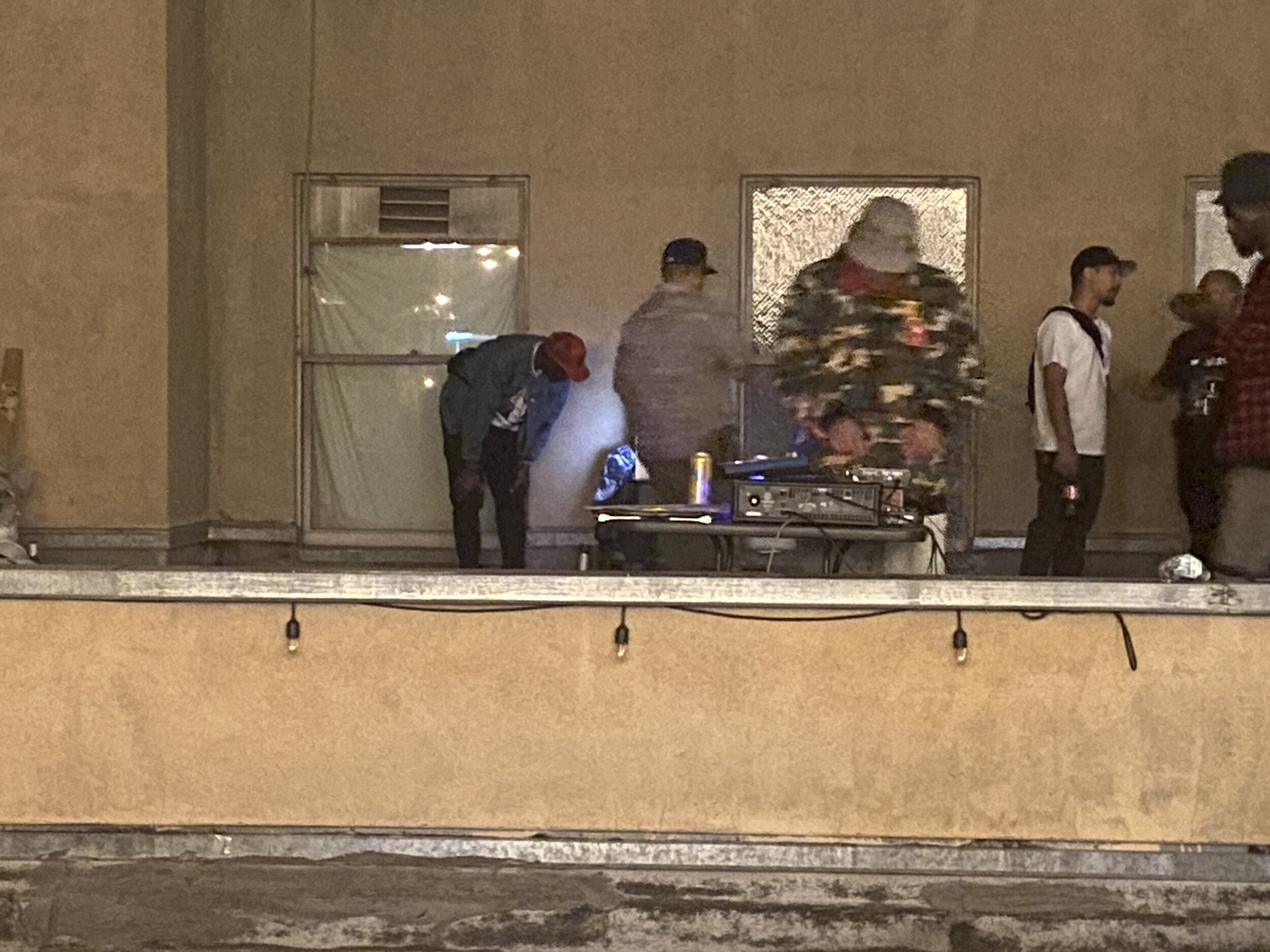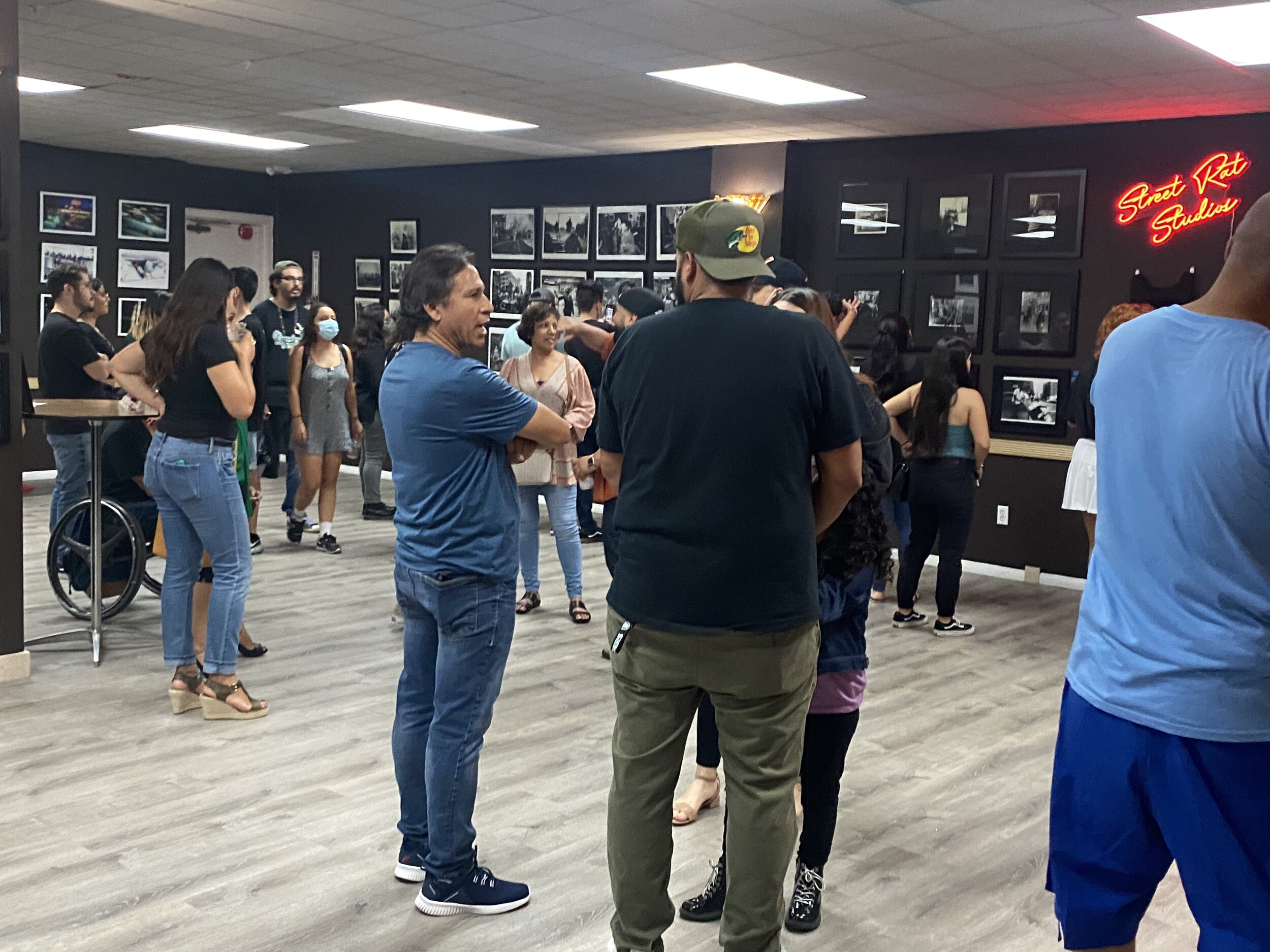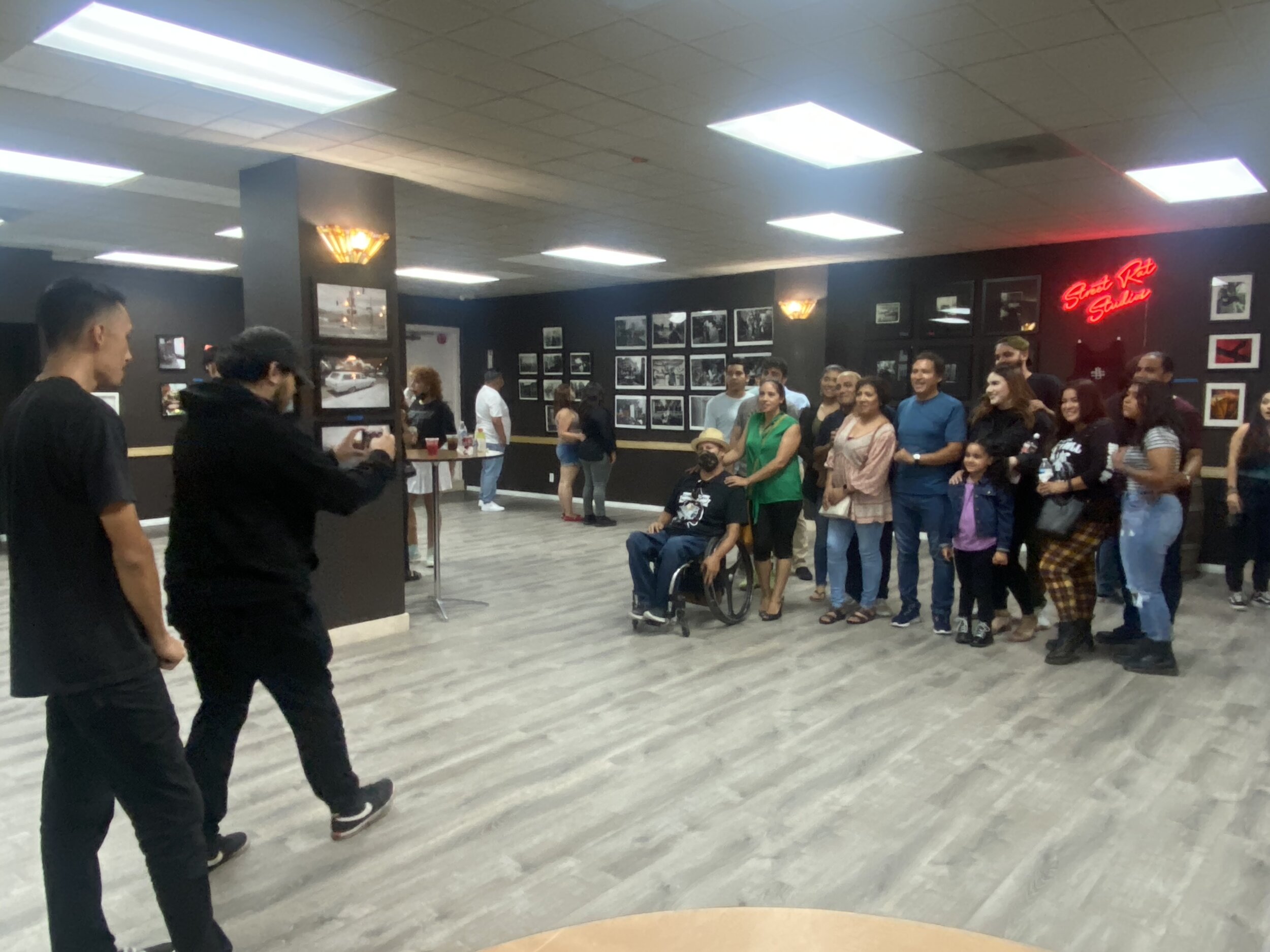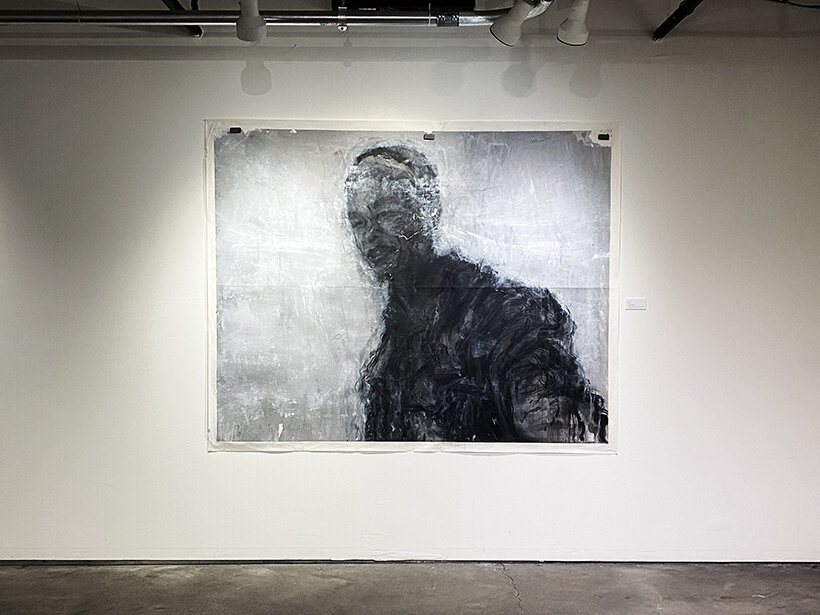As time progressed artists were sought out and purposely recruited by developers and city leaders into city areas in order to follow similar organizing strategies. The artists' engagement could only be ephemeral in this newly produced atmosphere, which is designed to be merely a distraction known as “regenerative detergent”. And the artists who collaborate in this context are labeled, “artwashing”. In addition “art washing” can also be described as art again being a distraction to the city's blight.
Gentrification has been redefined by many policymakers and planners. Placemaking and artwashing are their tools. Contested issues such as displacement and class relations are brushed away by positive terms such as ‘revitalisation’, ‘renaissance’ and ‘revival’. But what is artwashing? Artwashing is a simple word. A hook. Art-washing is, however, a complex deception. Art-washing does not only intend to deceive, it also makes untruthful assertions. Artwashing is nothing short of a breach of trust. Artwashing uses art to smooth and gloss over social cleansing and gentrification, functioning as ‘social licence’, public relations tool, and a means of pacifying local communities. I argue that artwashing takes several different forms. First, what I call ‘corporate artwashing’. Coloring in Culture
ART WALKS & PAY TO PLAY GALLERIES CAUSES AND EFFECT
Art walks, originally patronized by collectors, over time, have become less attractive and important to collectors and more trendy to the general community seeking entertainment. Art walks have often been referenced as open studio tours, but with the implementation of crafts, food vendors, and music, the original nature of the art walk become watered down with both artists and galleries moving out of the area.
On the other hand, there are those spaces that feed into the narrative, “art walks bring a crowd to the area”, which is definitely the case, however, it can be argued that the same crowd of people don’t really attend the exhibitions and don’t purchase any art. If galleries already have a target market, then there wouldn’t be a need to rely heavily on art walk nights. But it is understandable art walks are for the emerging artists and to build community, at least that is what the goal should be. Many will argue art is subjective and anything can constitute art, which may be the case, however, there is still a level of professionalism in art as well.
Traditionally galleries represent artists although both parties work as a partnership that is built on knowledge and trust. Although galleries have collectors that collect art the gallery, would still need to work to convince the buyer the art piece is worth adding to their collection. Both parties, artists, and galleries have to both work and participate in having a successful exhibition.
Unfortunately, many artists have ended being misled into believing the artists have to pay to exhibit their work within the so-called "pay to play" galleries. These venues often referred to as “vanity galleries”, appear to offer something too good to be true because they play on the very human urge to fall prey to flattery. That's because it's frequently too wonderful to be true. If a gallery wants to exhibit your work, they may ask you to help cover some costs for advertising and your contract will explain how they collect their commission, but if there are heavy fees just to get your work on the walls.
Art is for everyone to enjoy and appreciate. We all want our community to be vibrant, rich in art that reflects the culture of the community. Murals can and should be seen all over the city not just in a centralized area. Artists should be compensated for the work they exhibit in a gallery space when having an exhibition and shouldn’t have to pay the gallery. Commissions, when asked to complete a mural by city leaders should also be compensated not just for supplies, but the work itself. It’s understandable artists have the desire to exhibit their work in public view and the desire to cover up blight that exists within our community, however, art shouldn’t be used as a band-aid to cover what has been purposely created, it’s rather disrespectful to artists and the art. Art shouldn’t also be used to trigger developers to come into the city to gentrify.
Links
Hyperallergic
Colouring in Culture
The Pomonan


